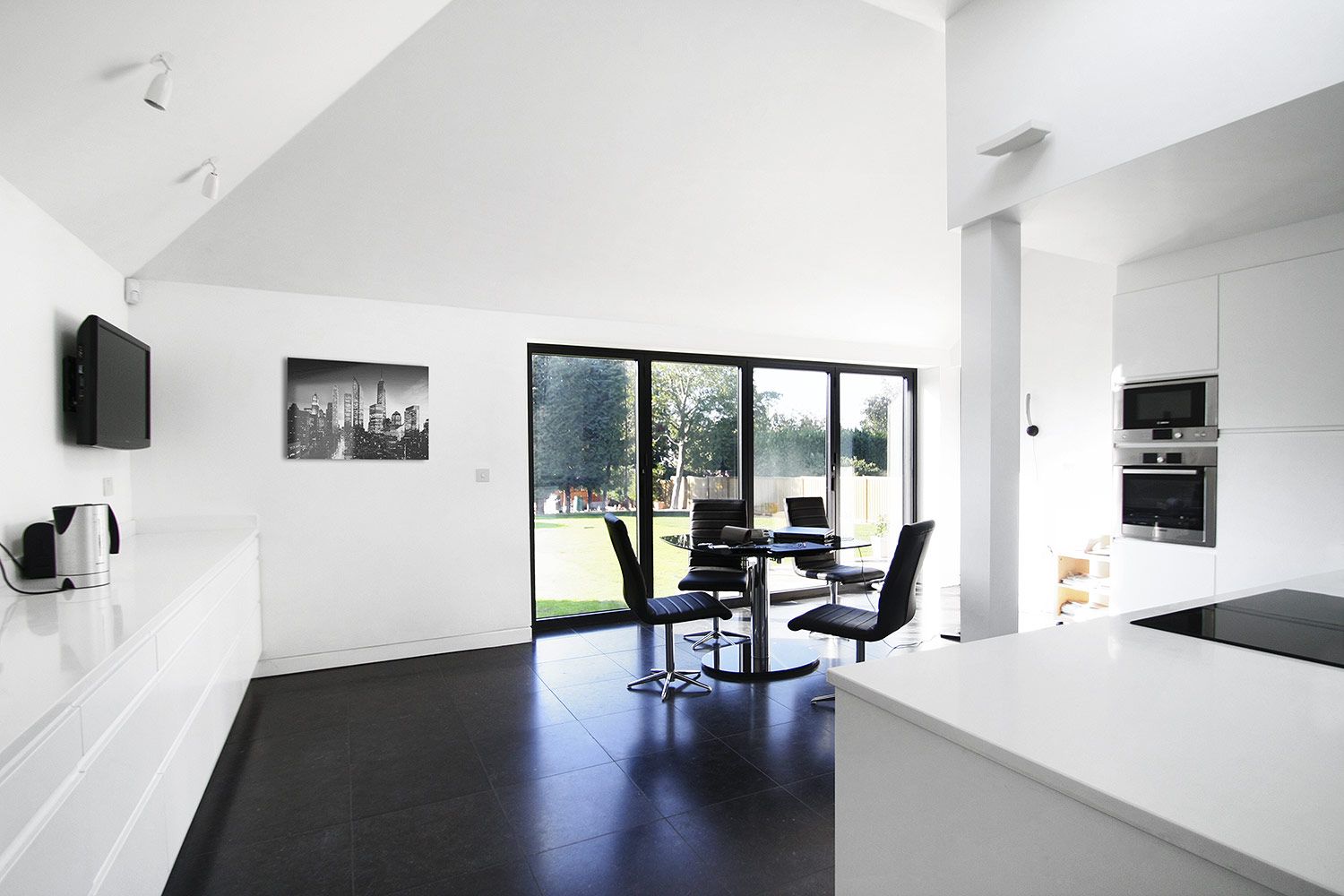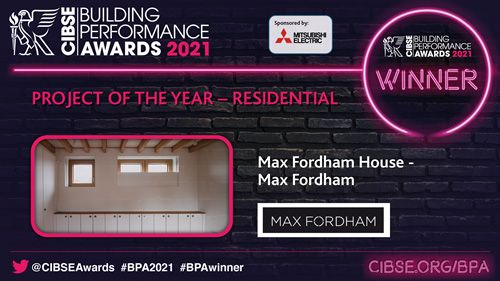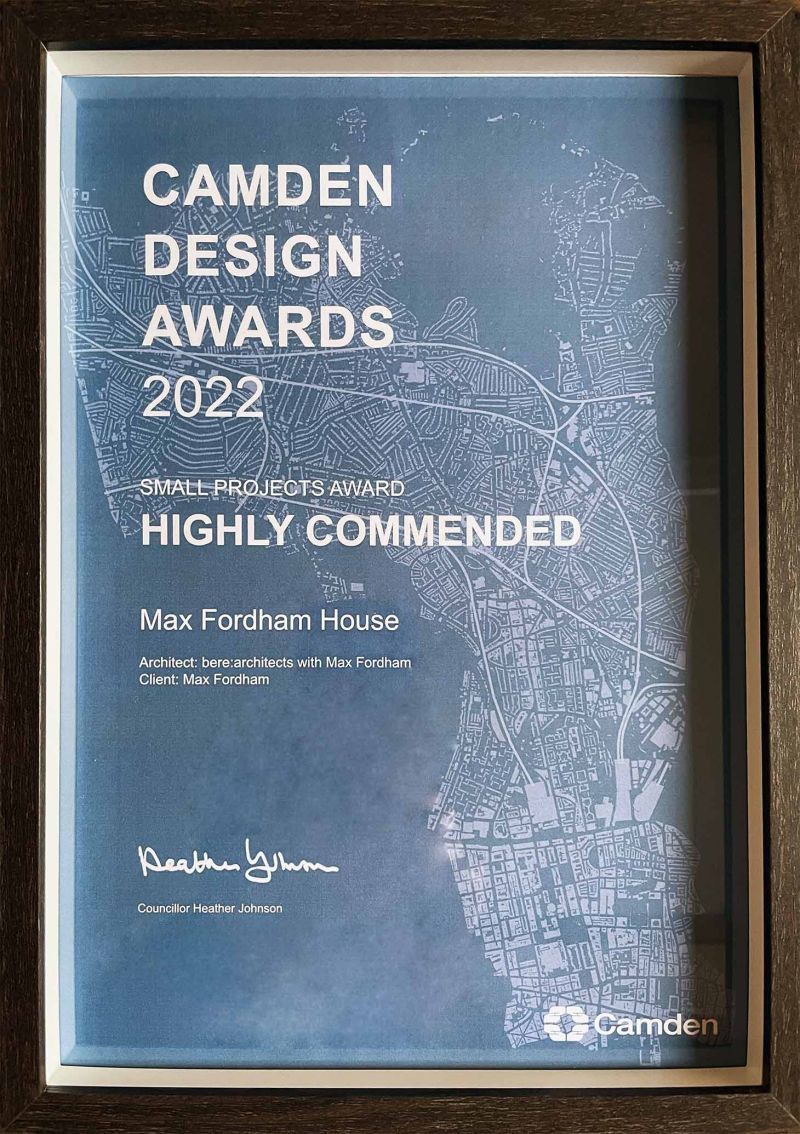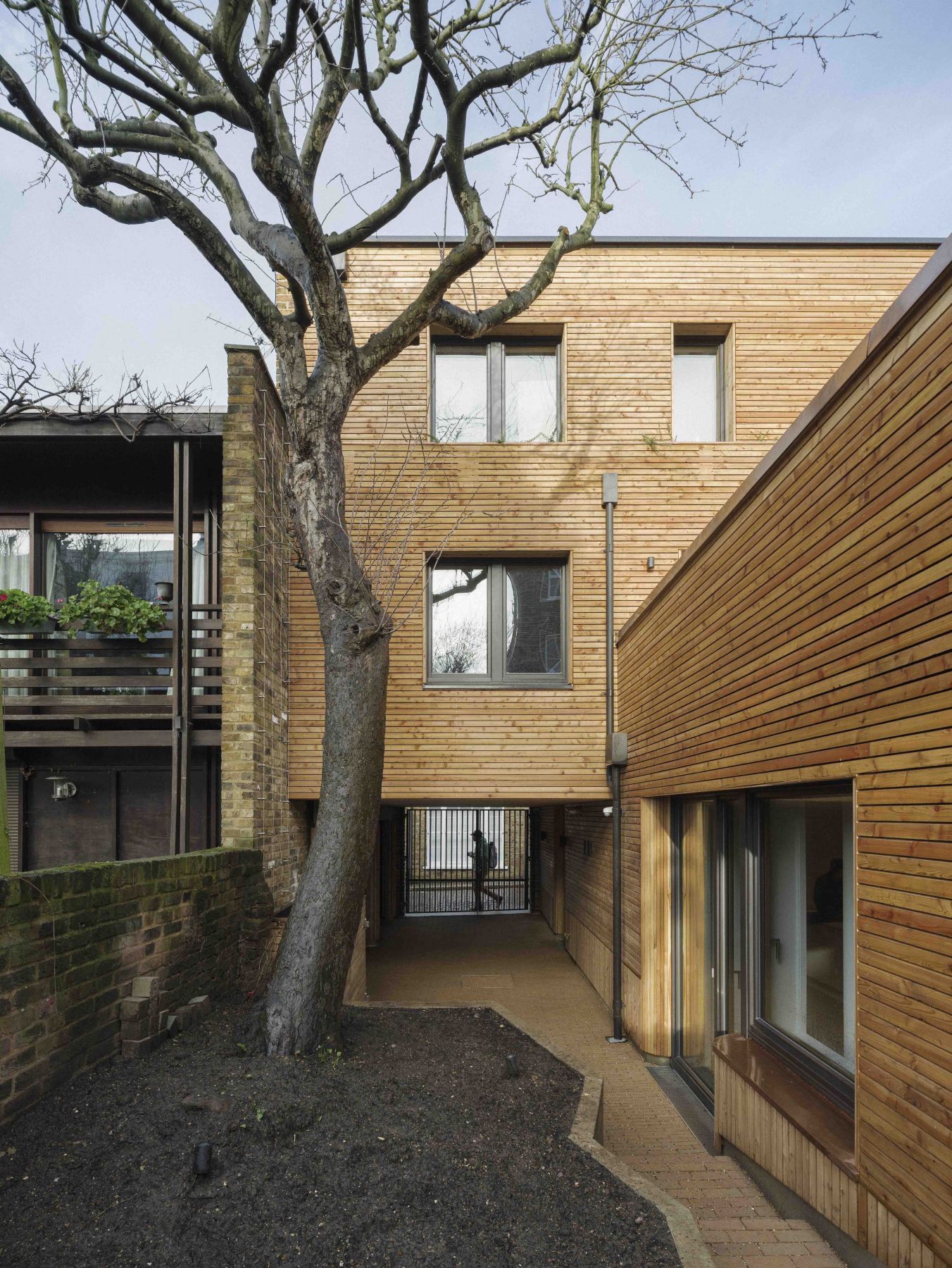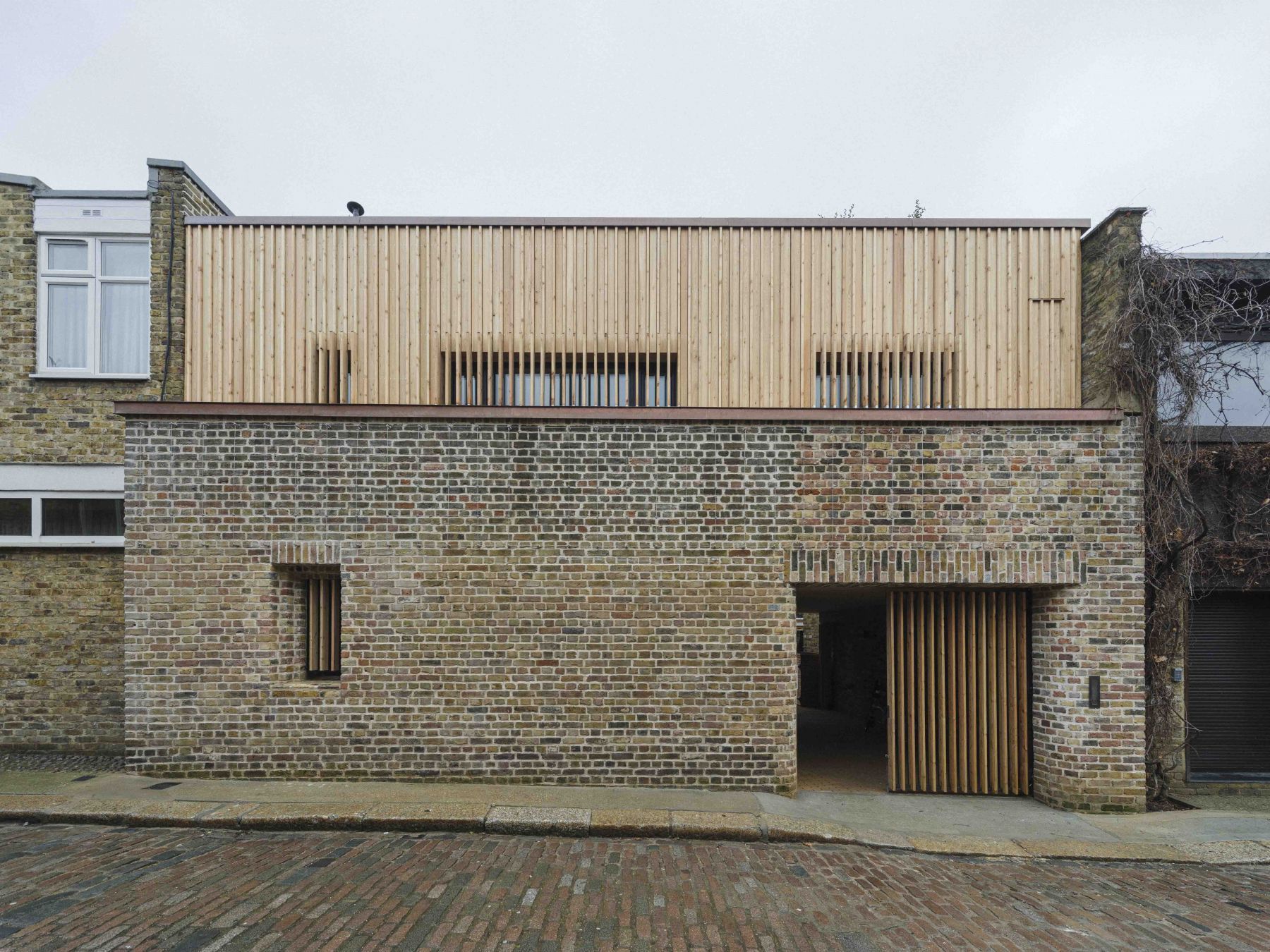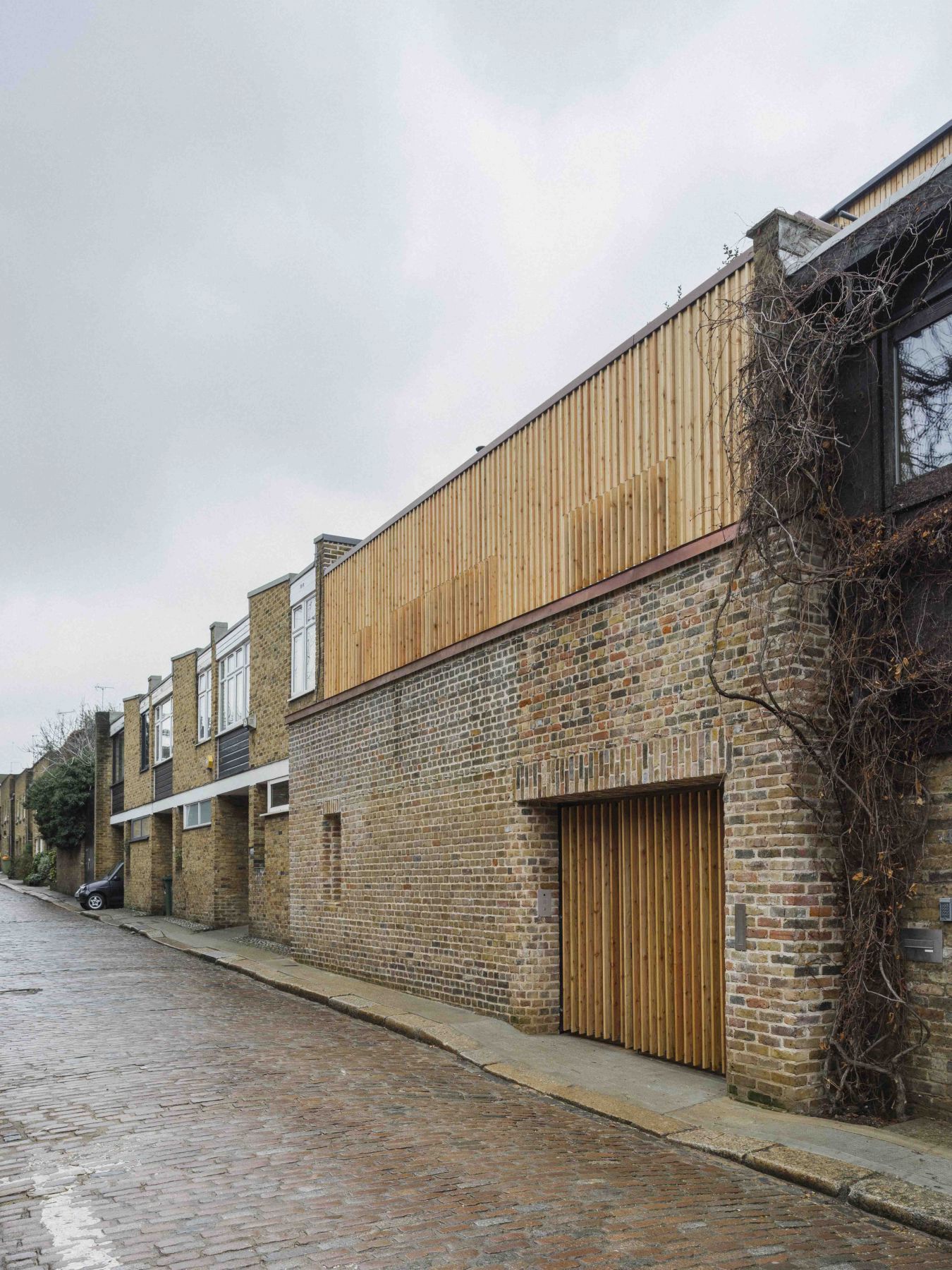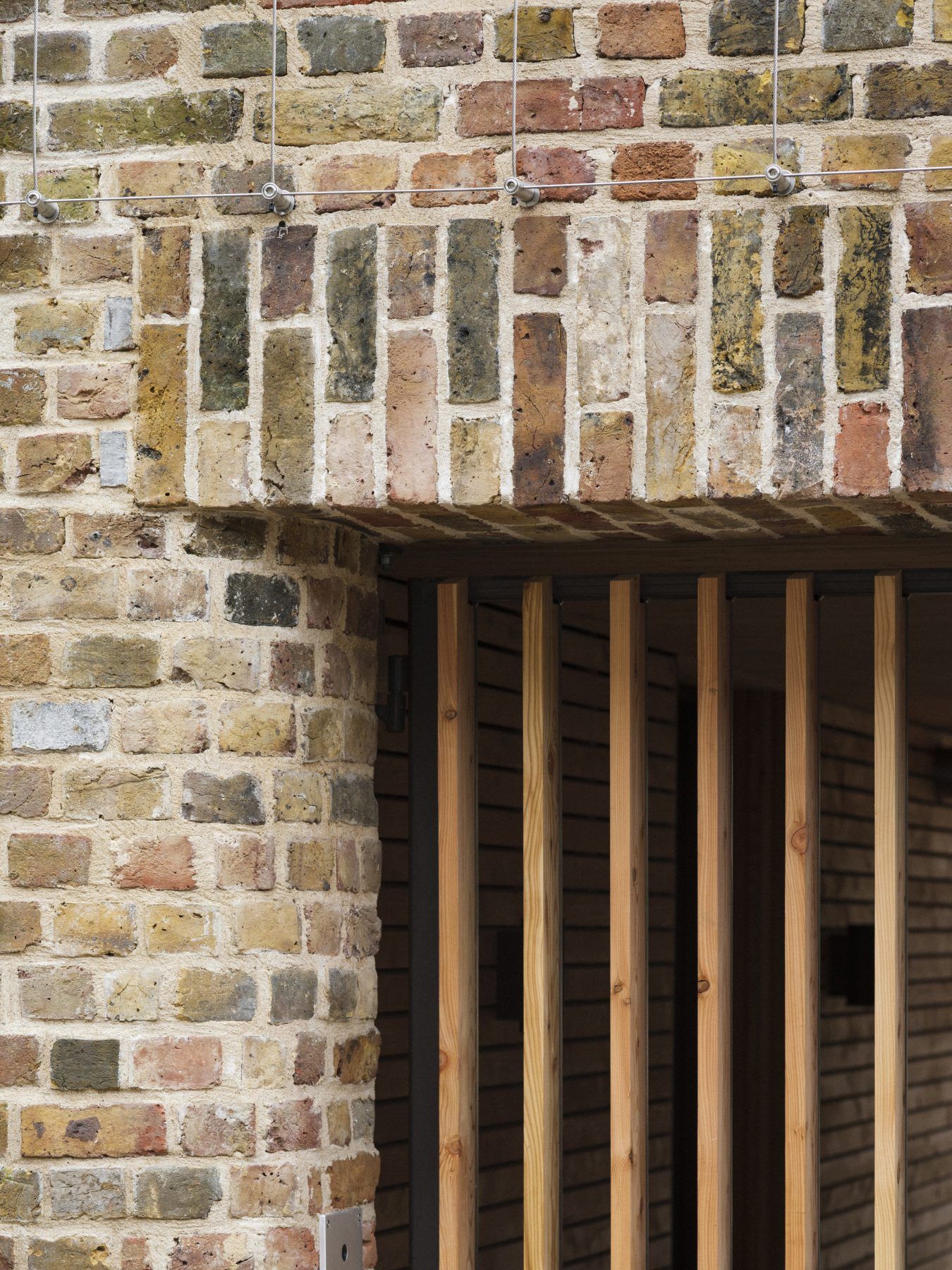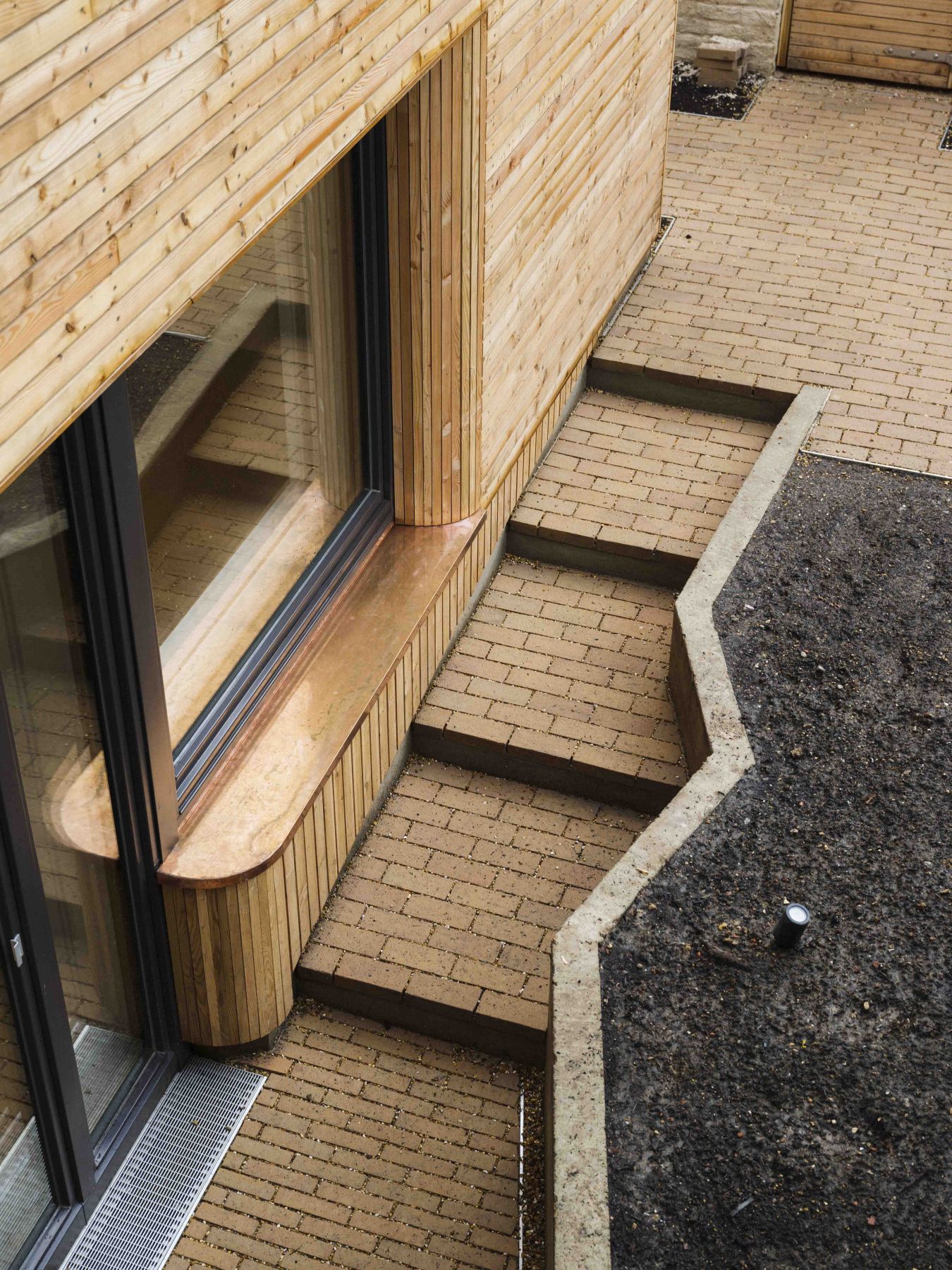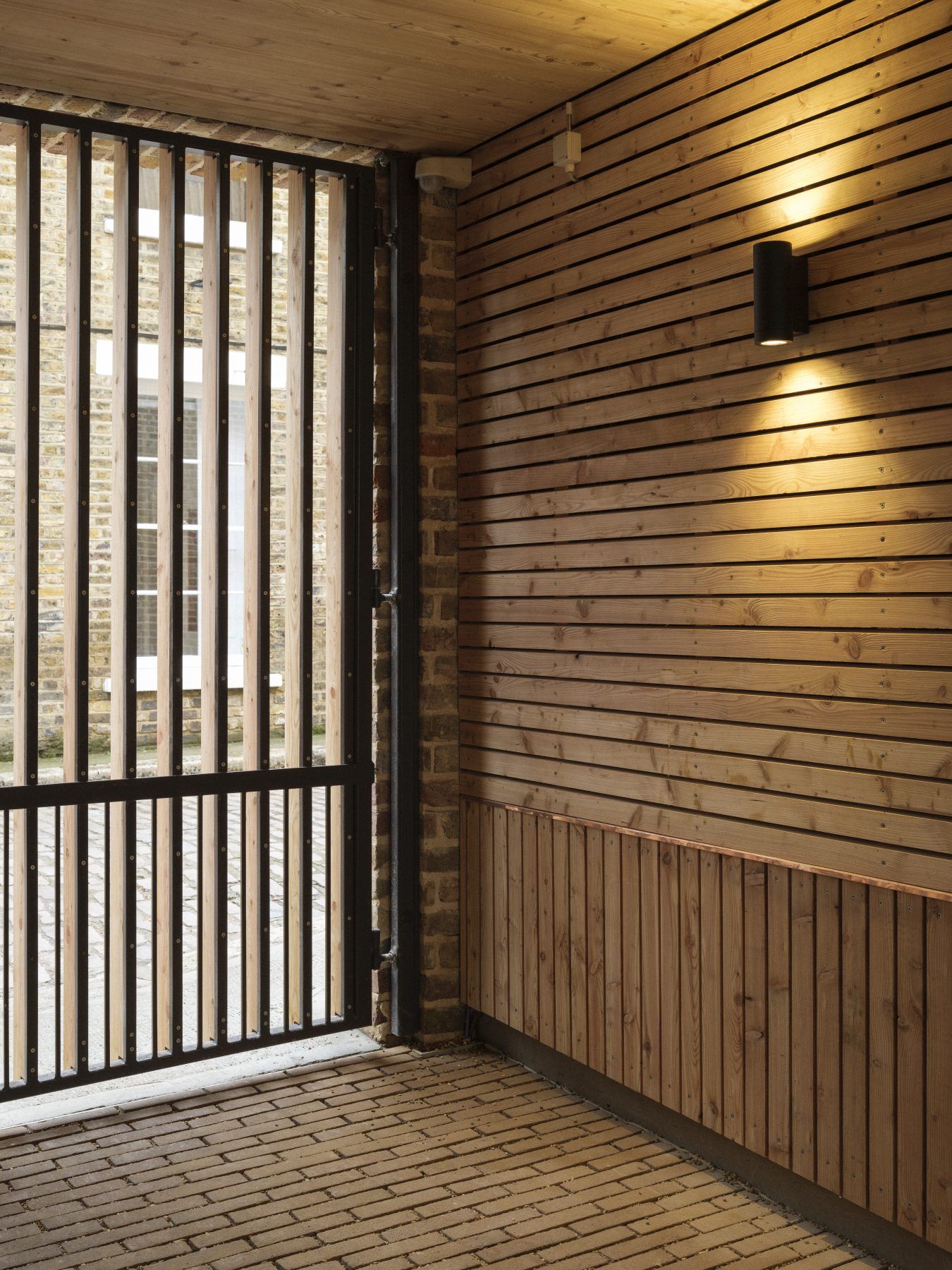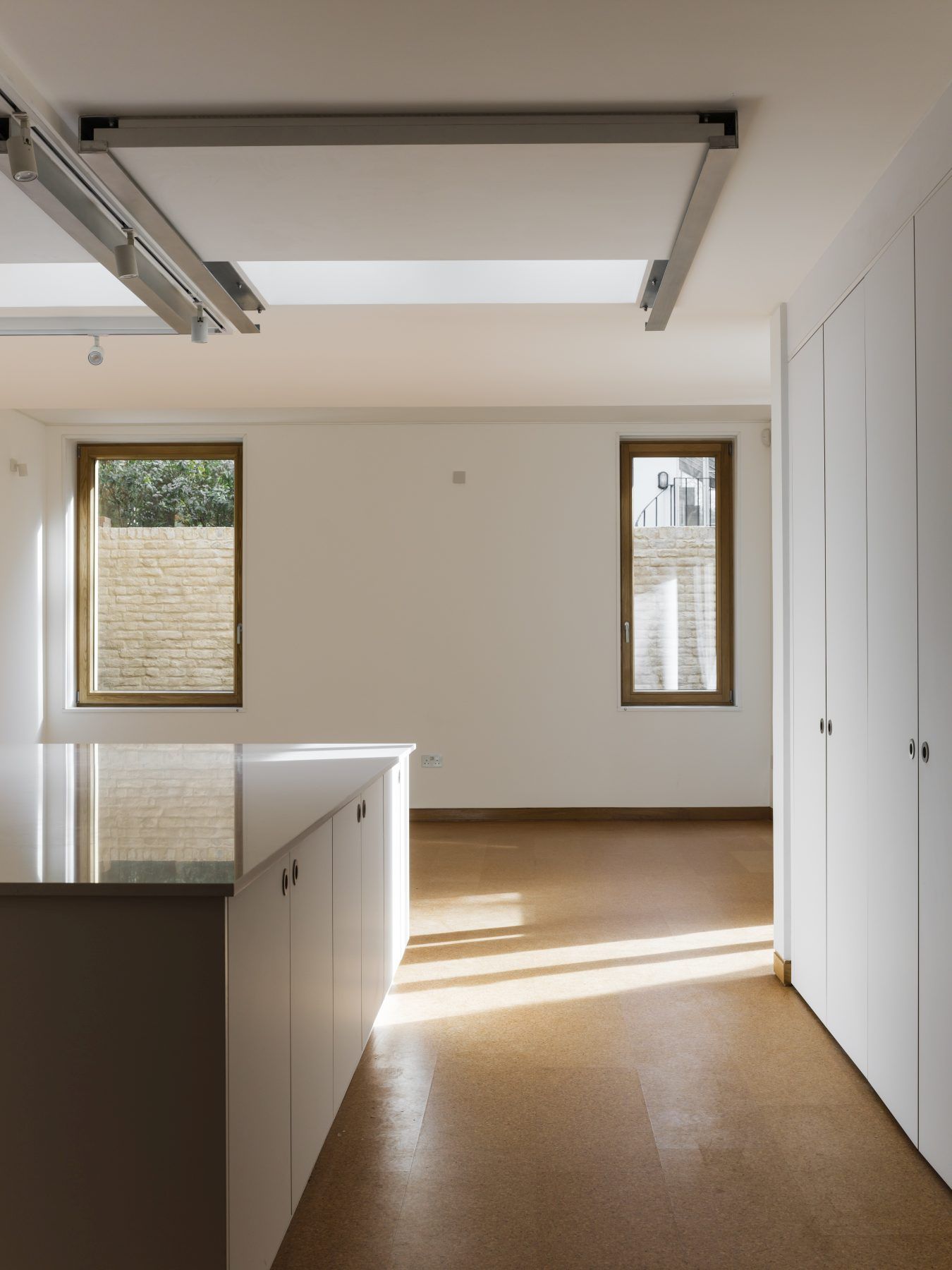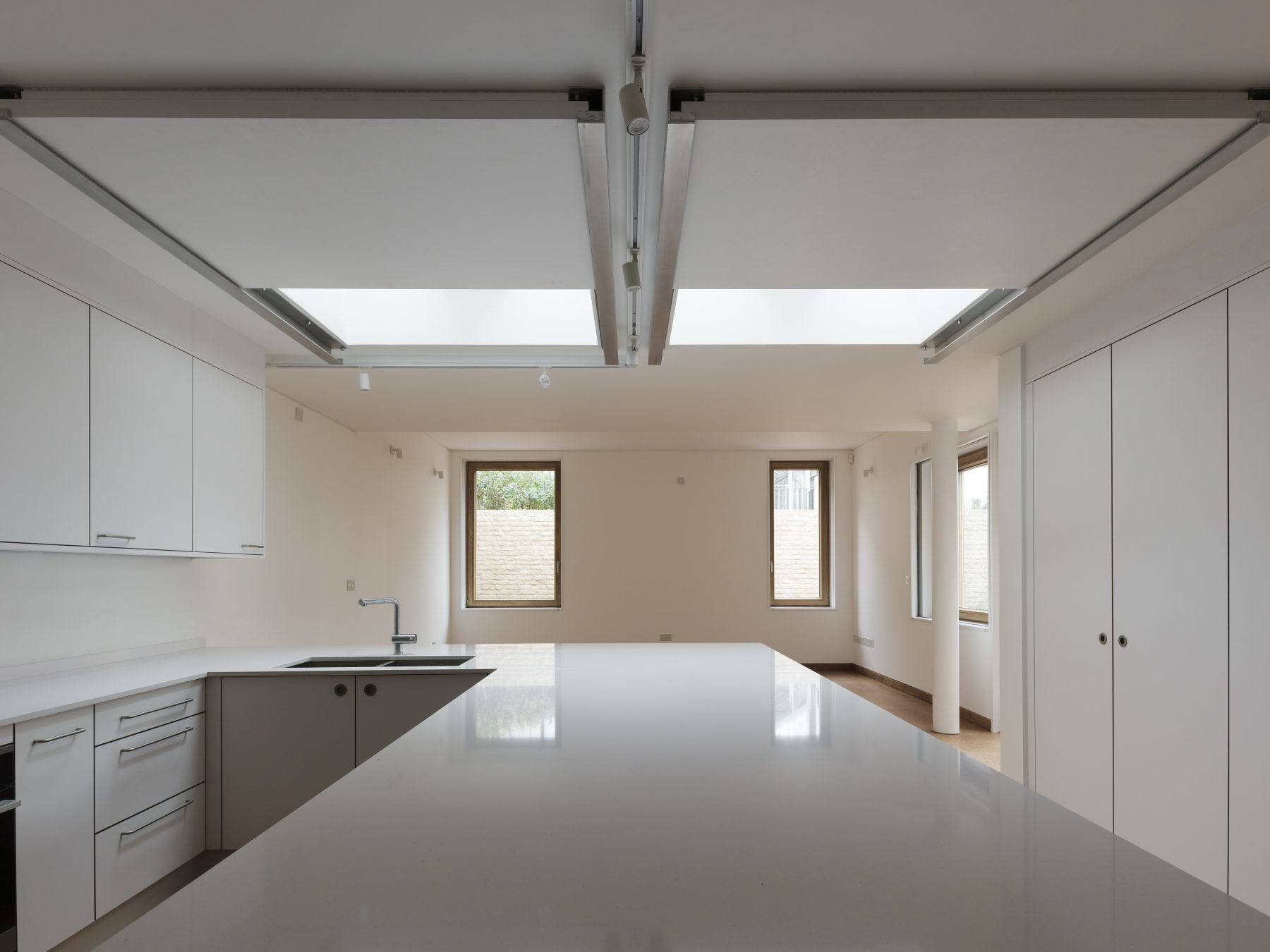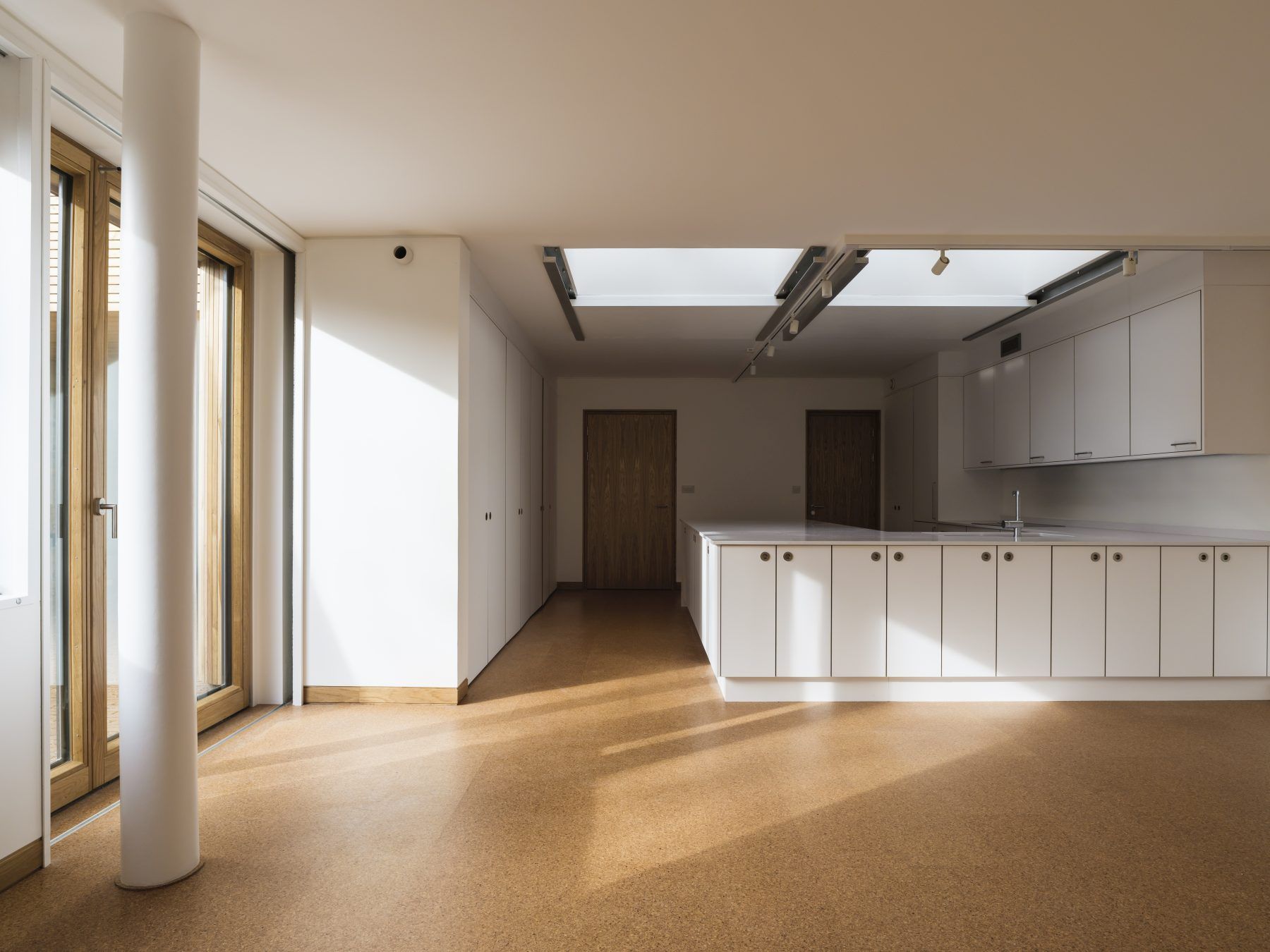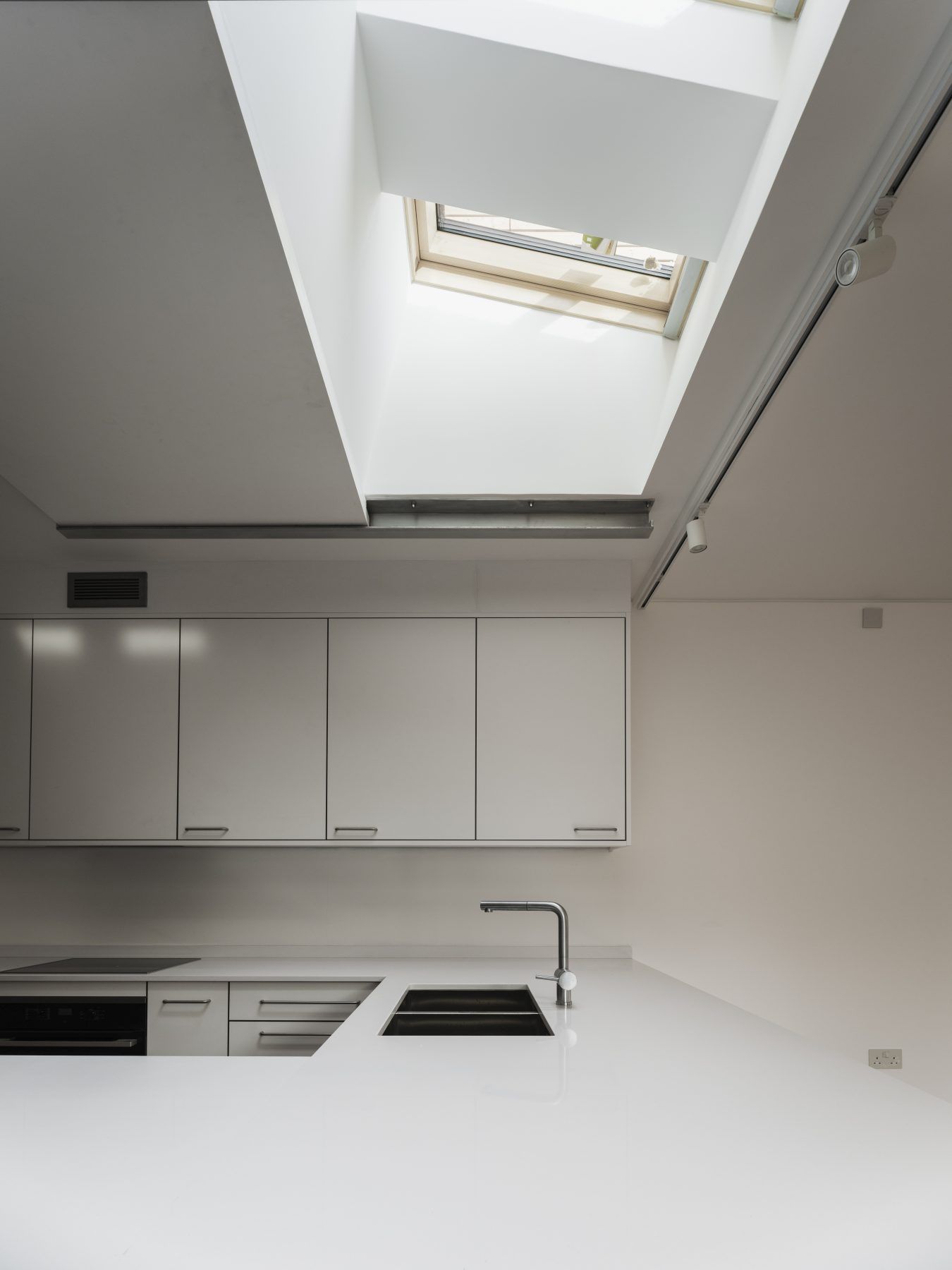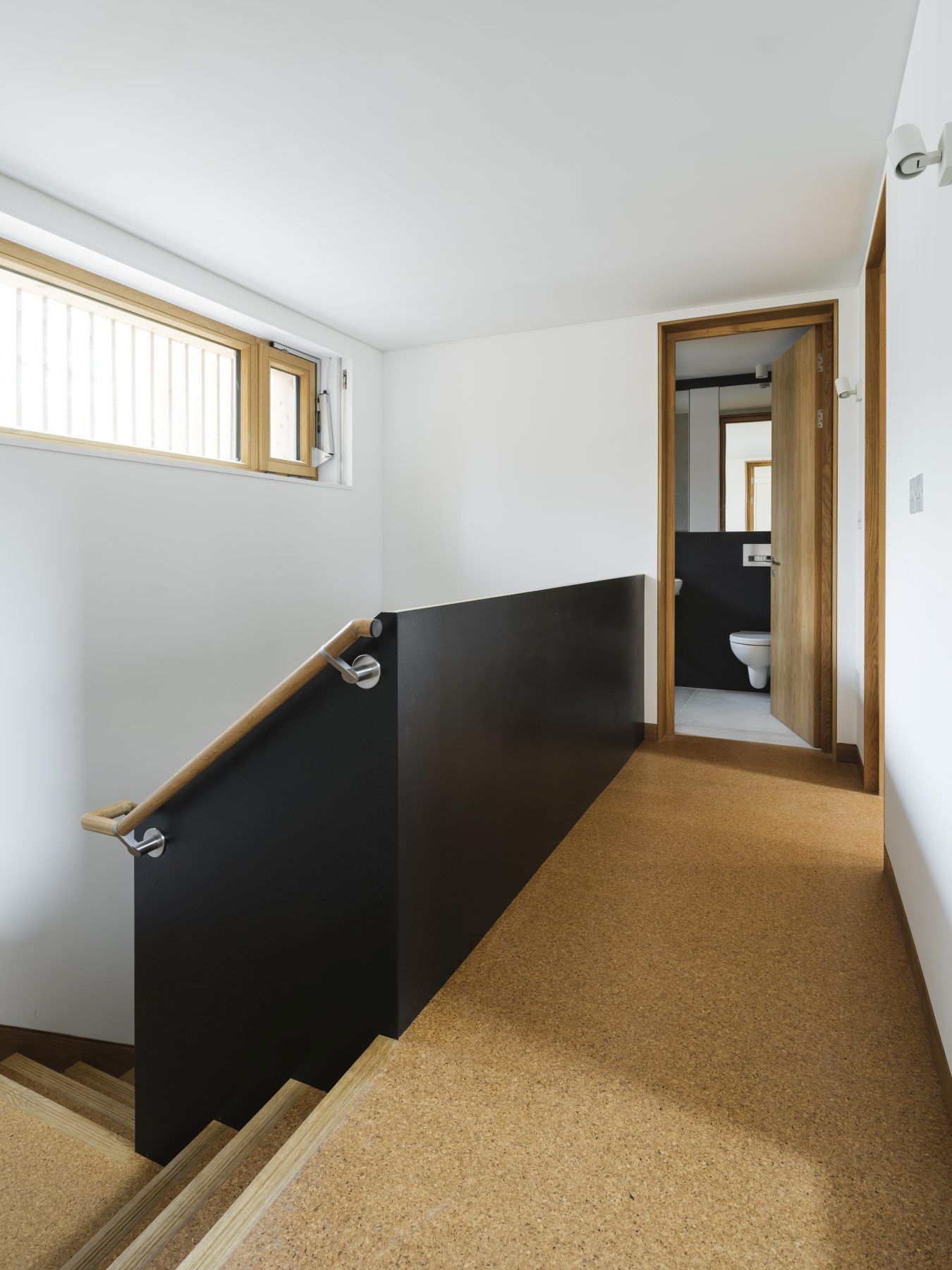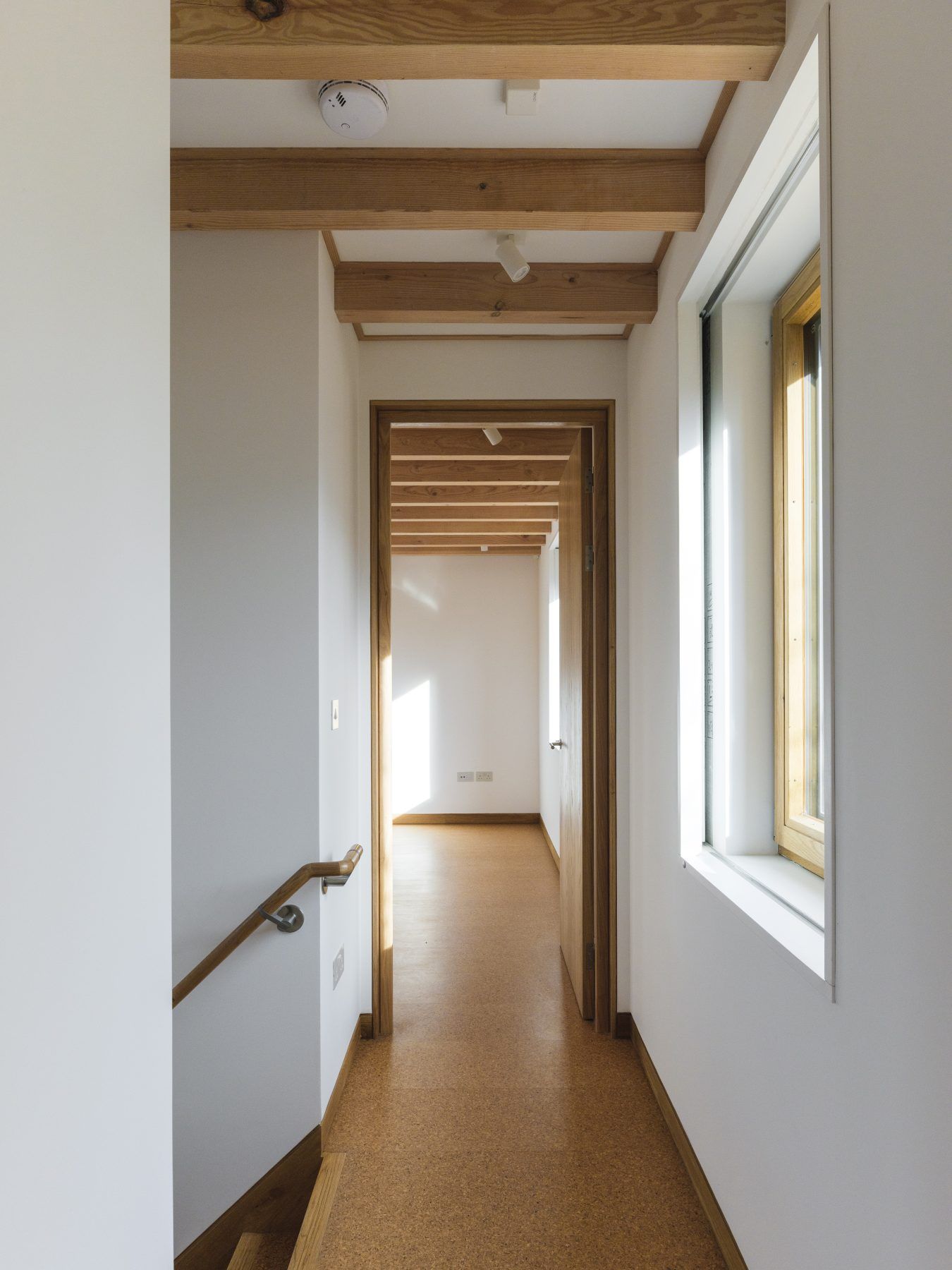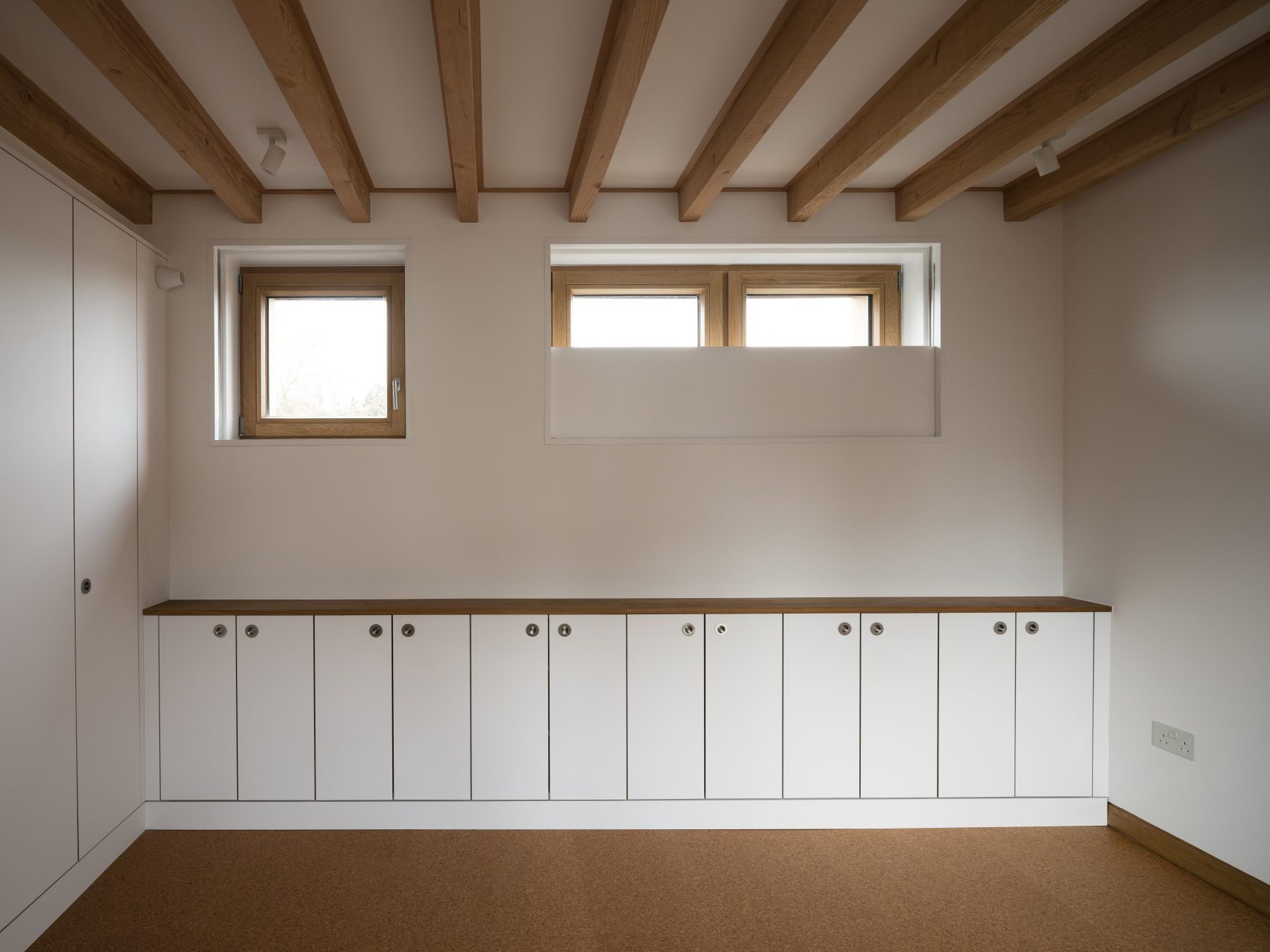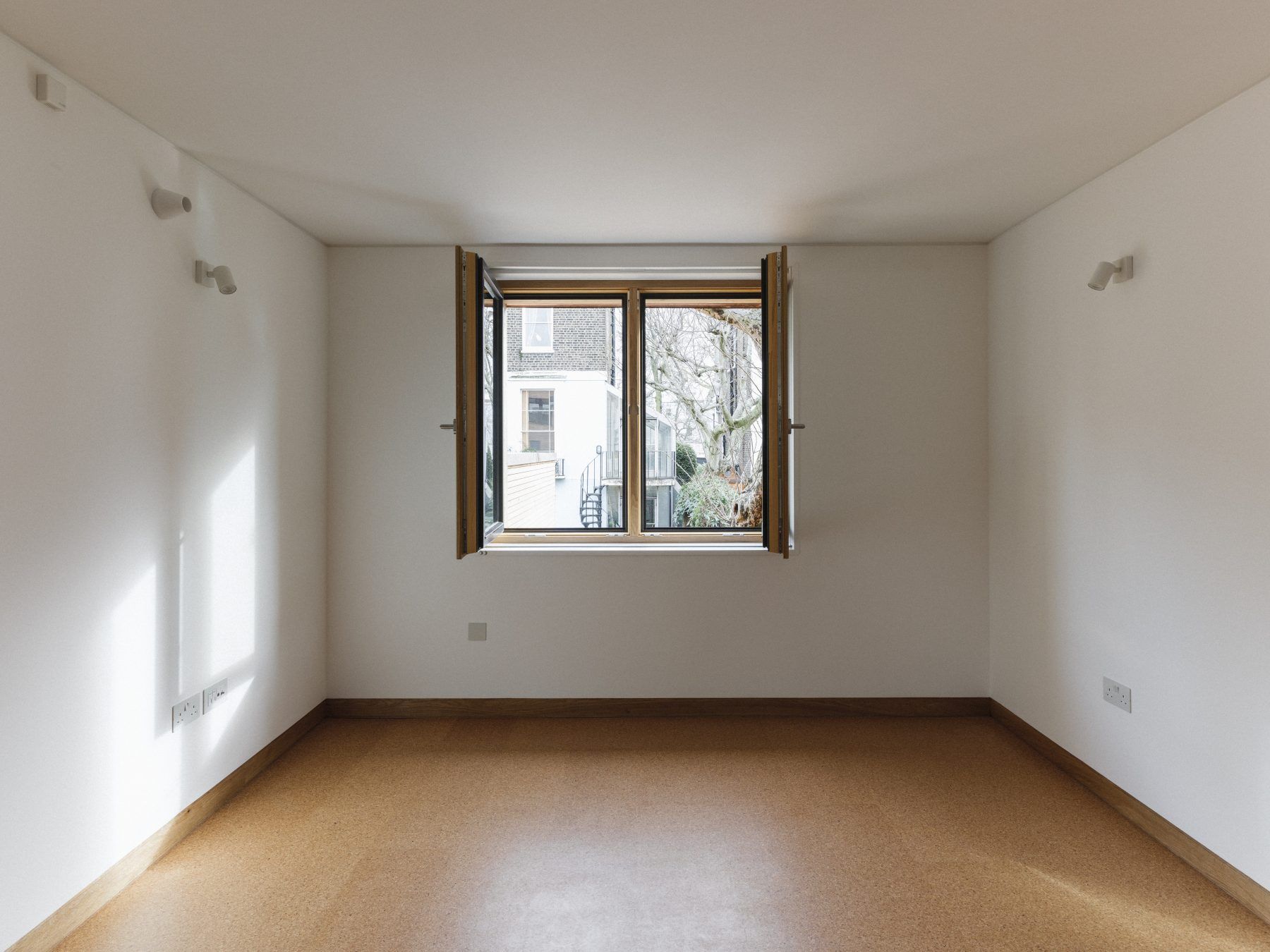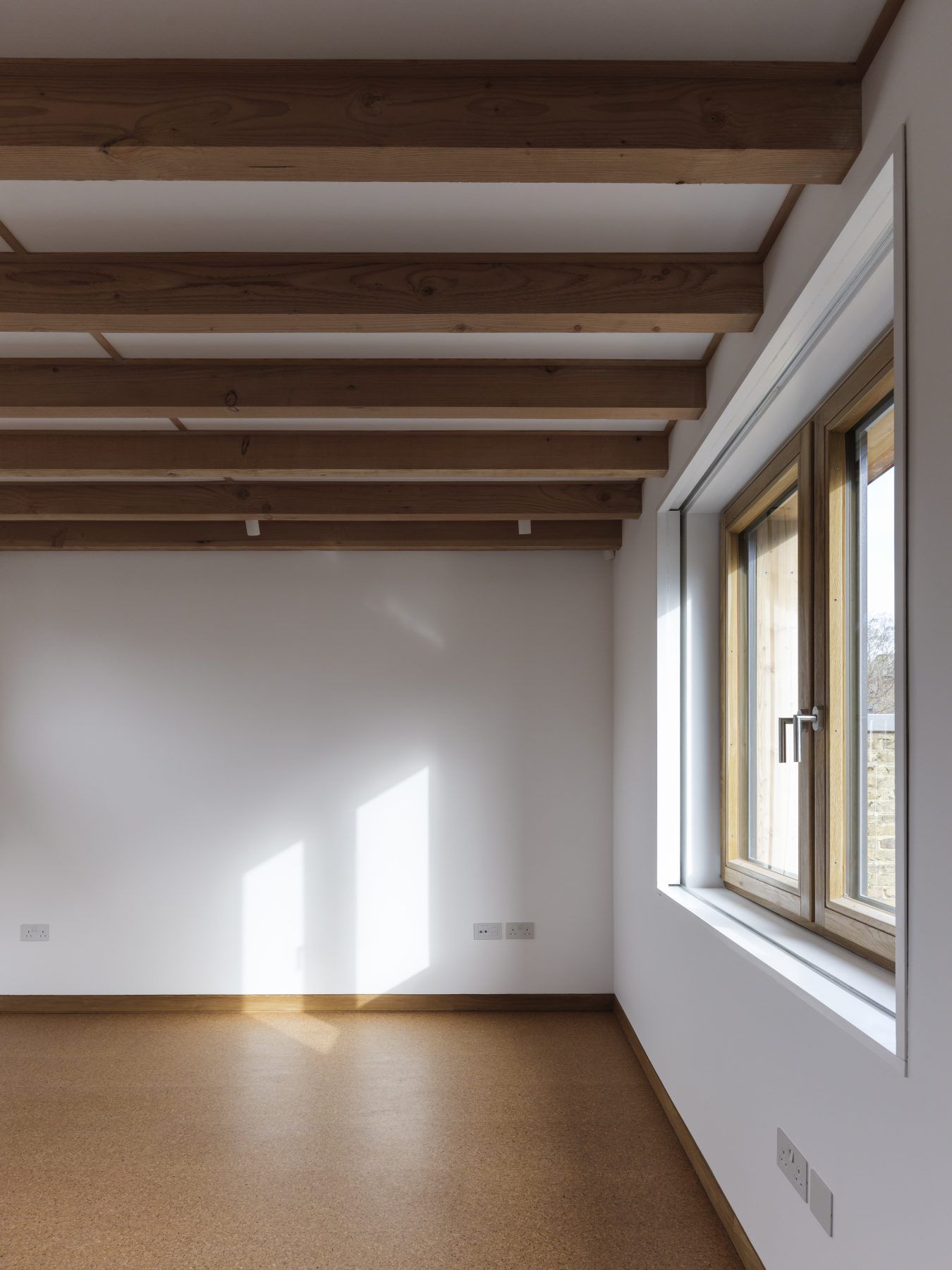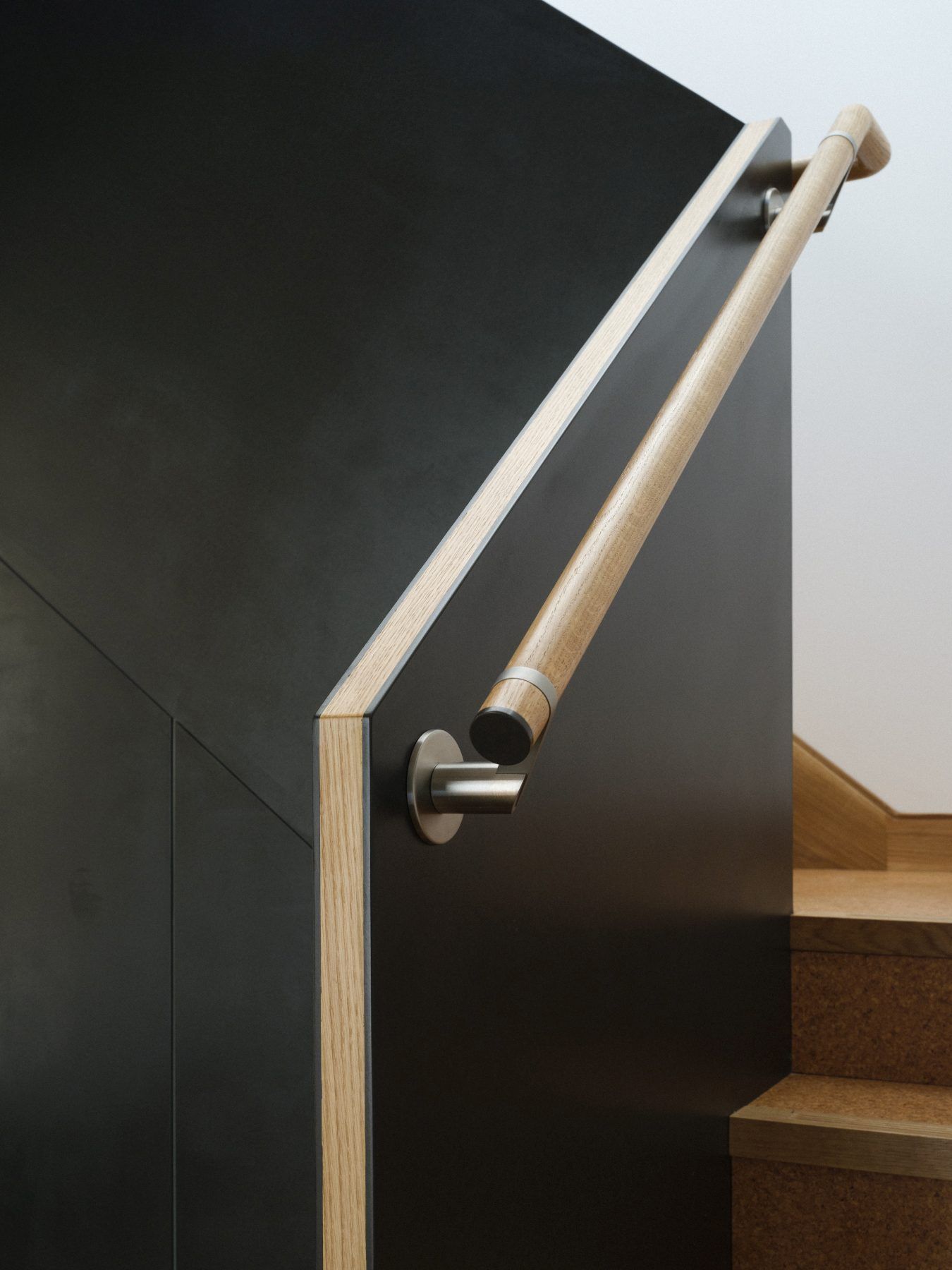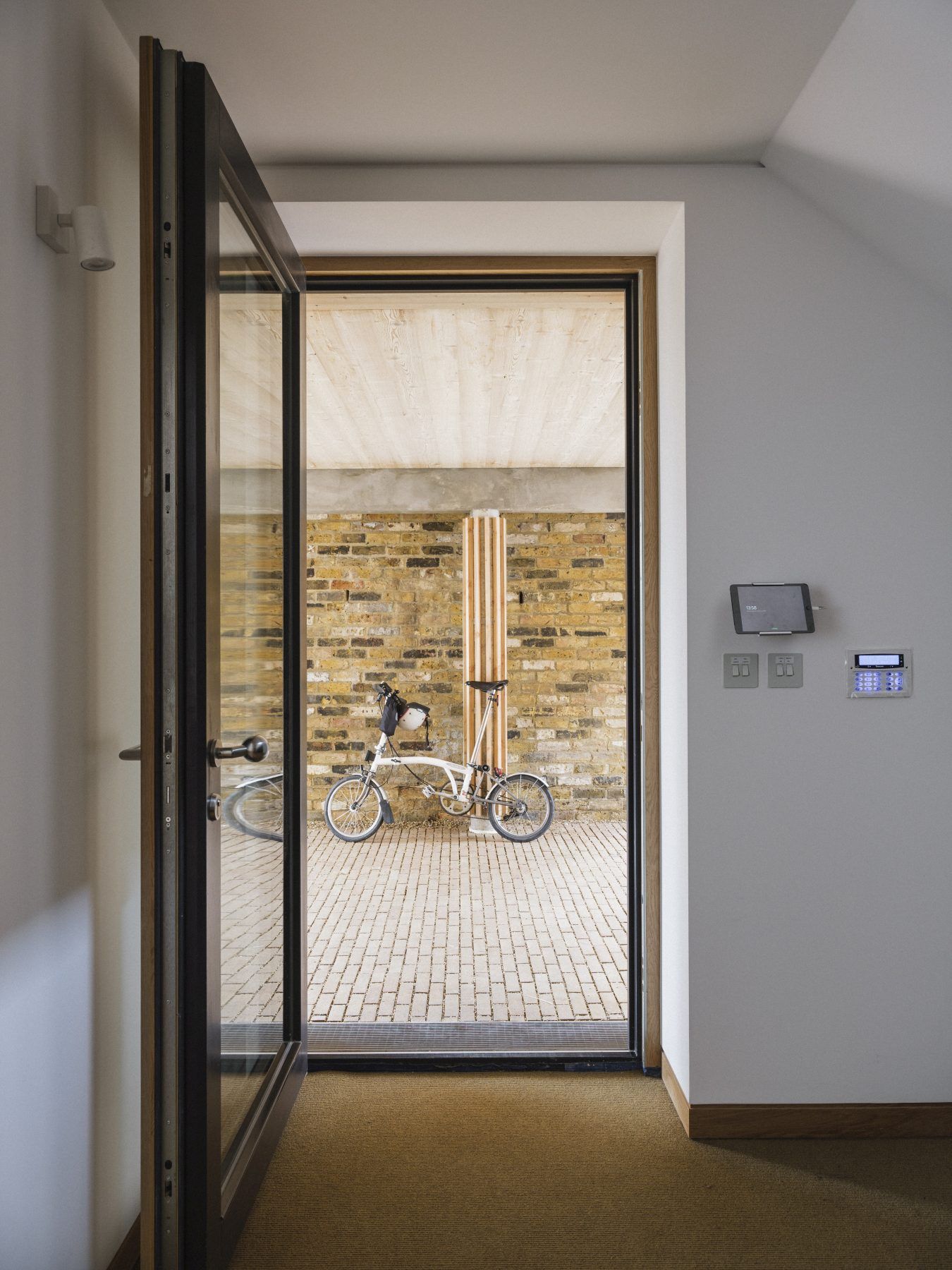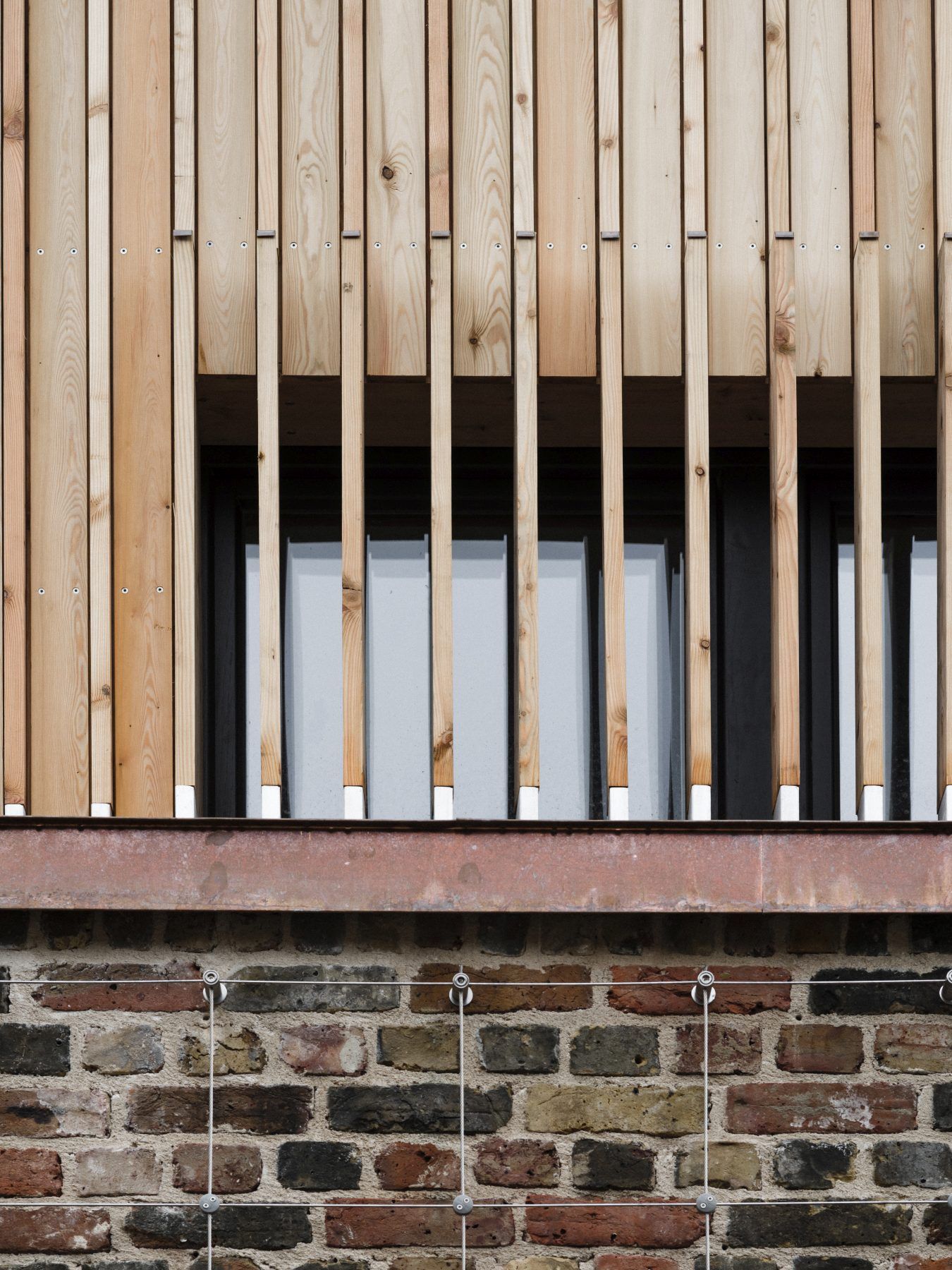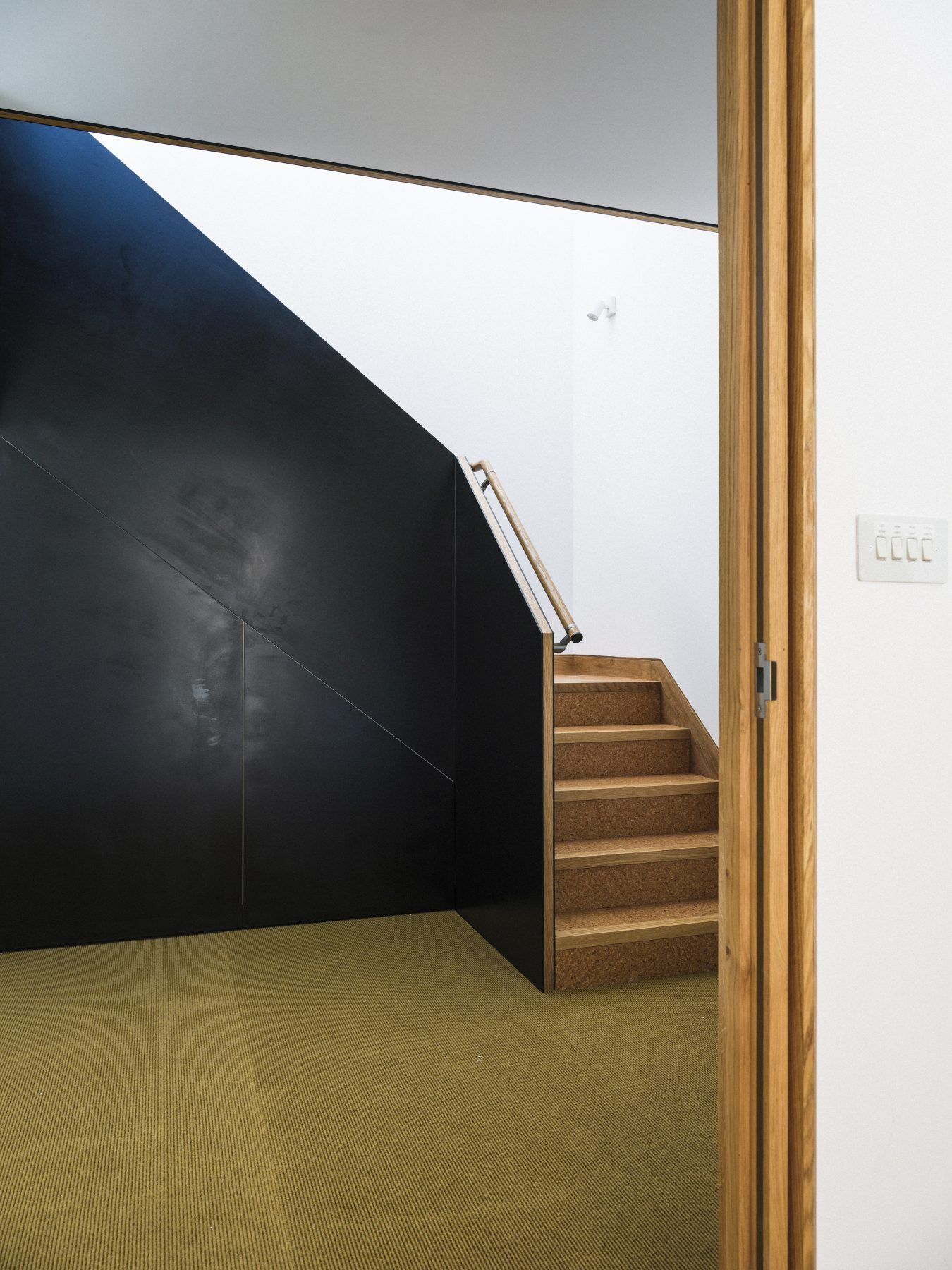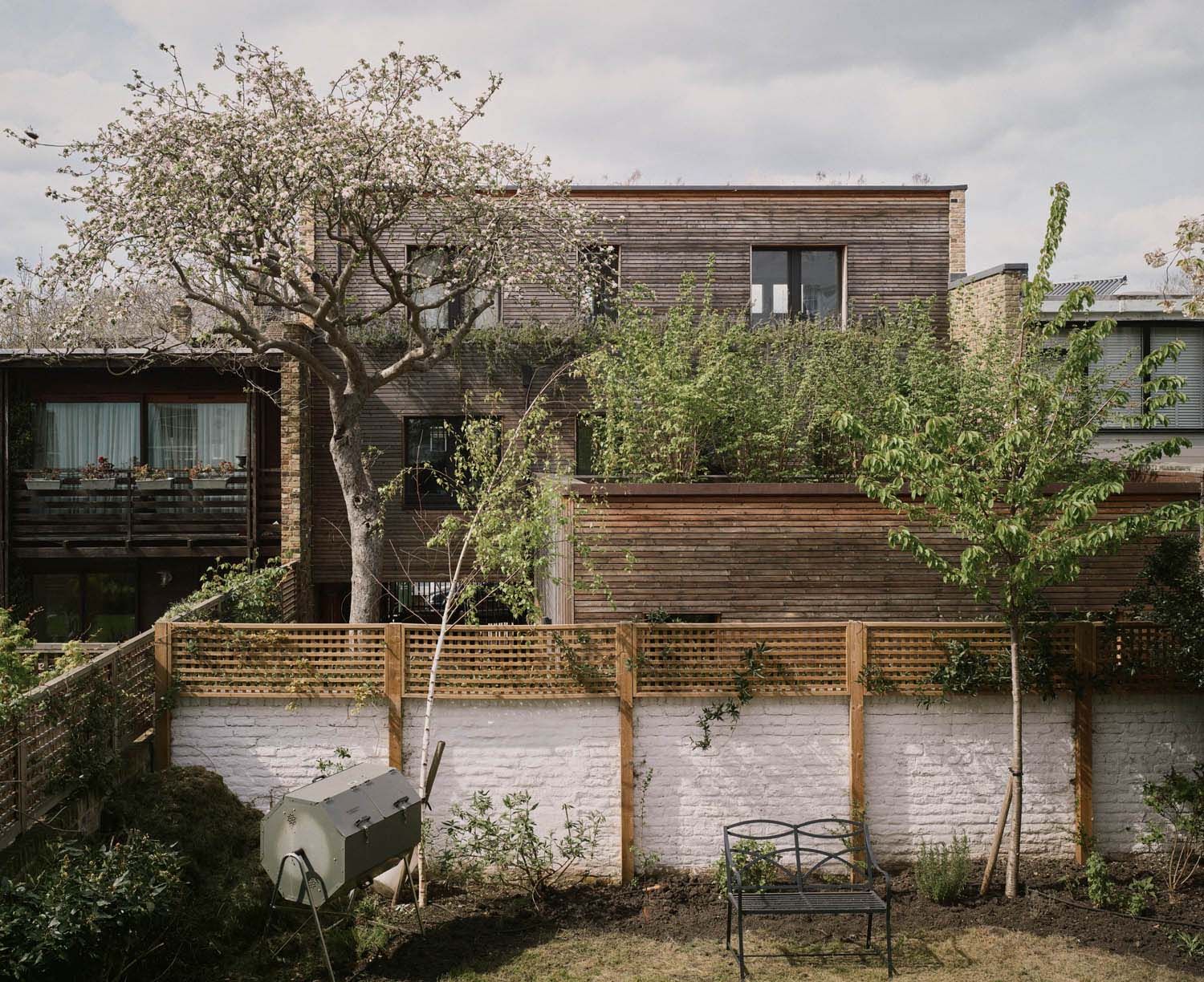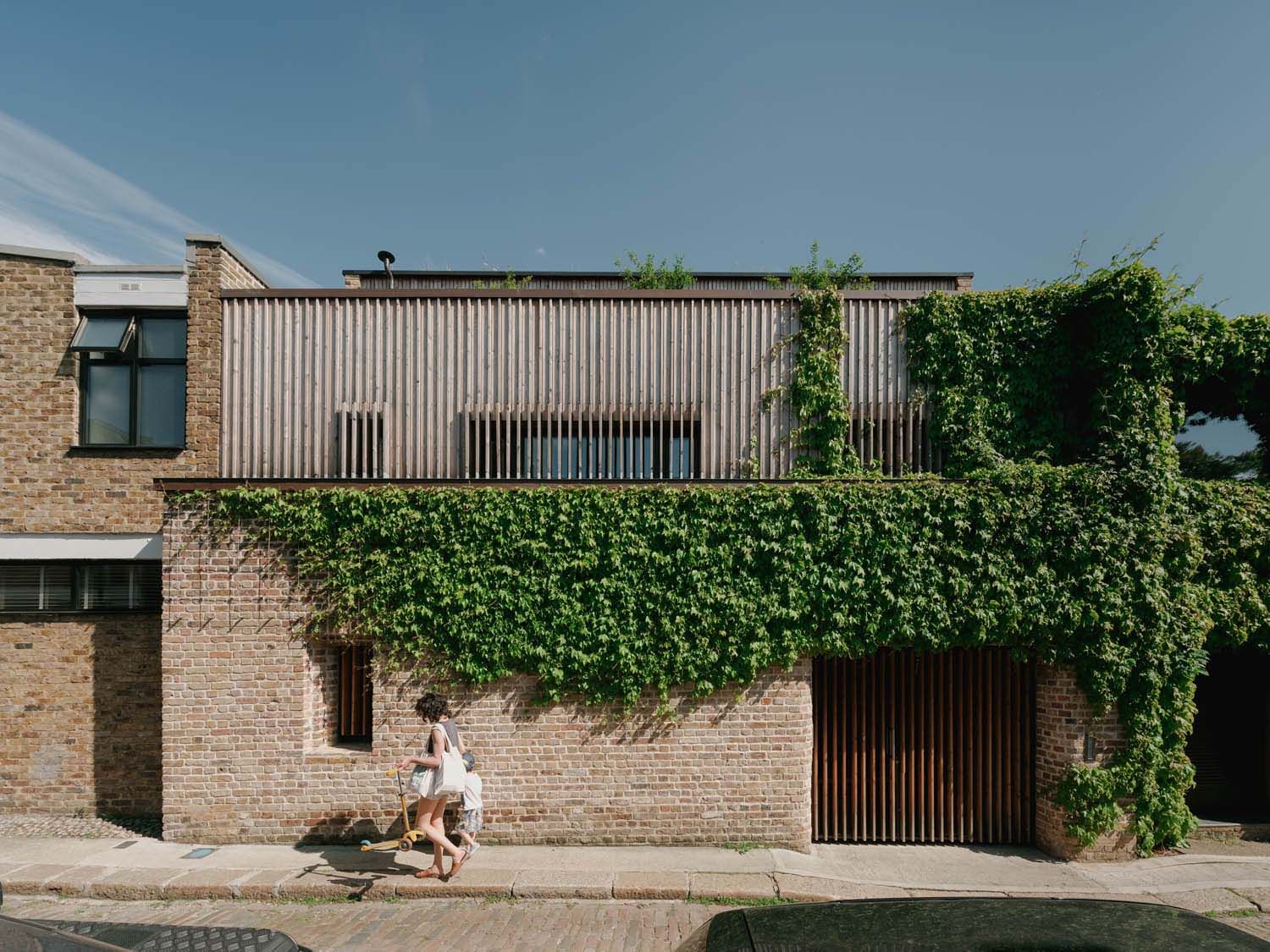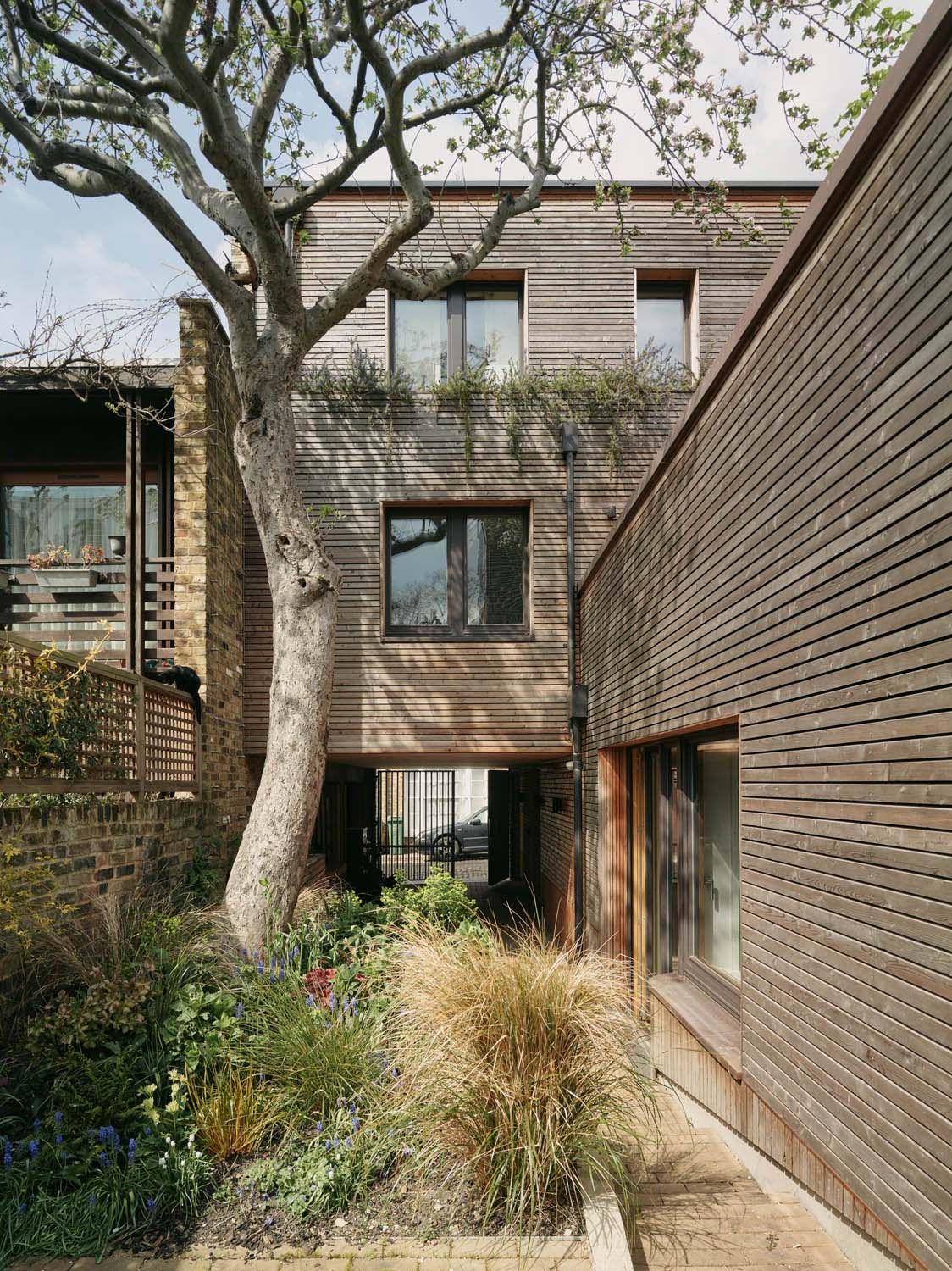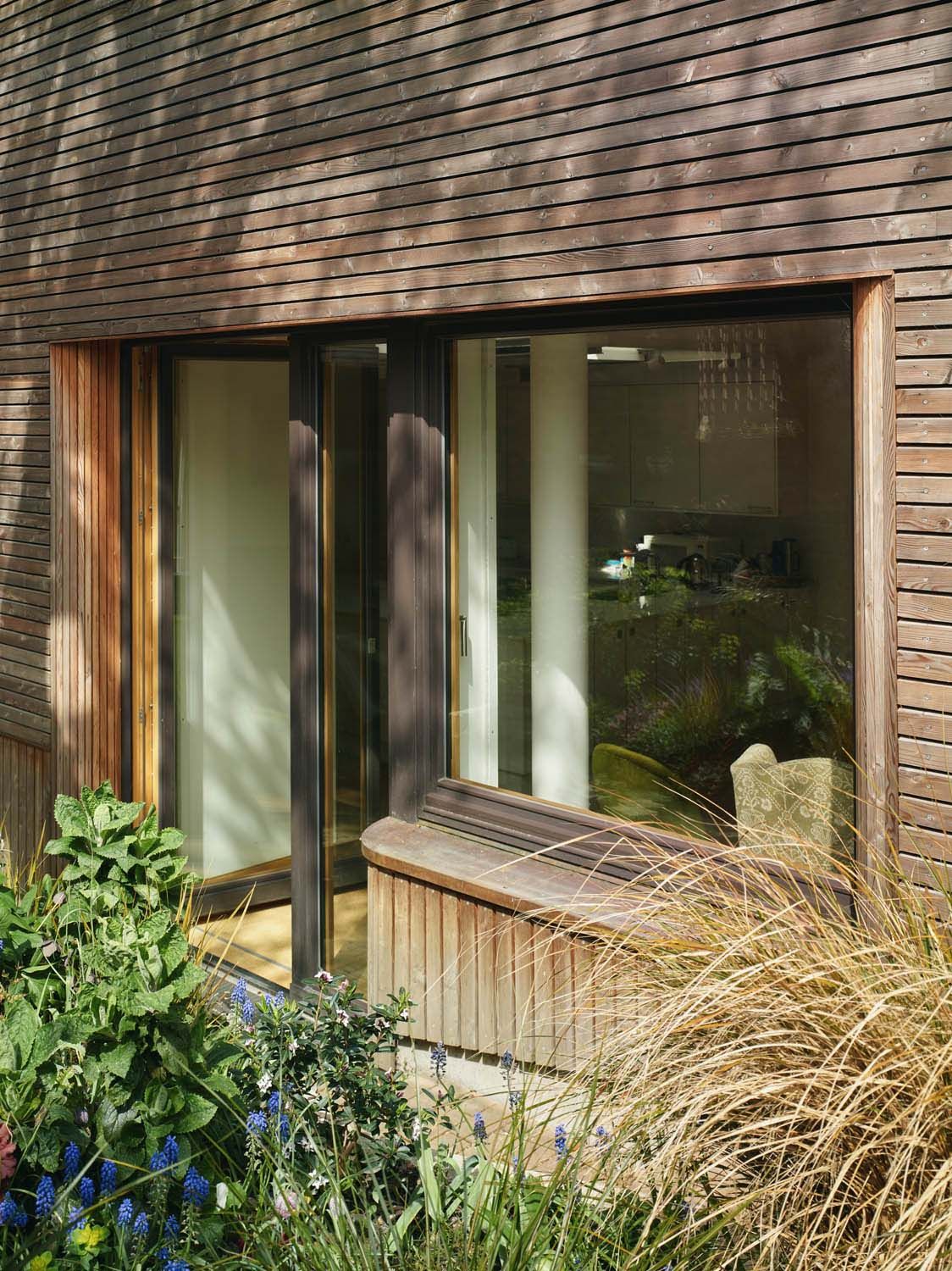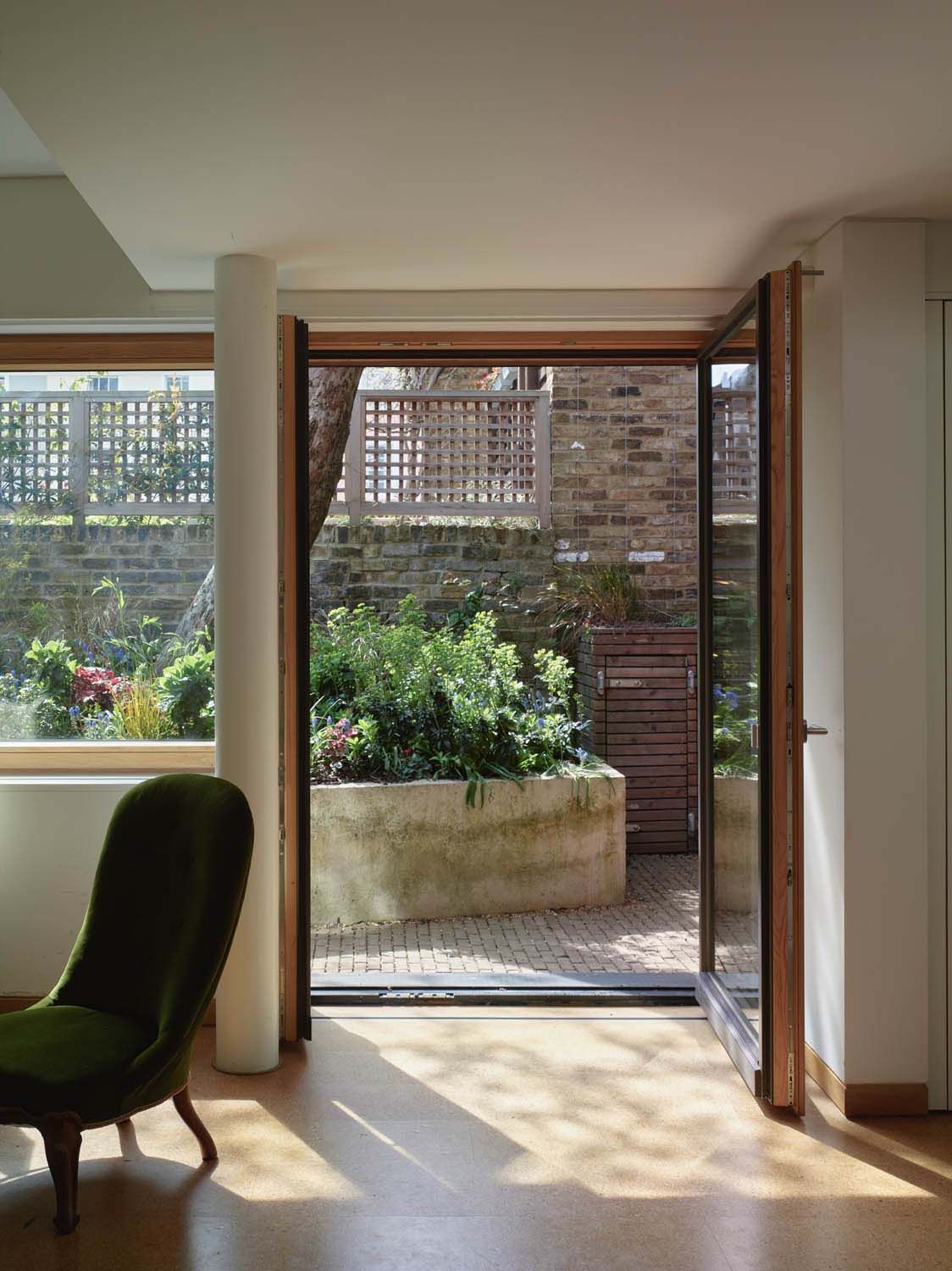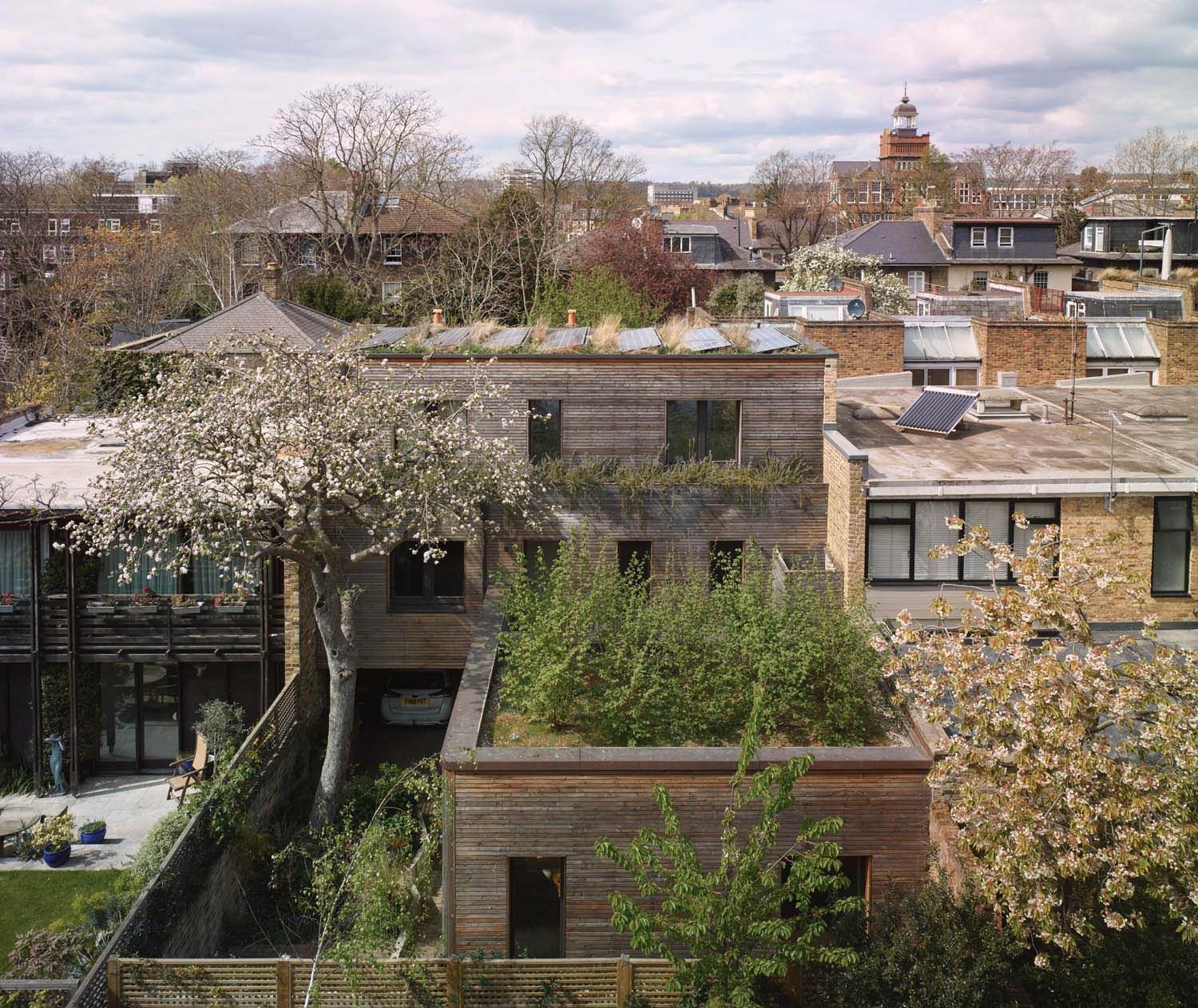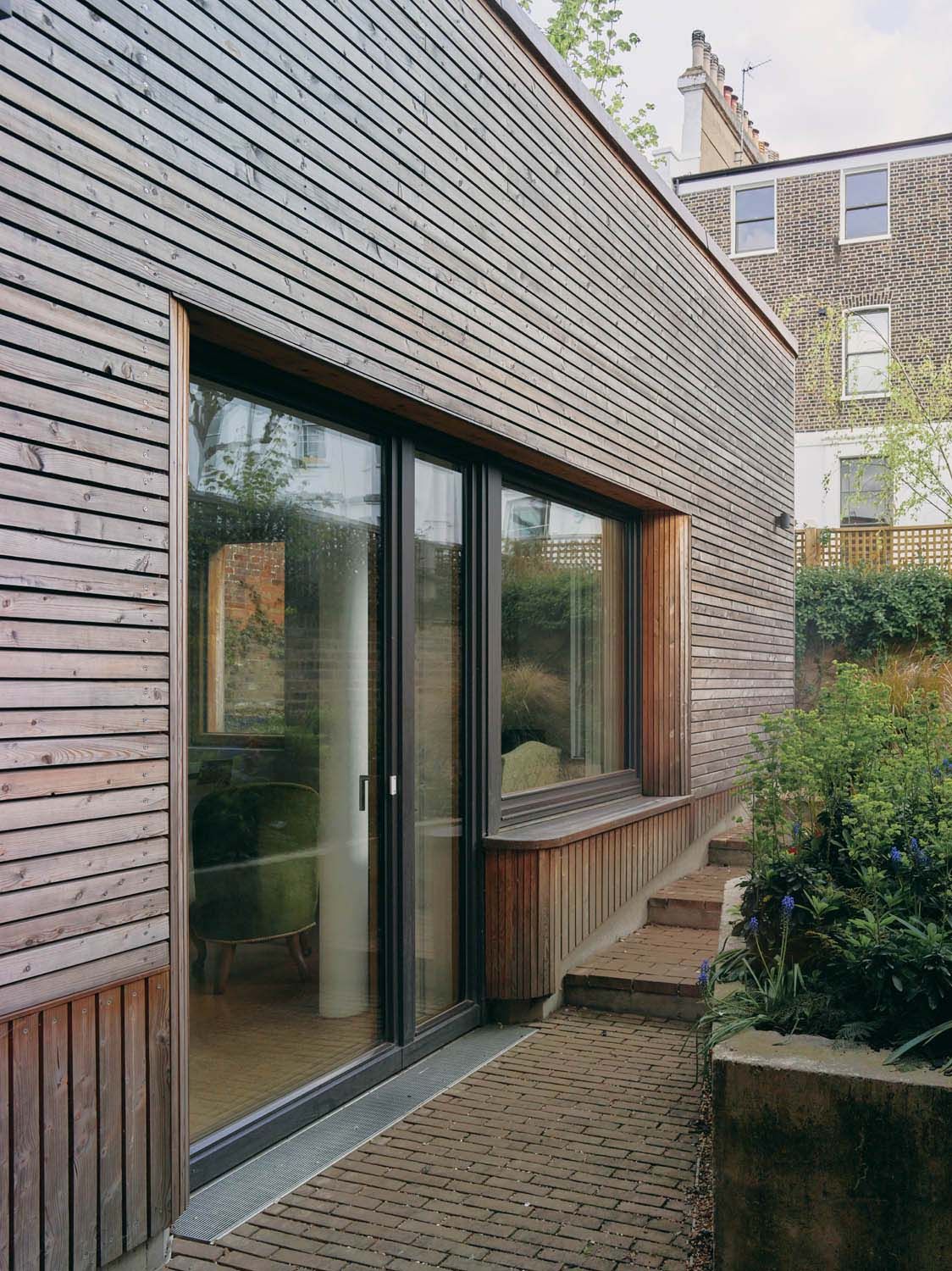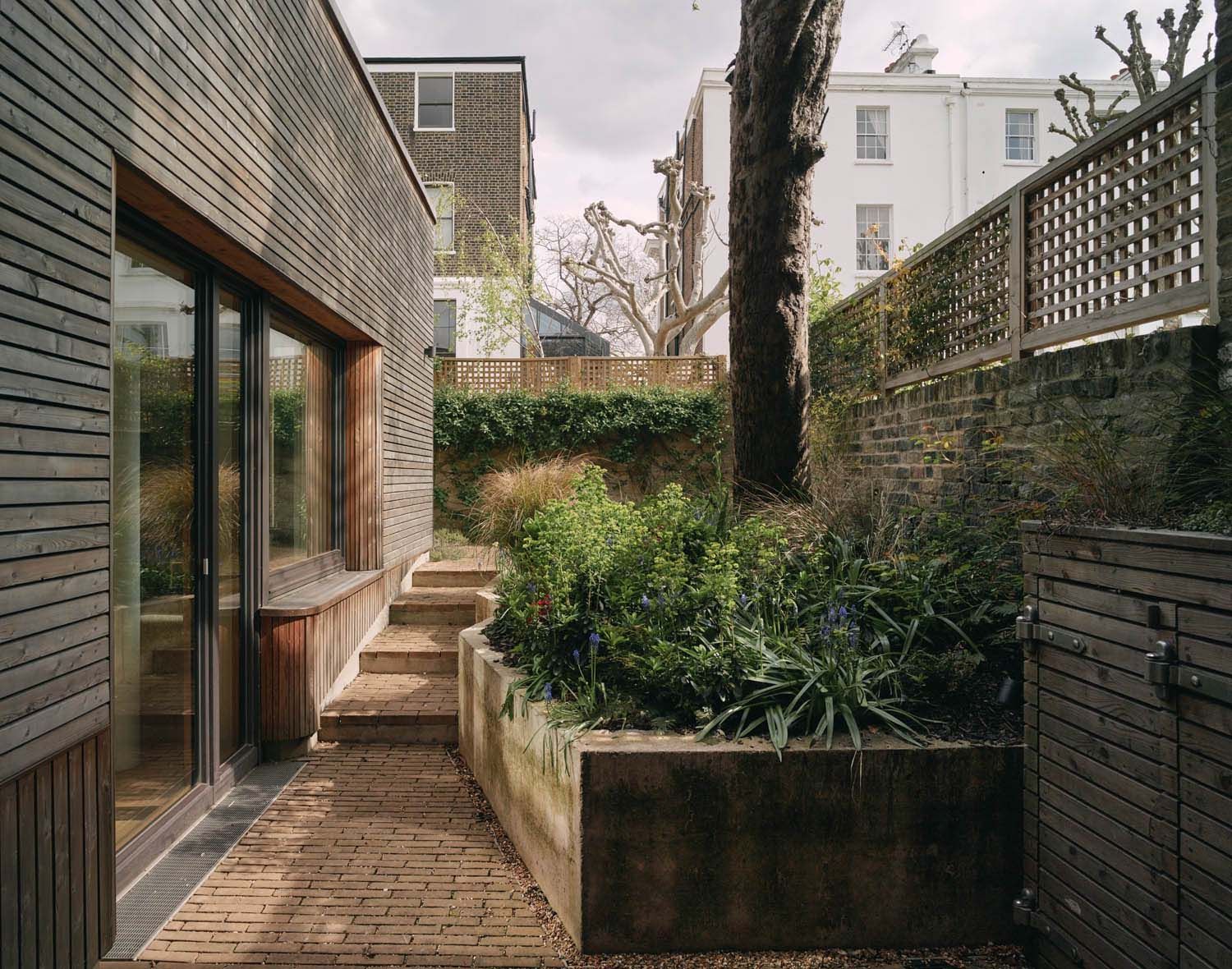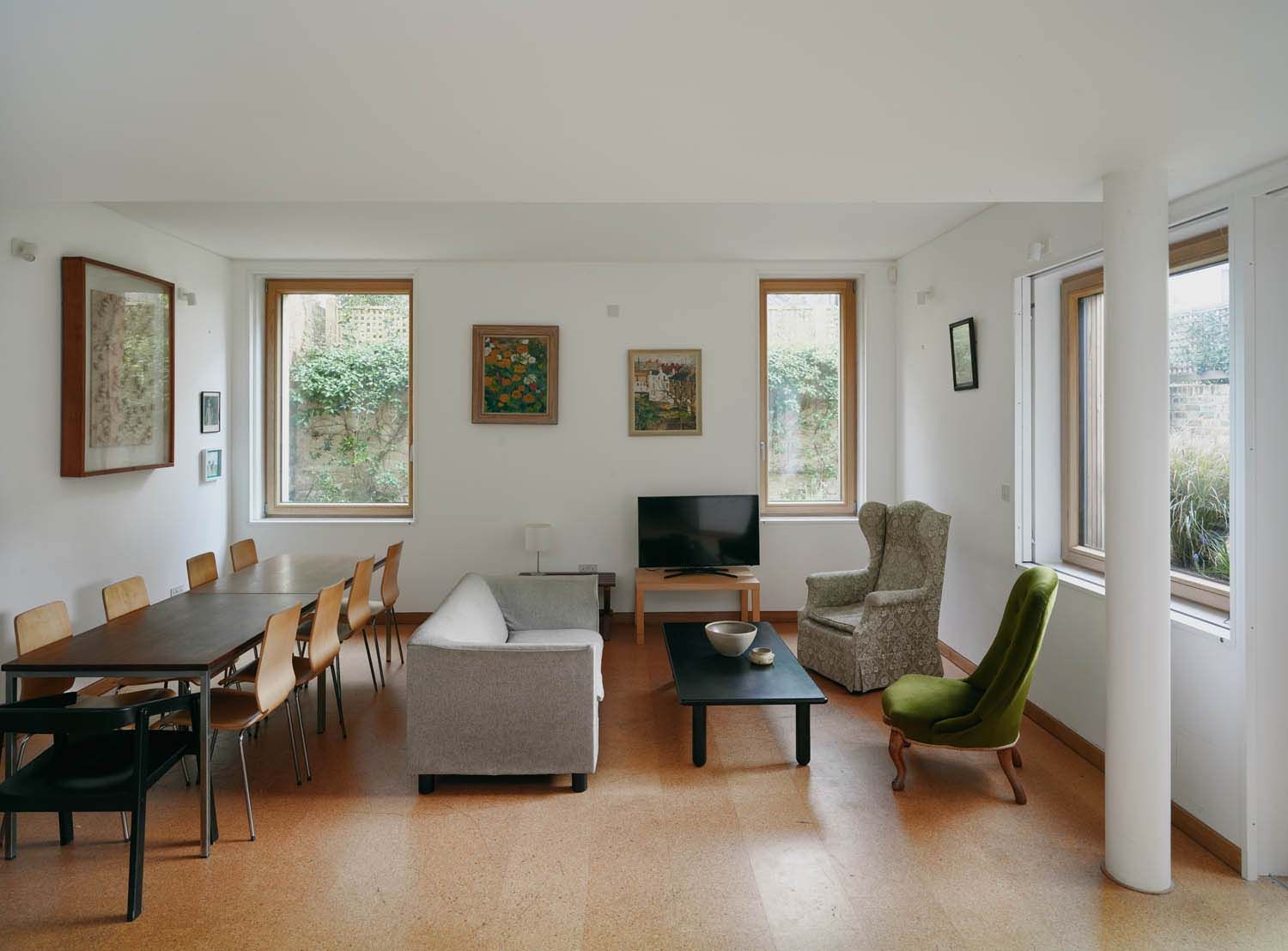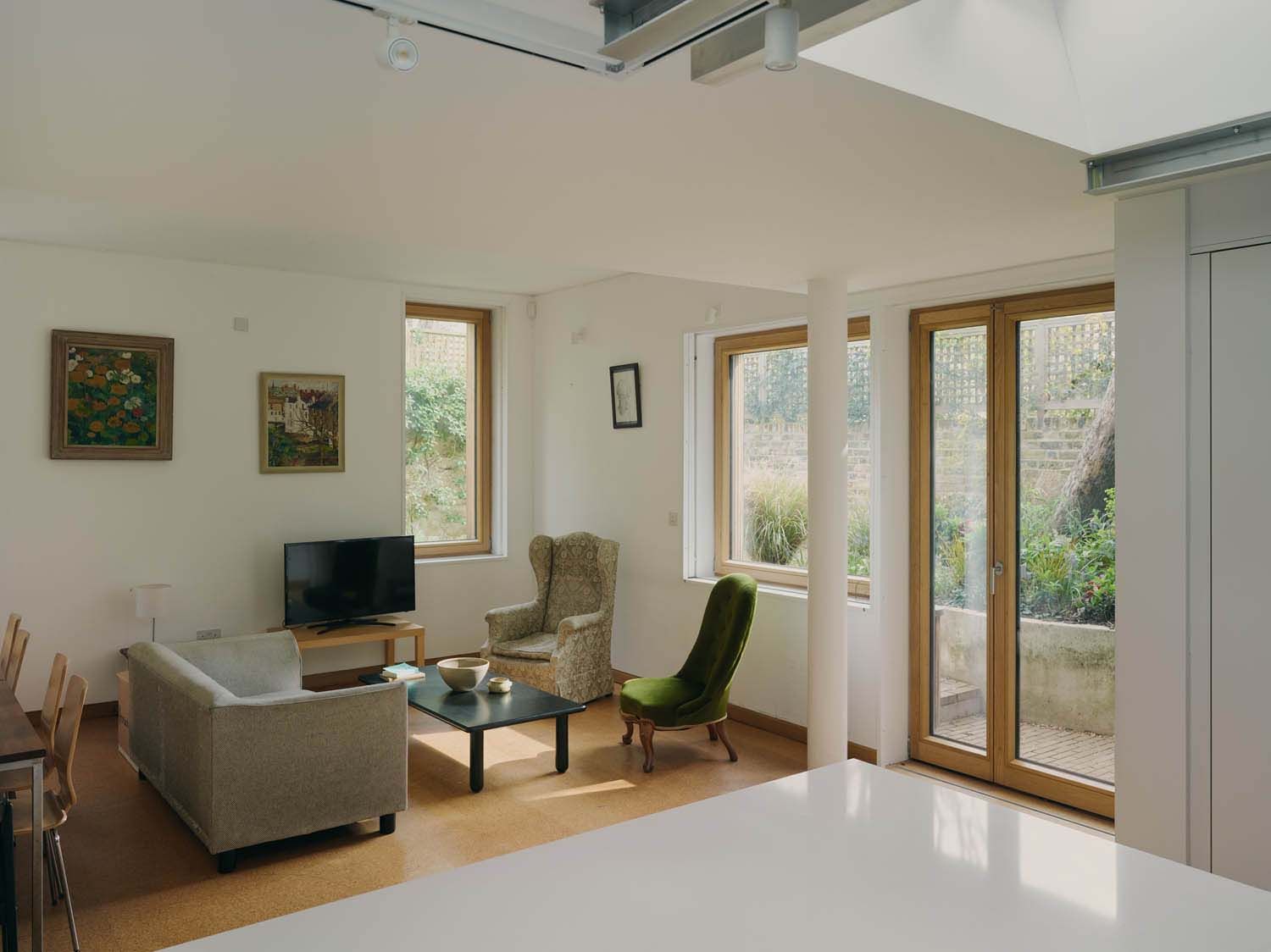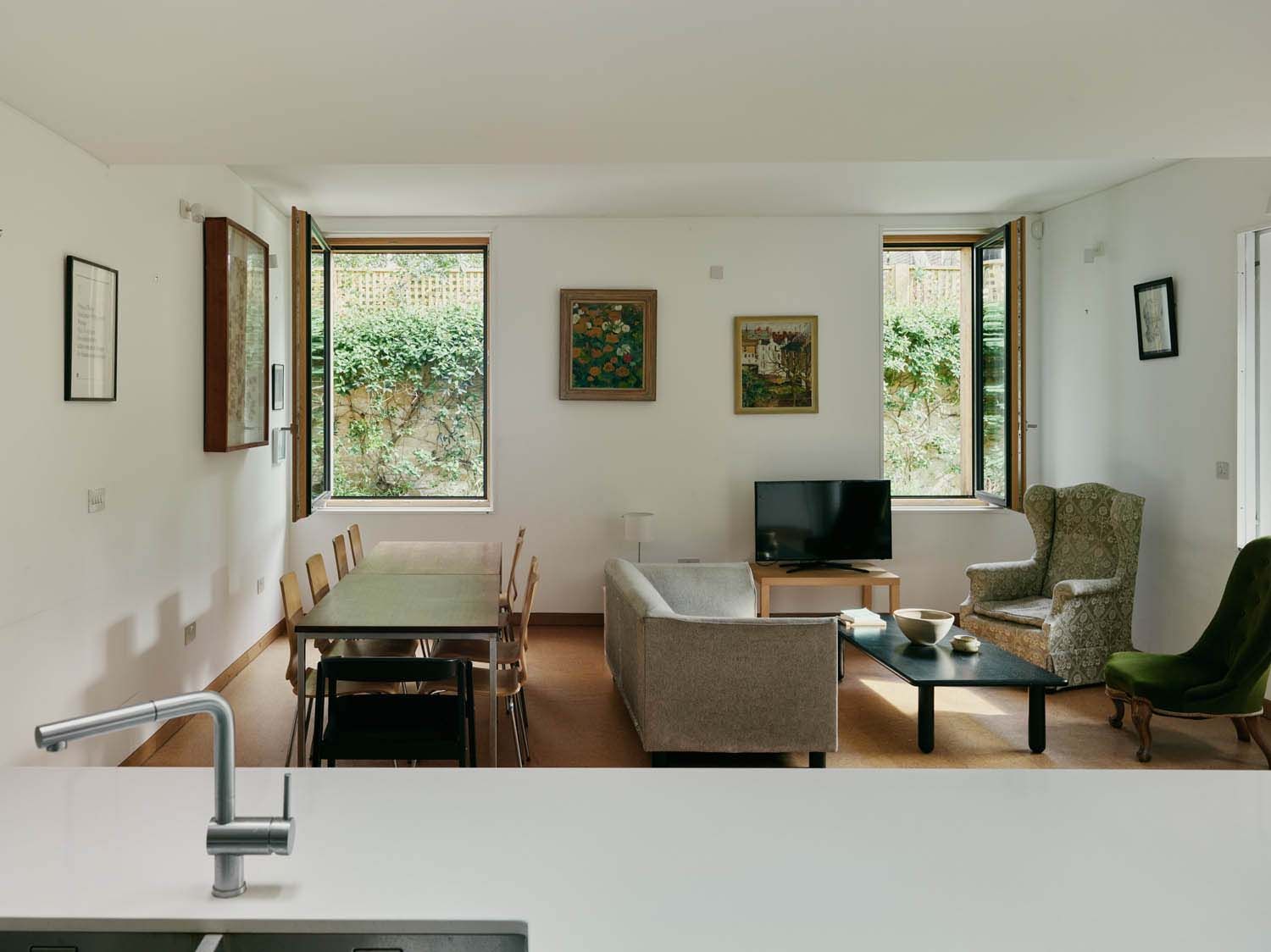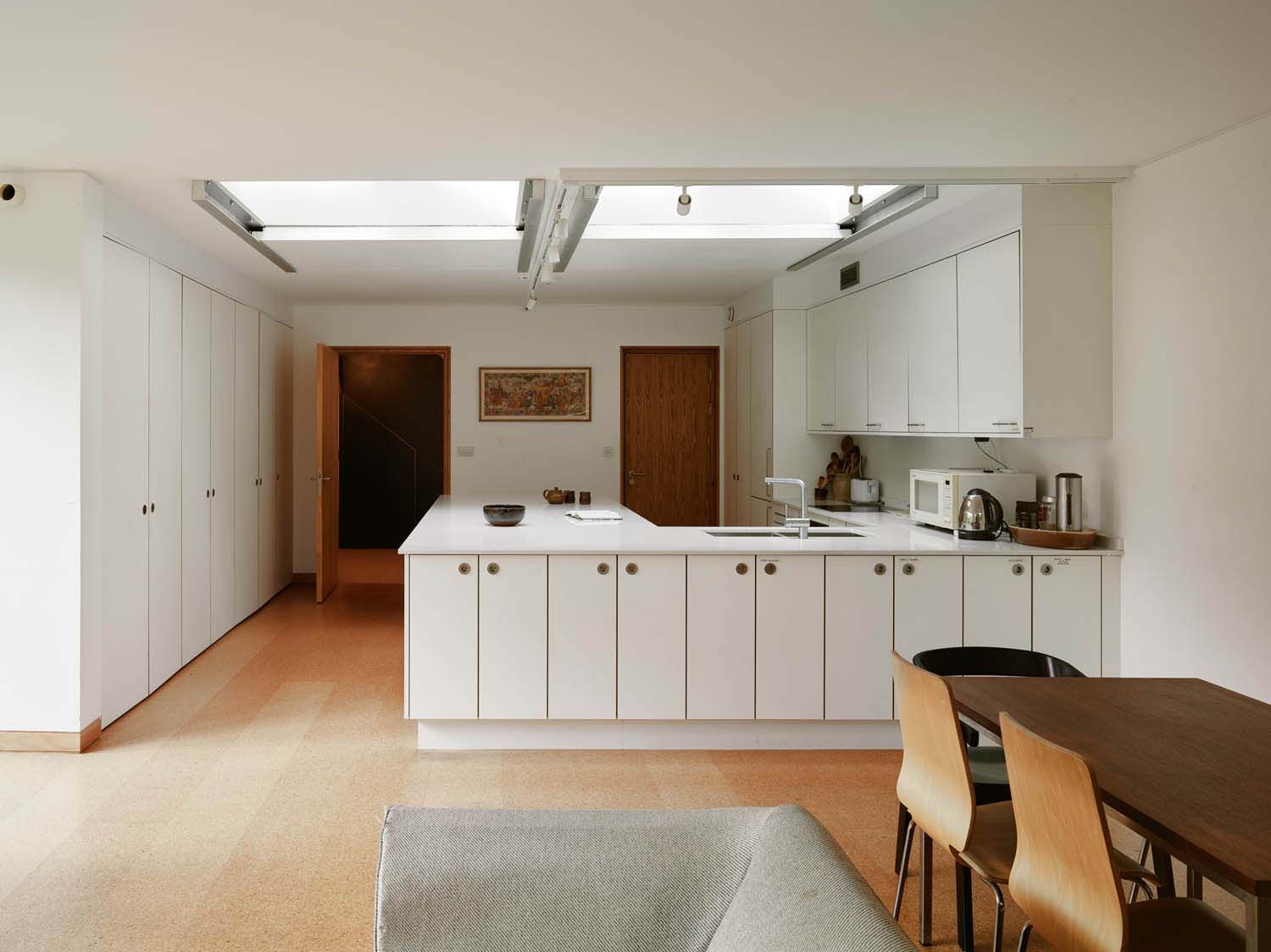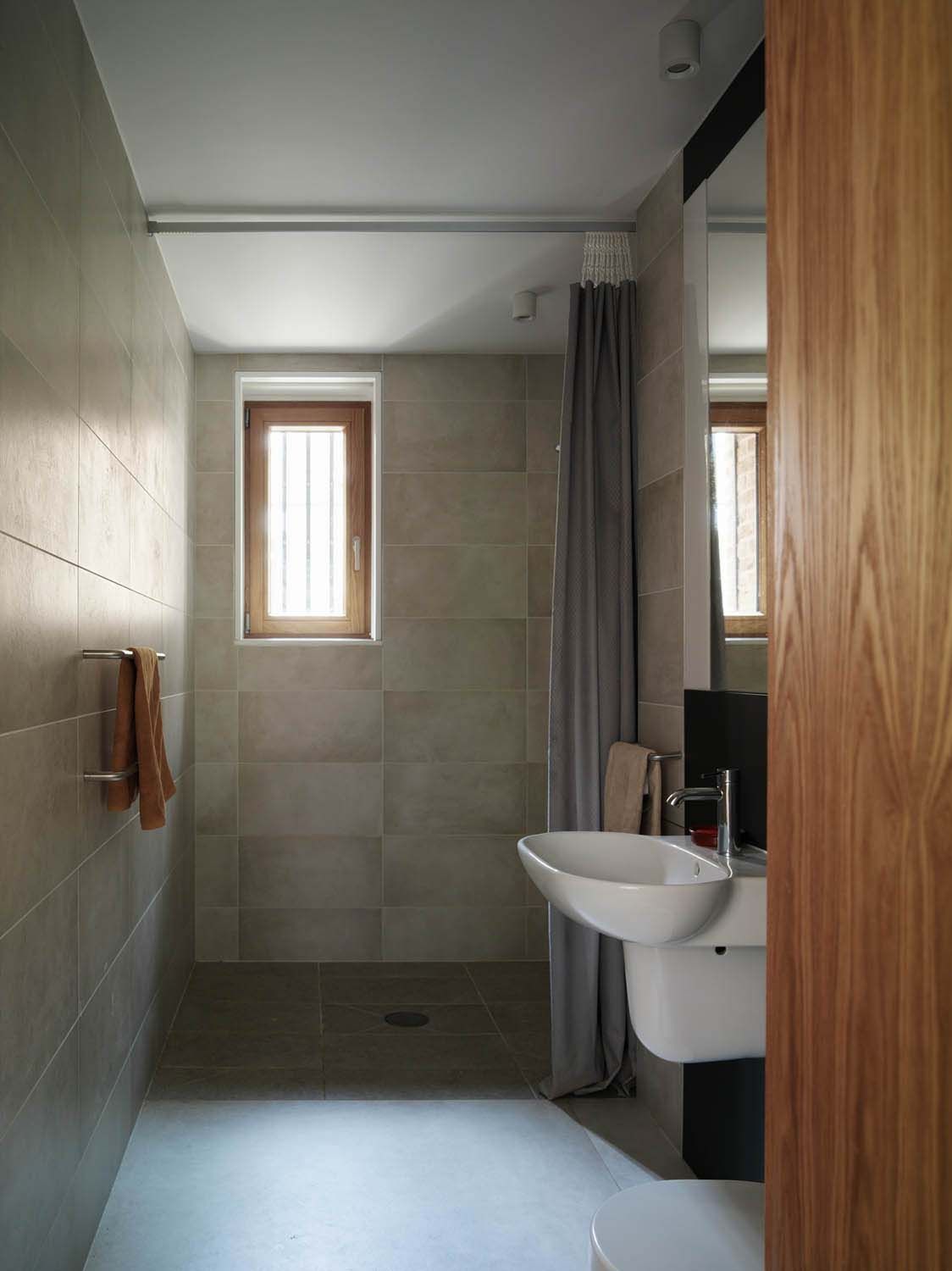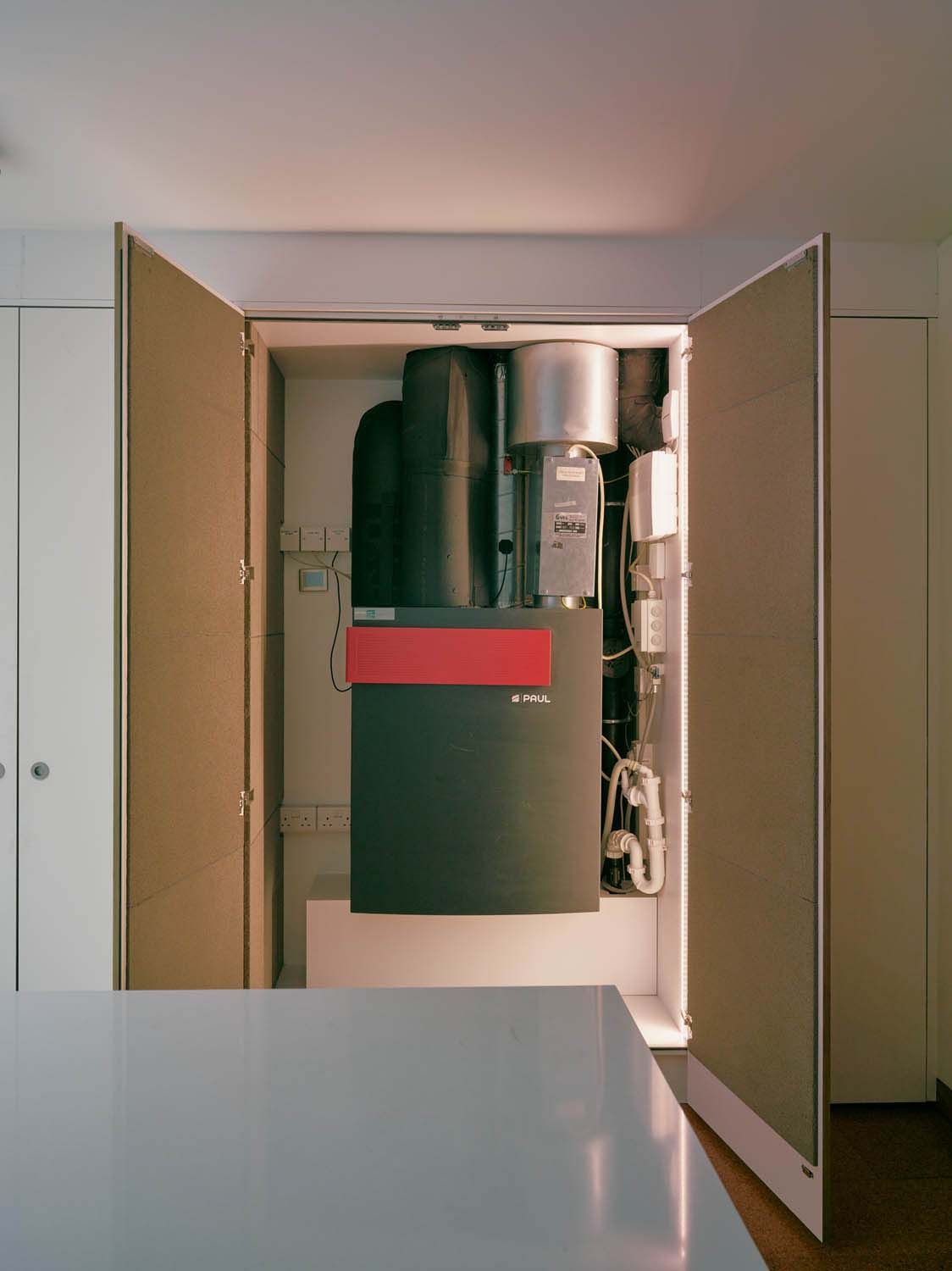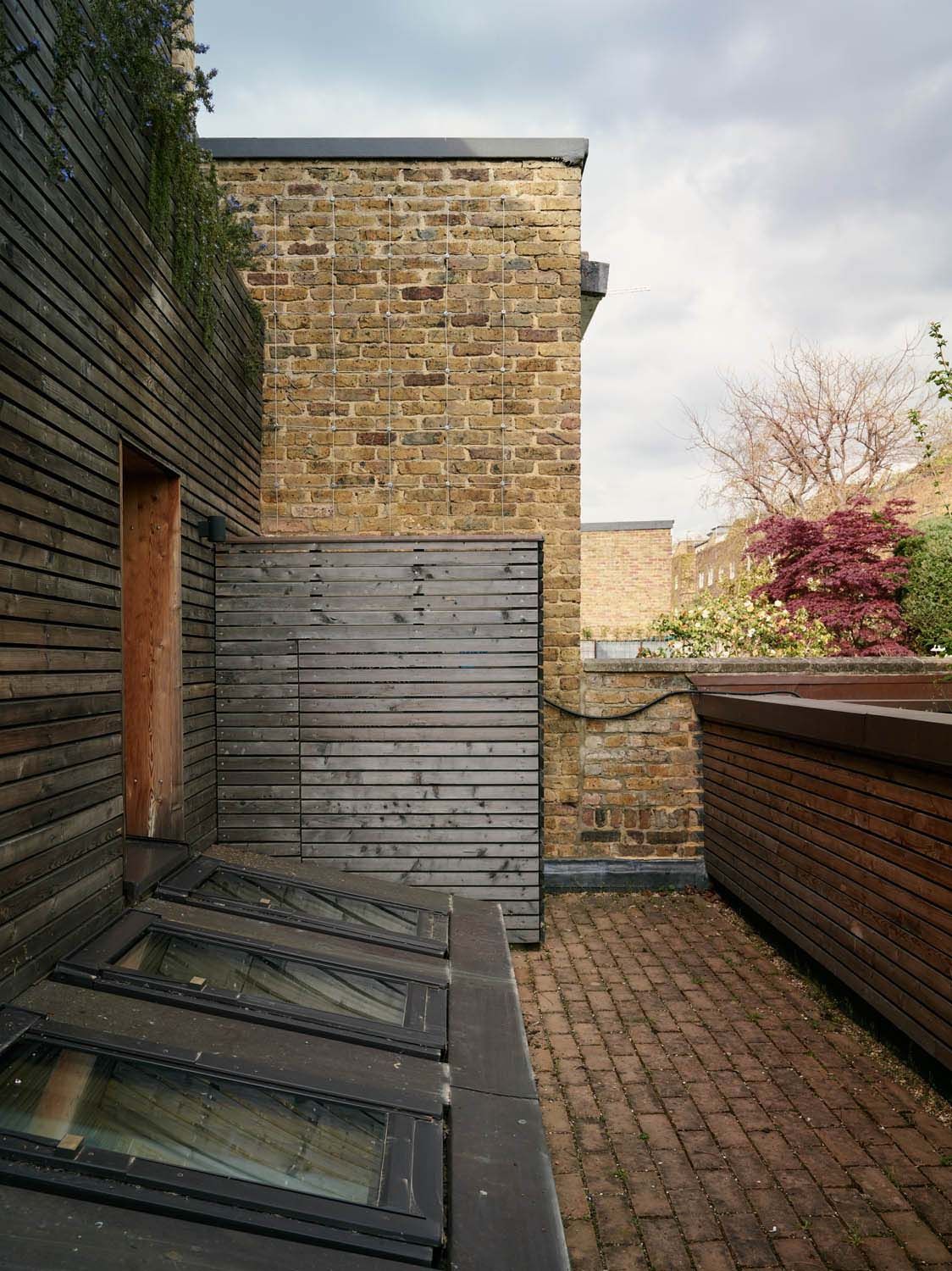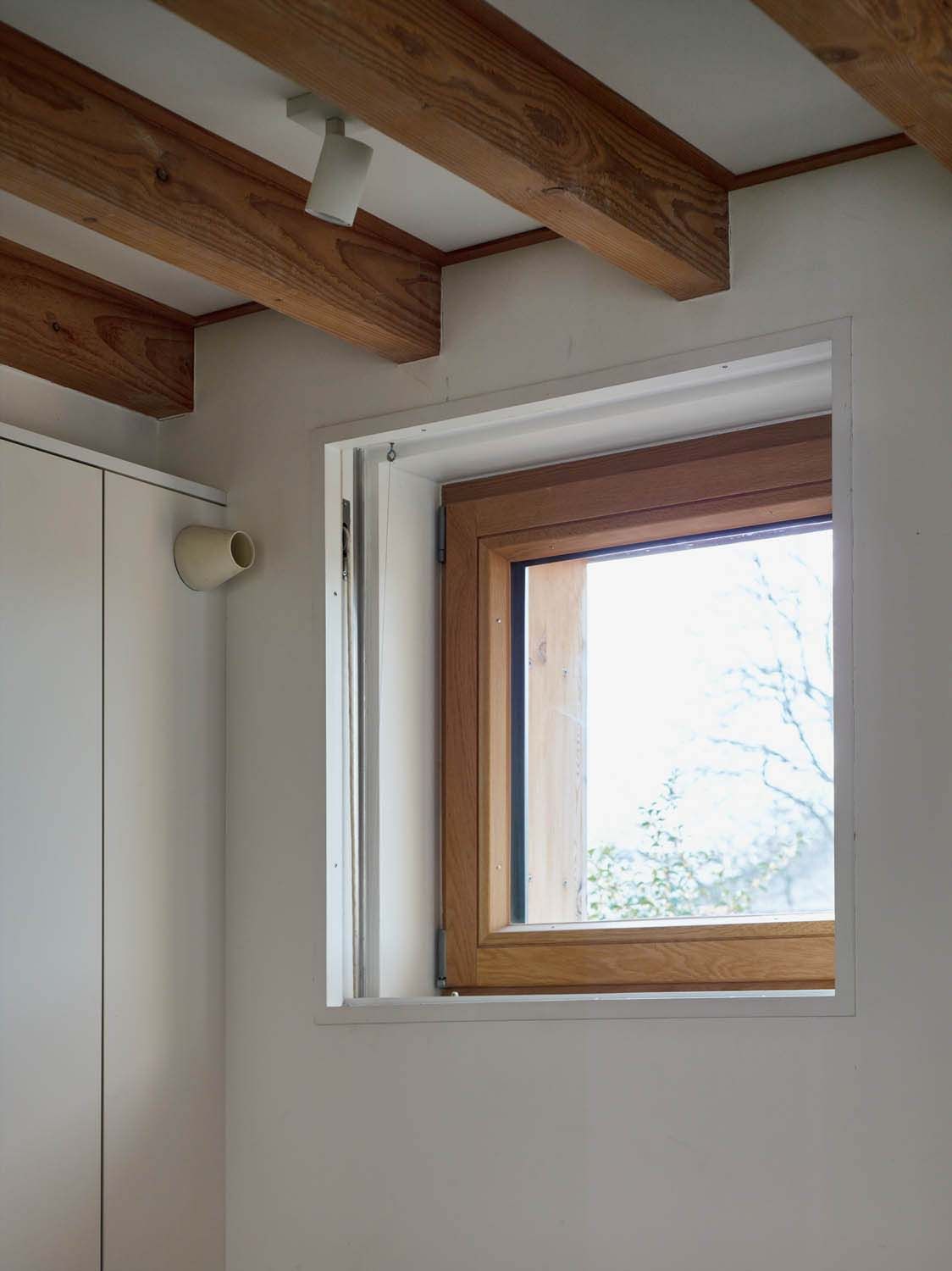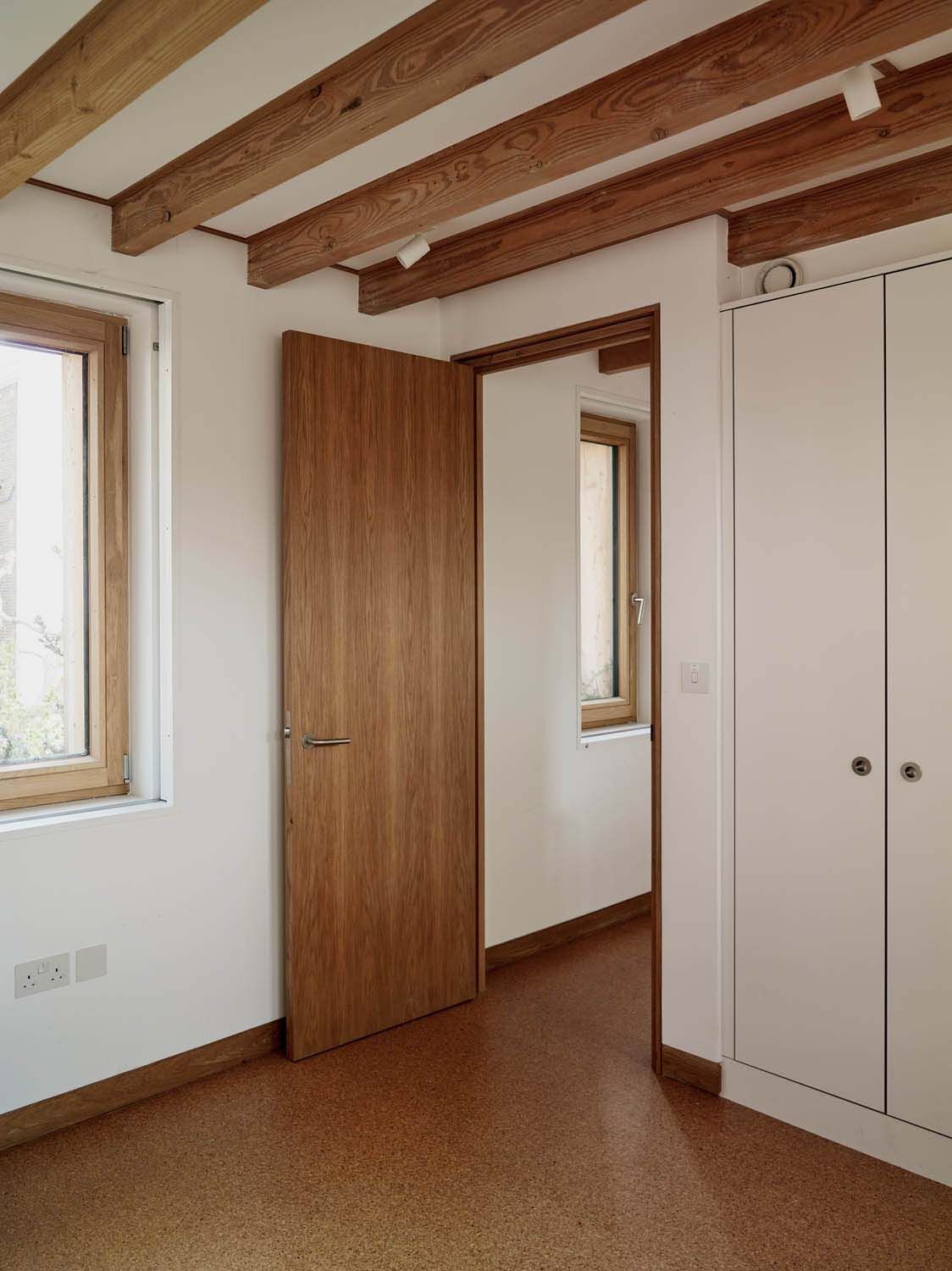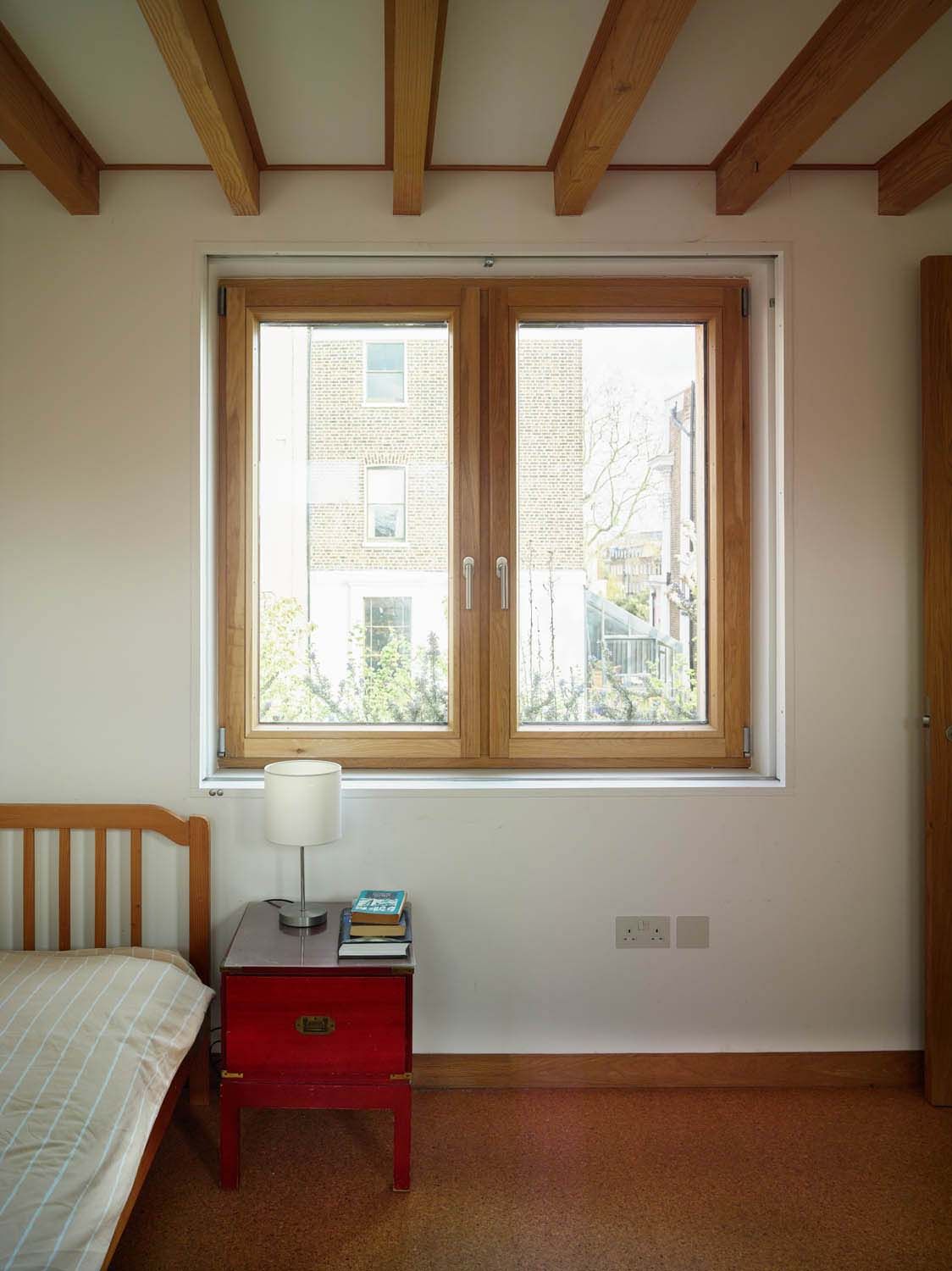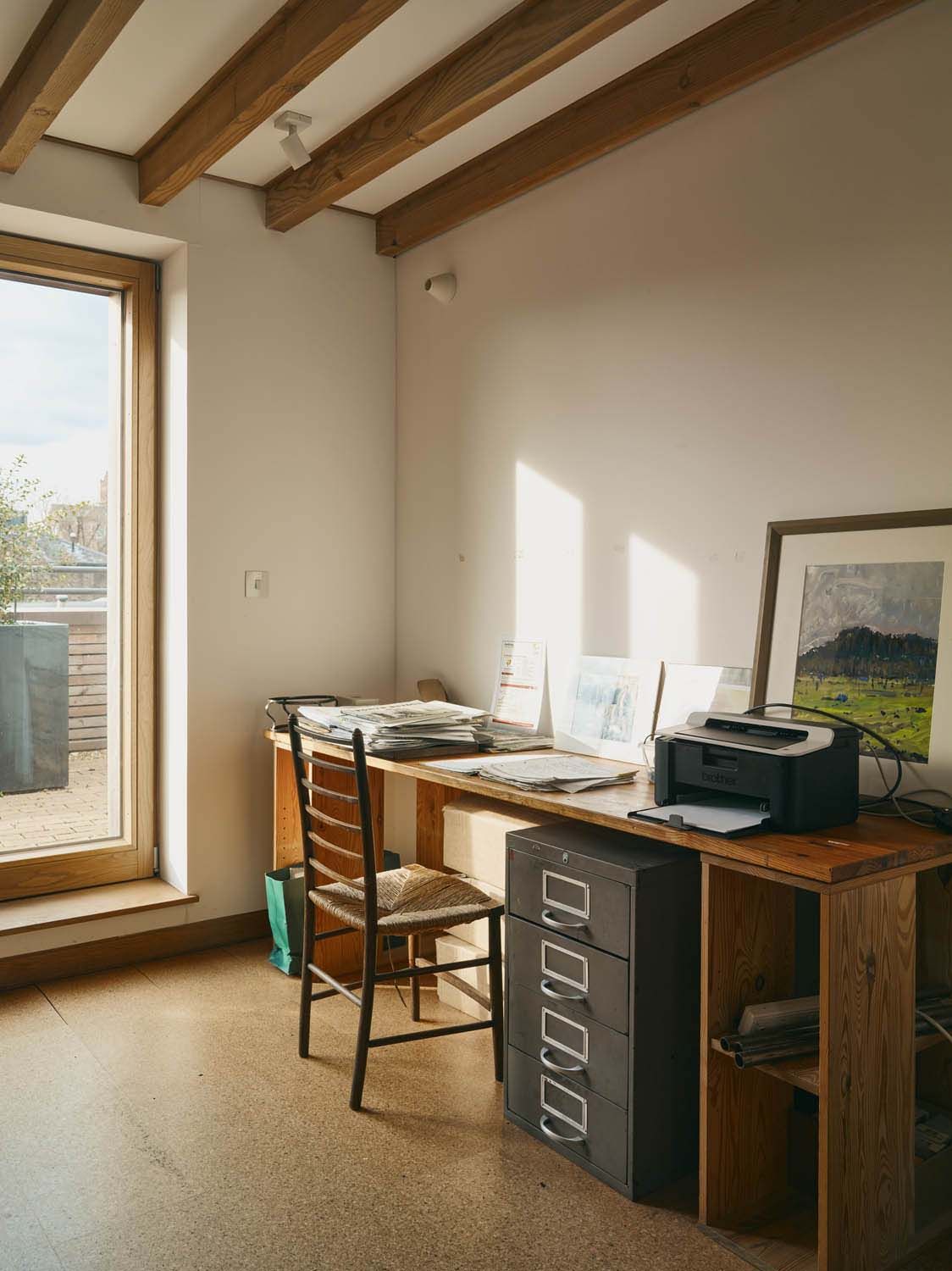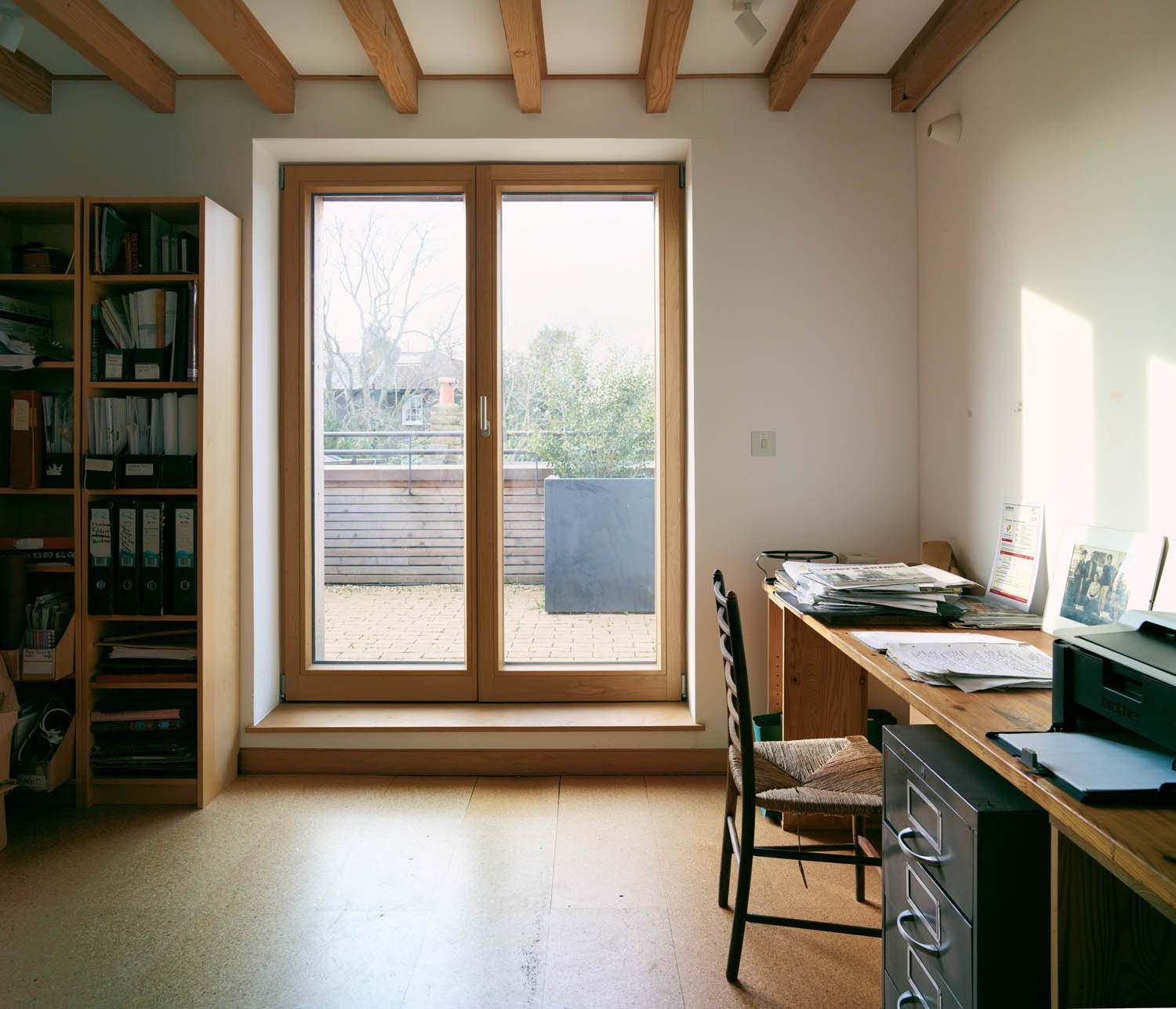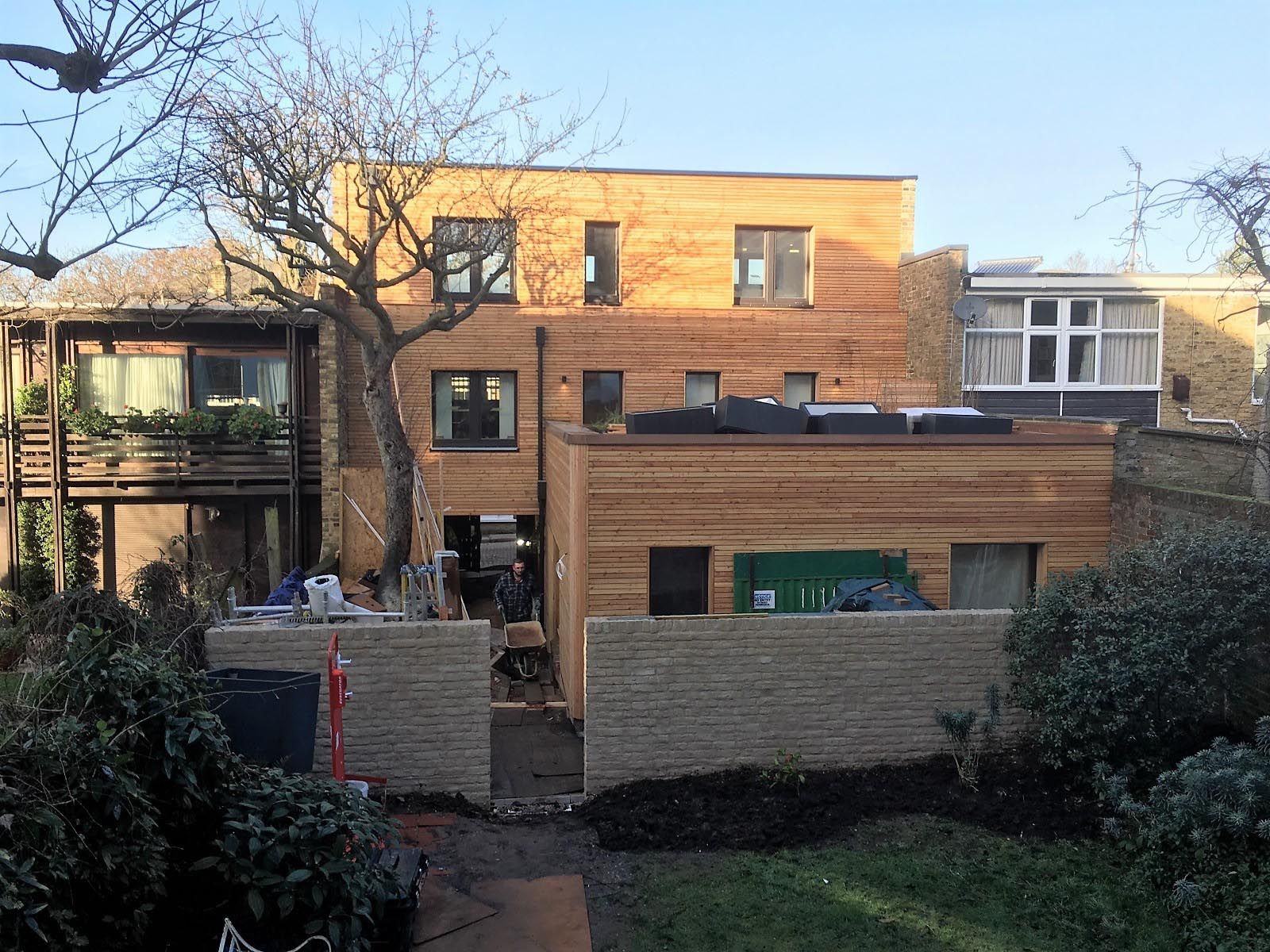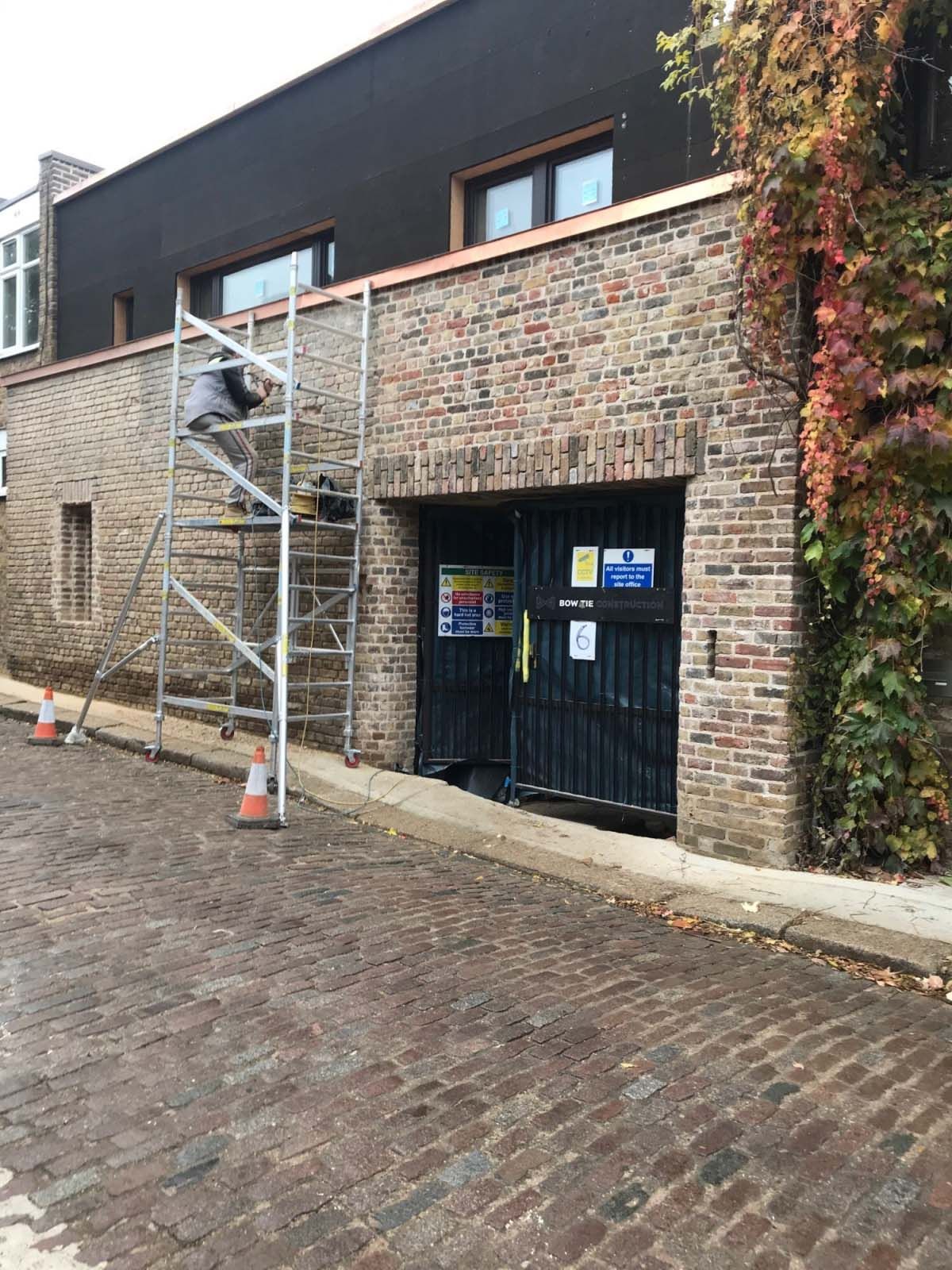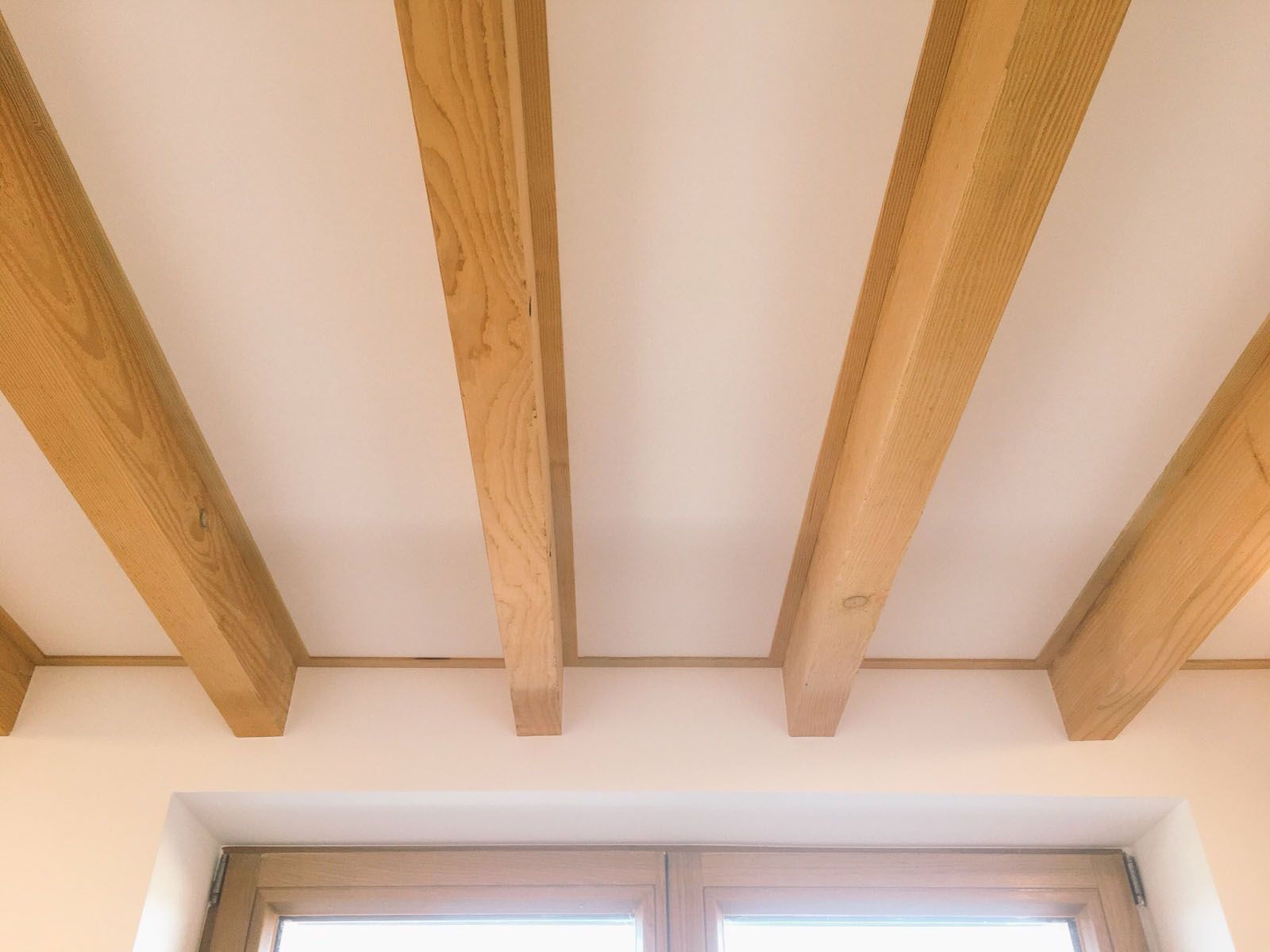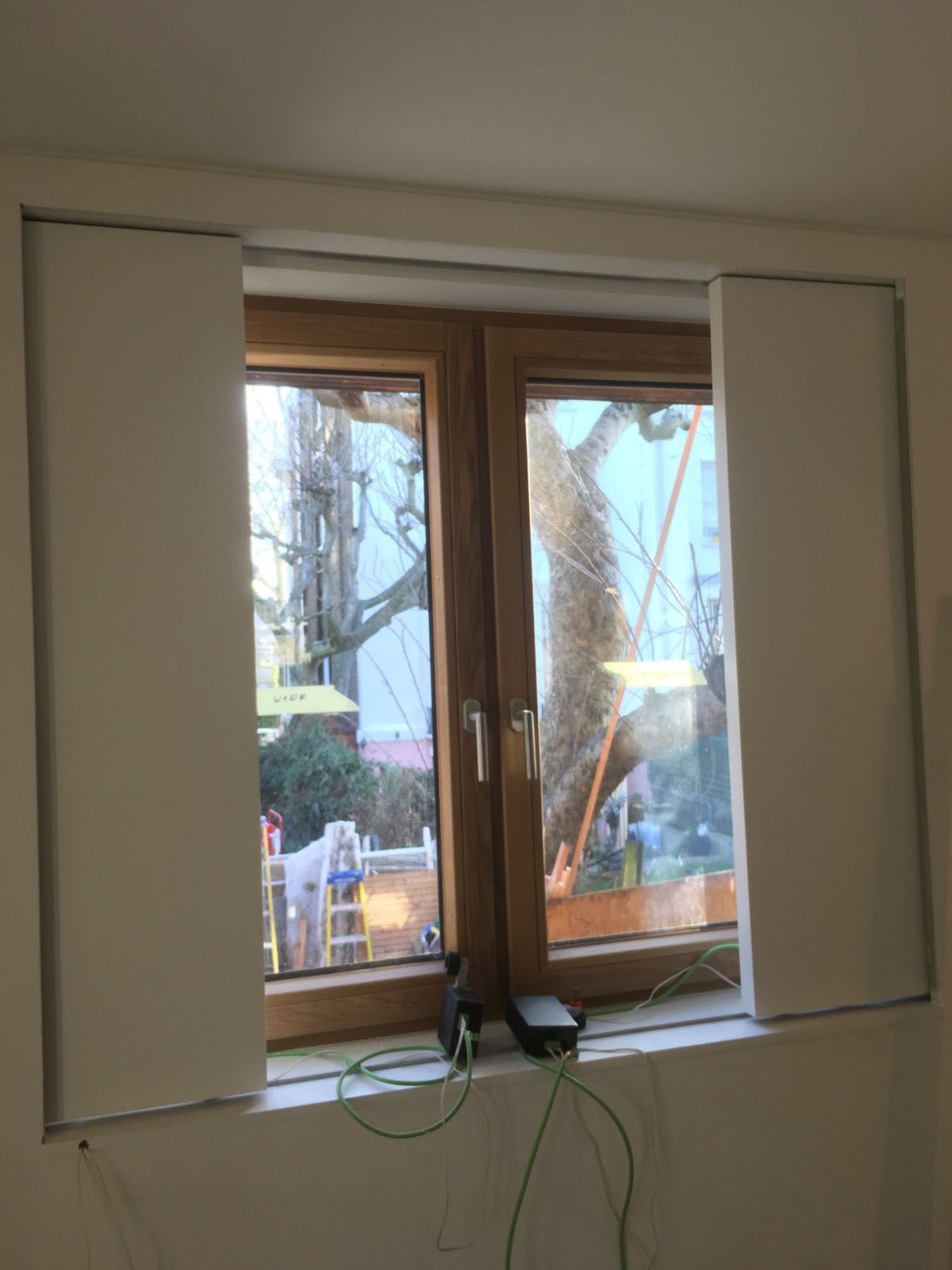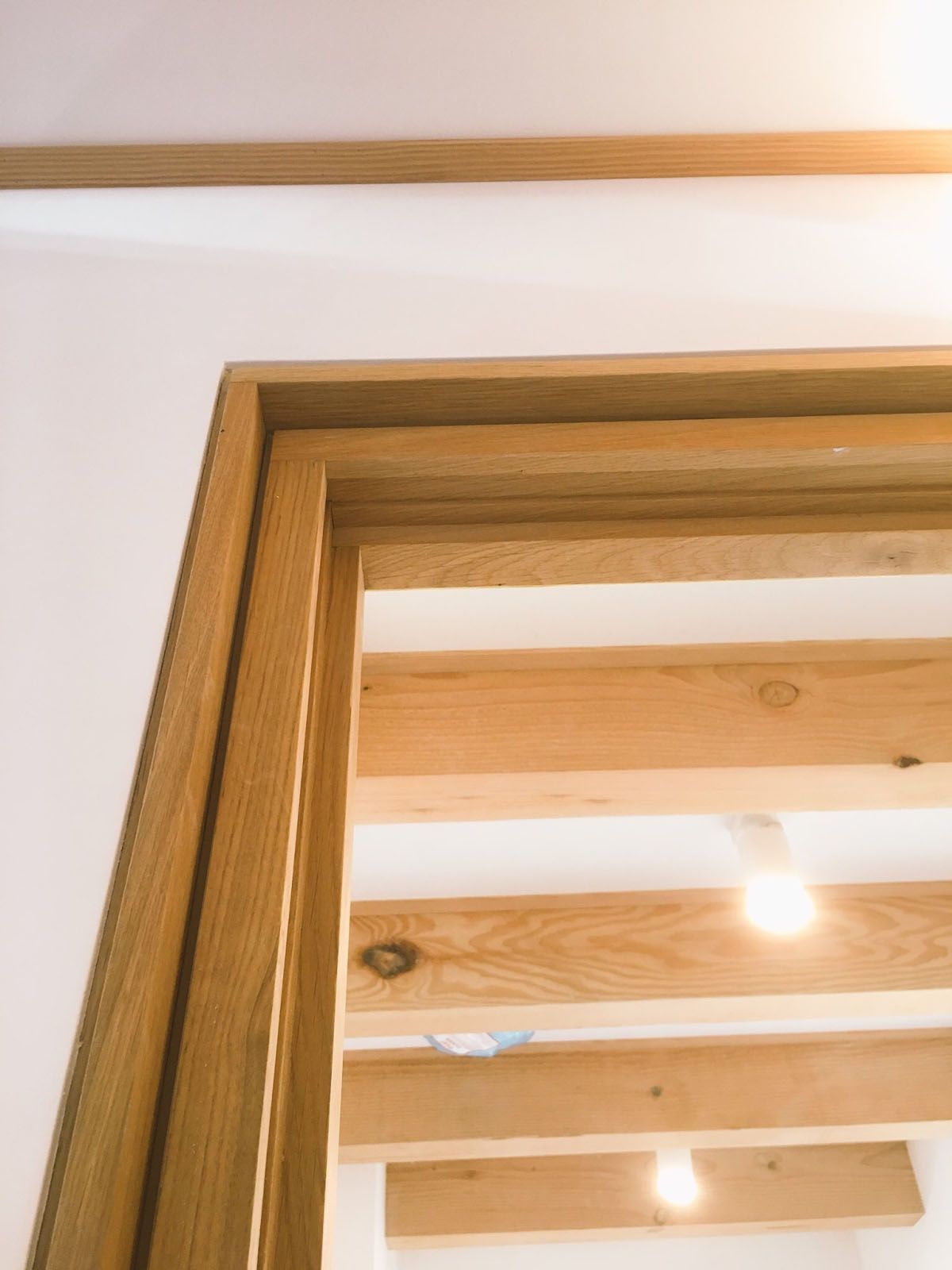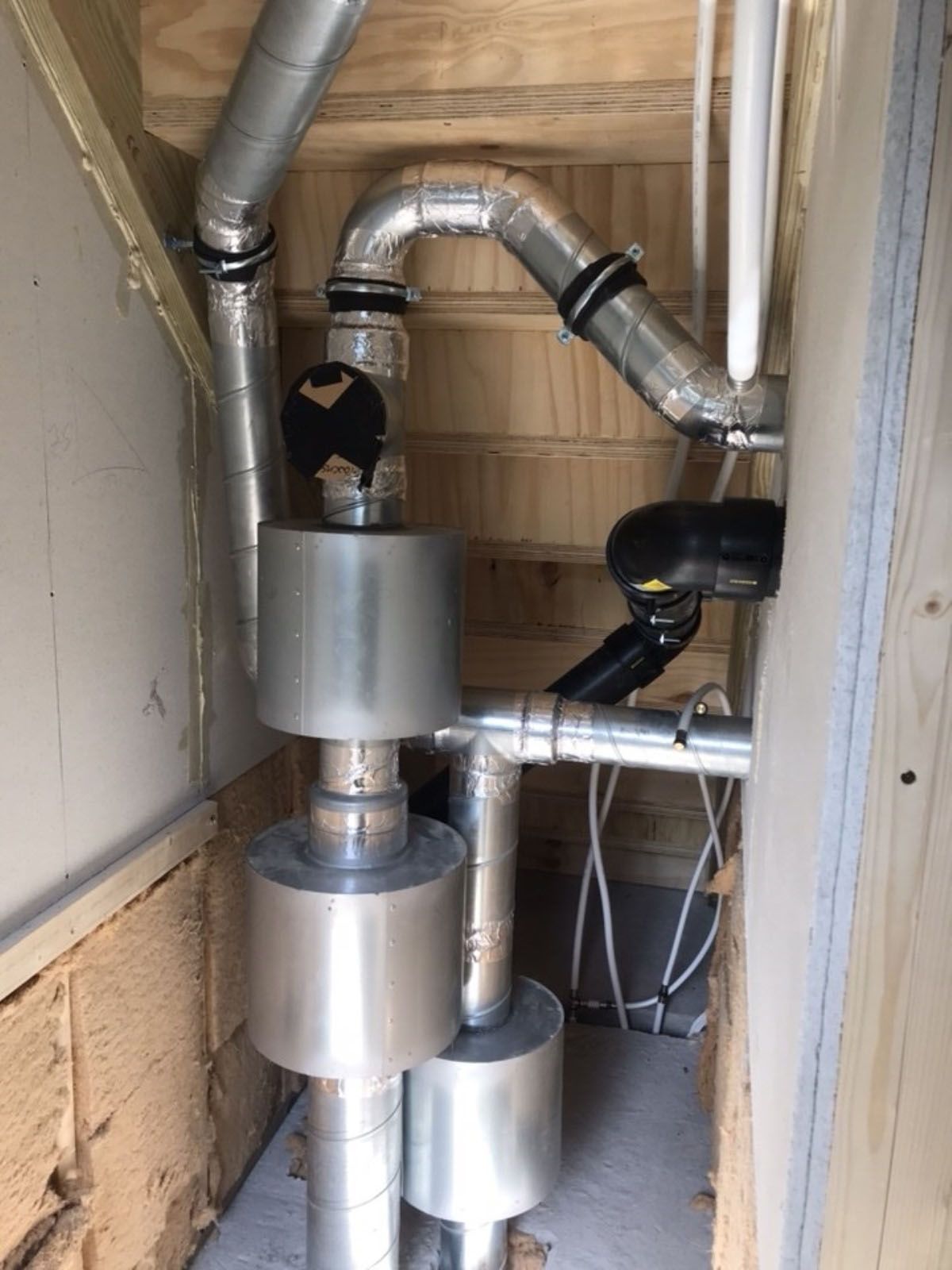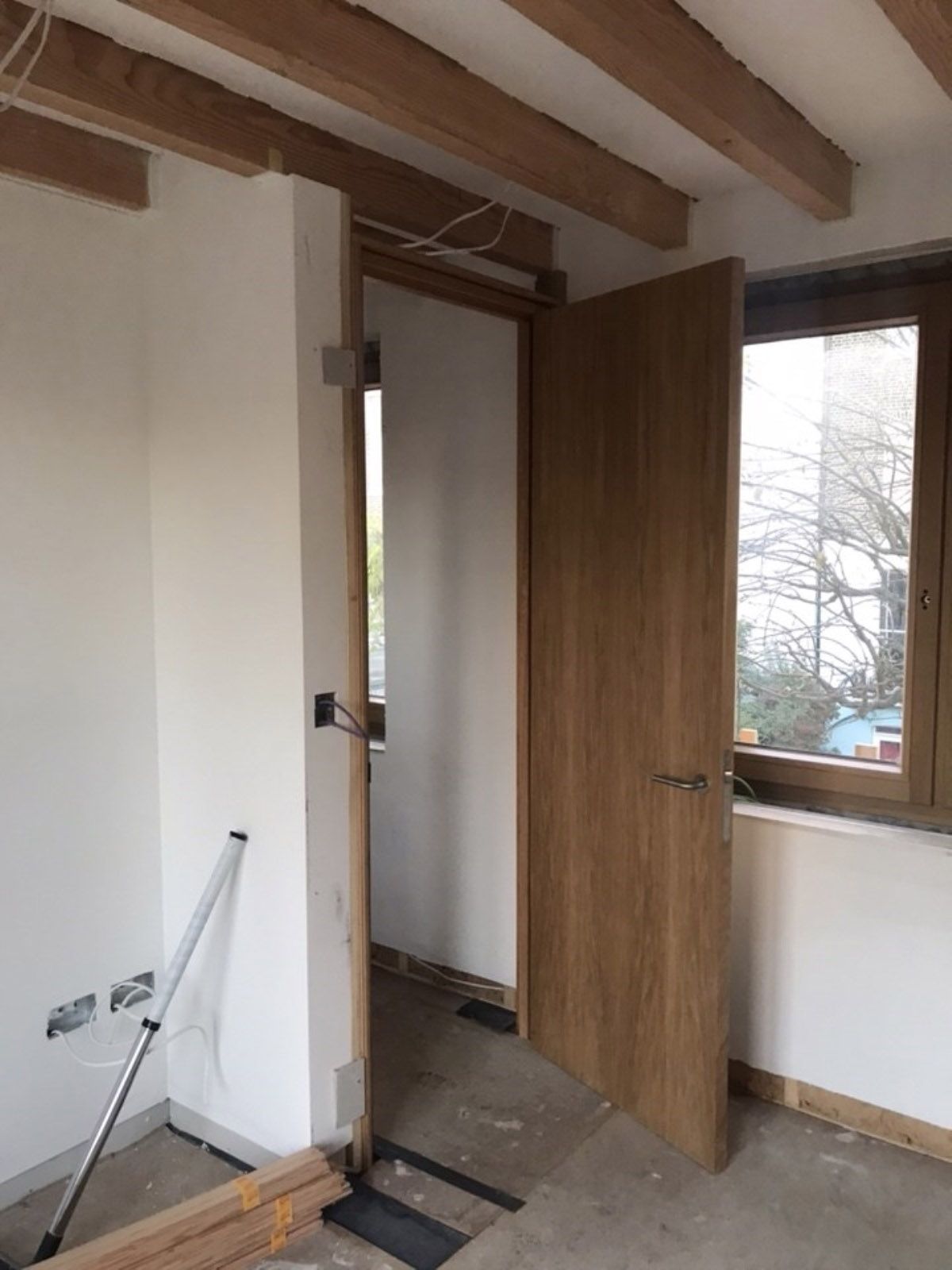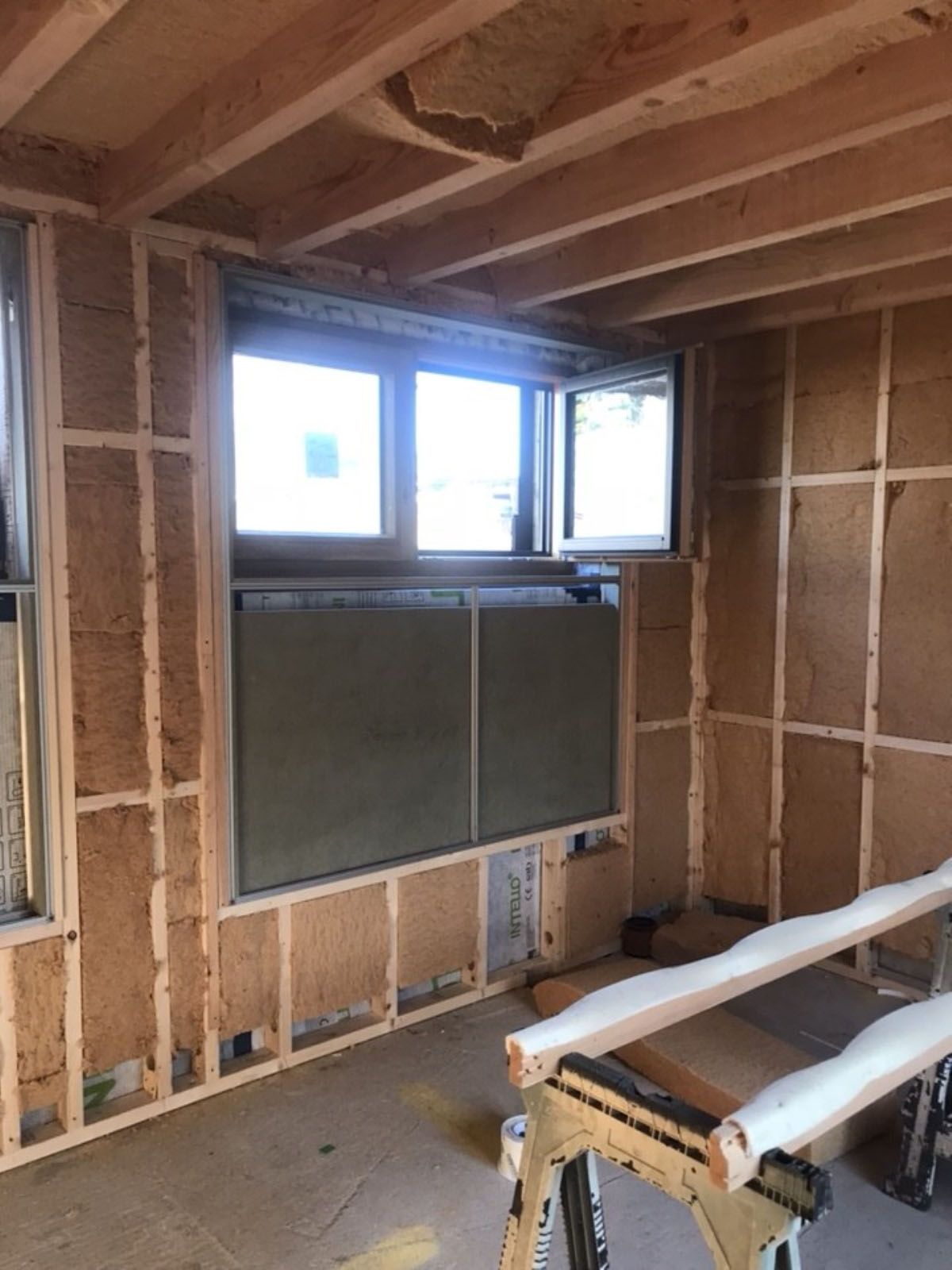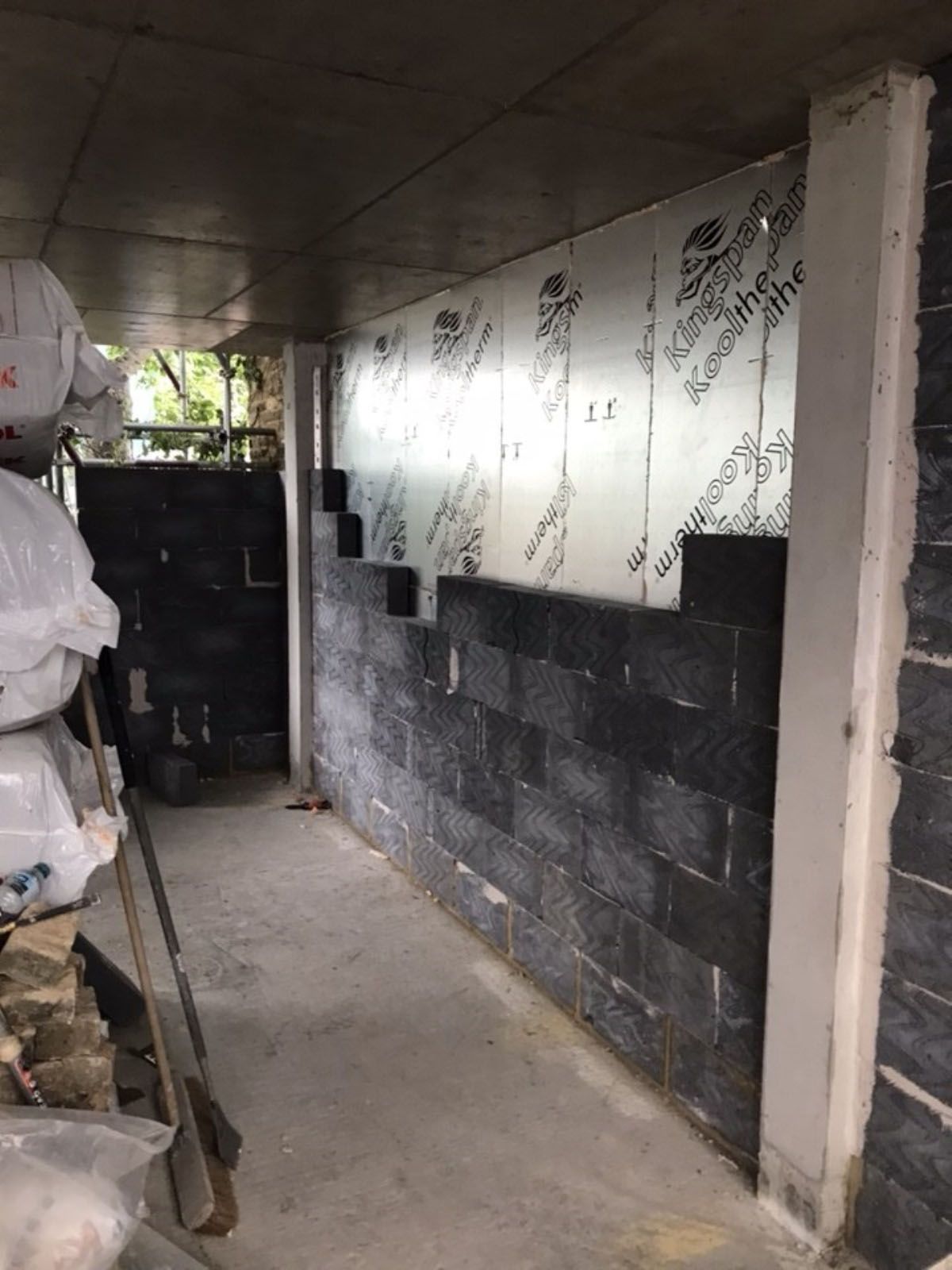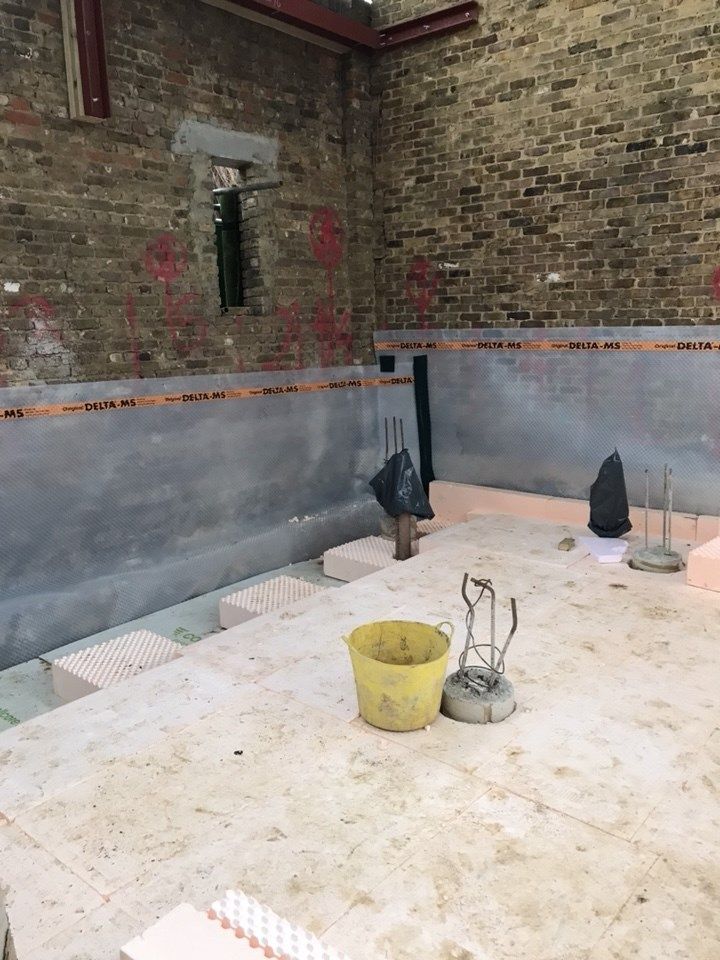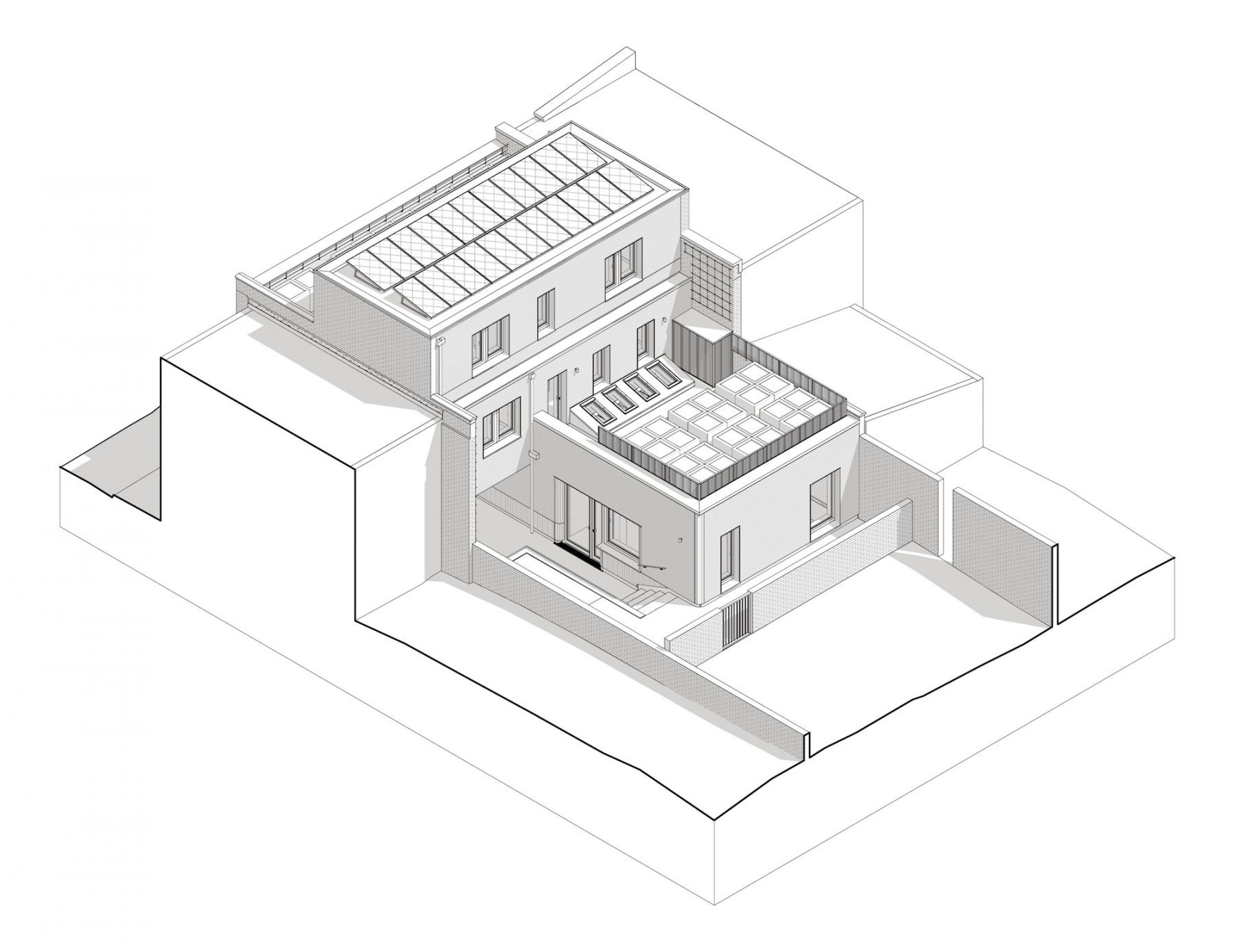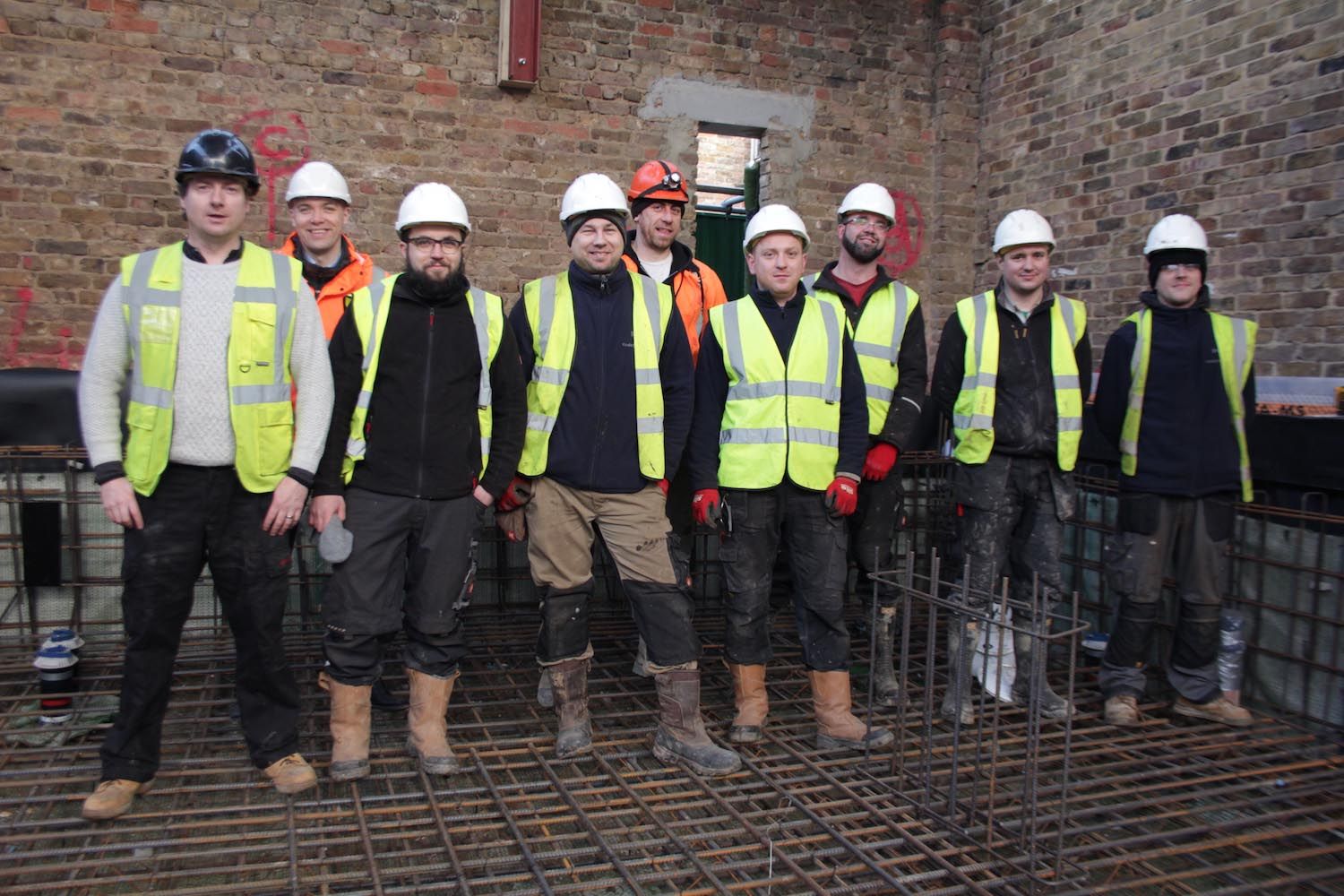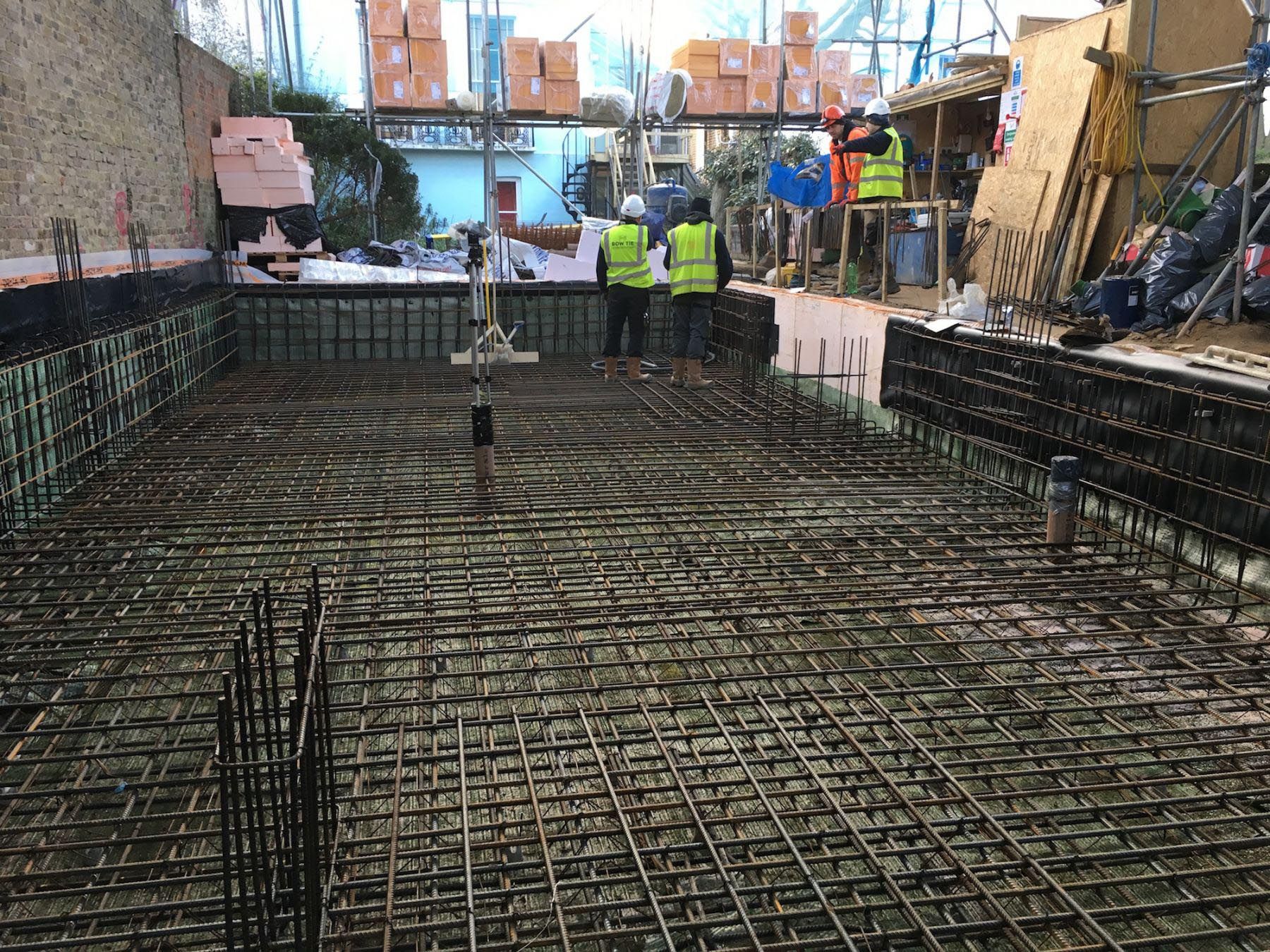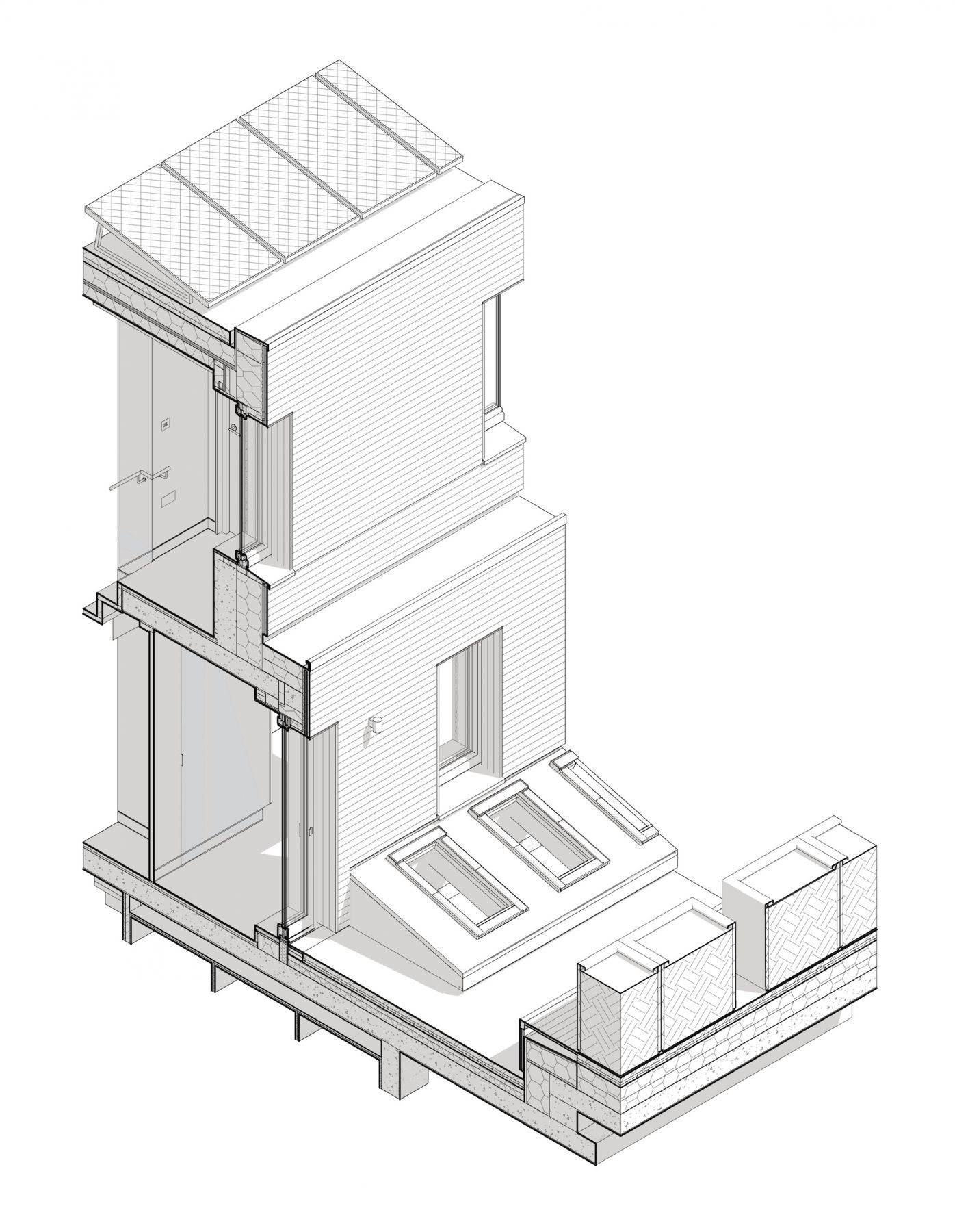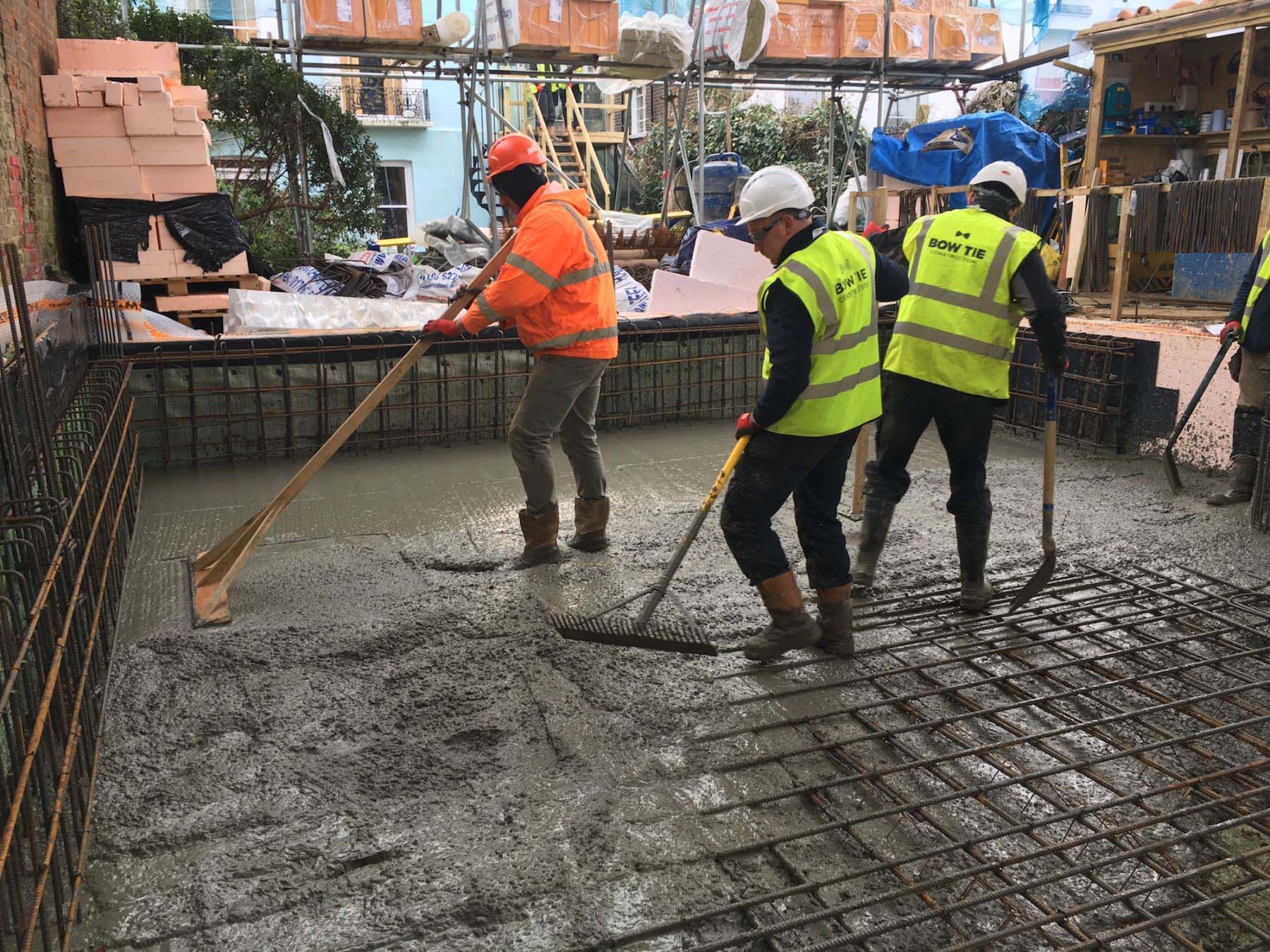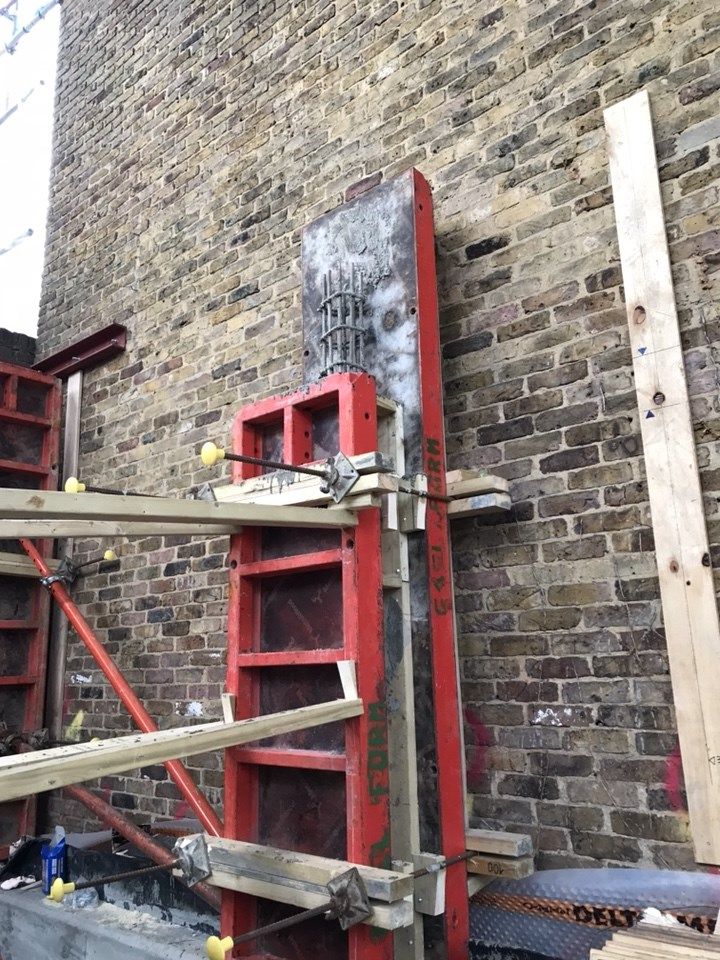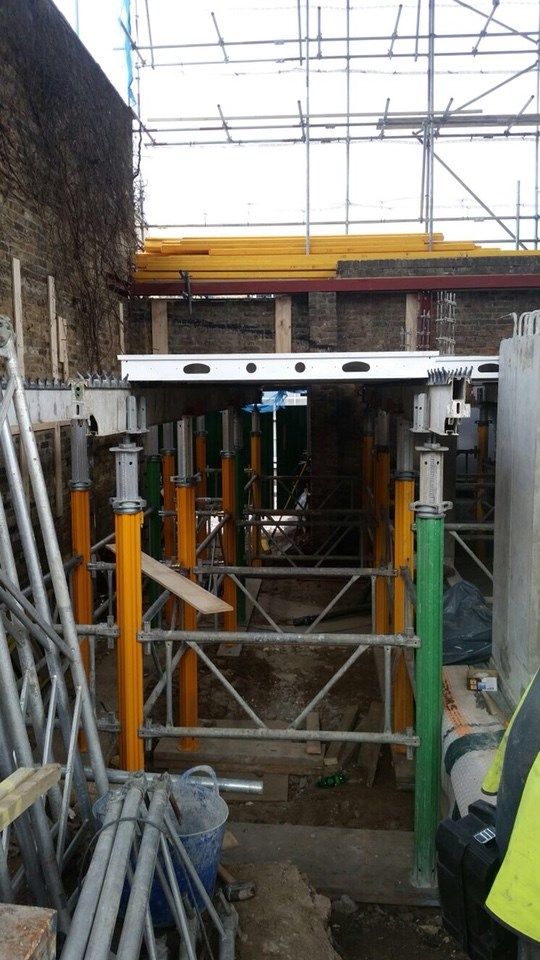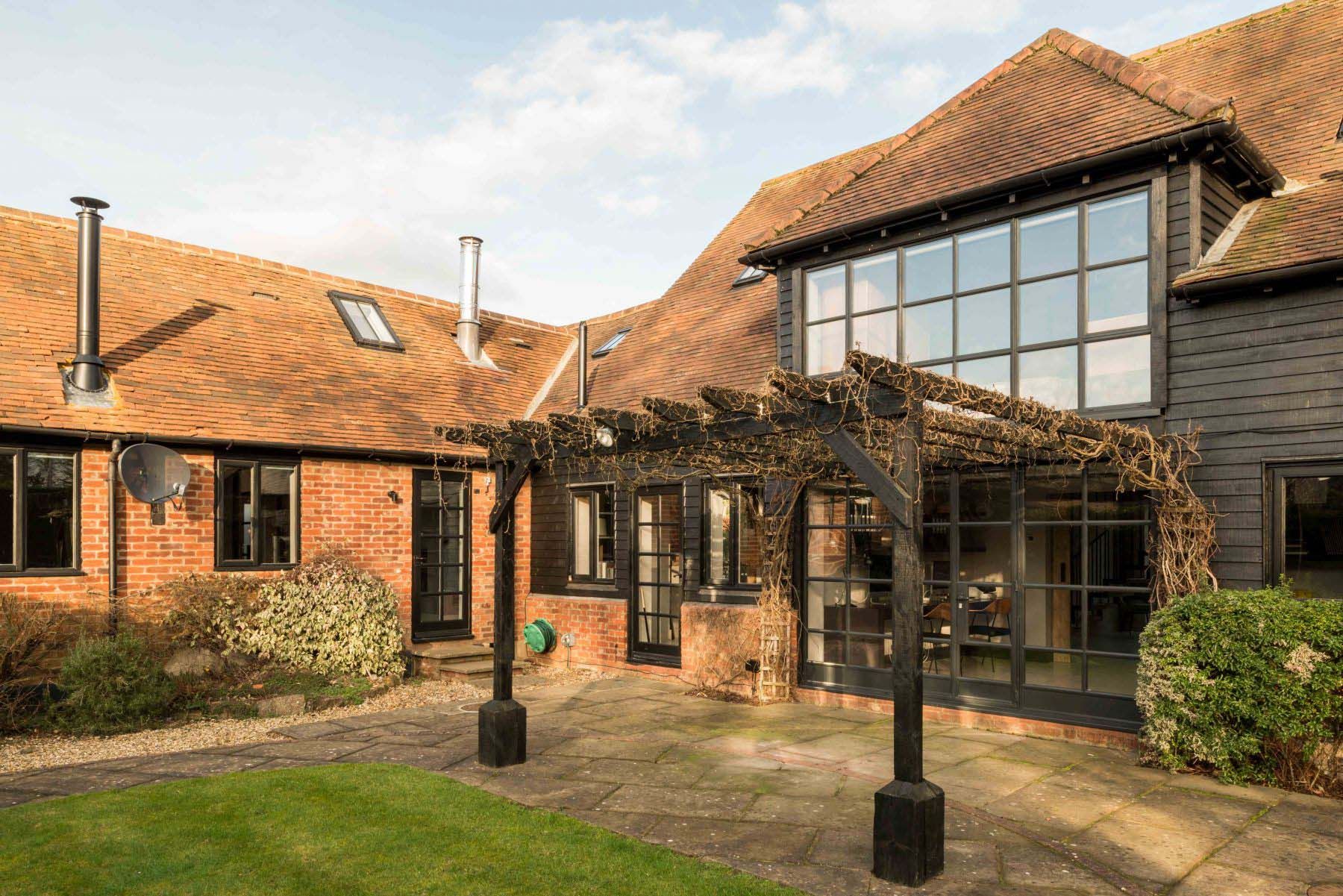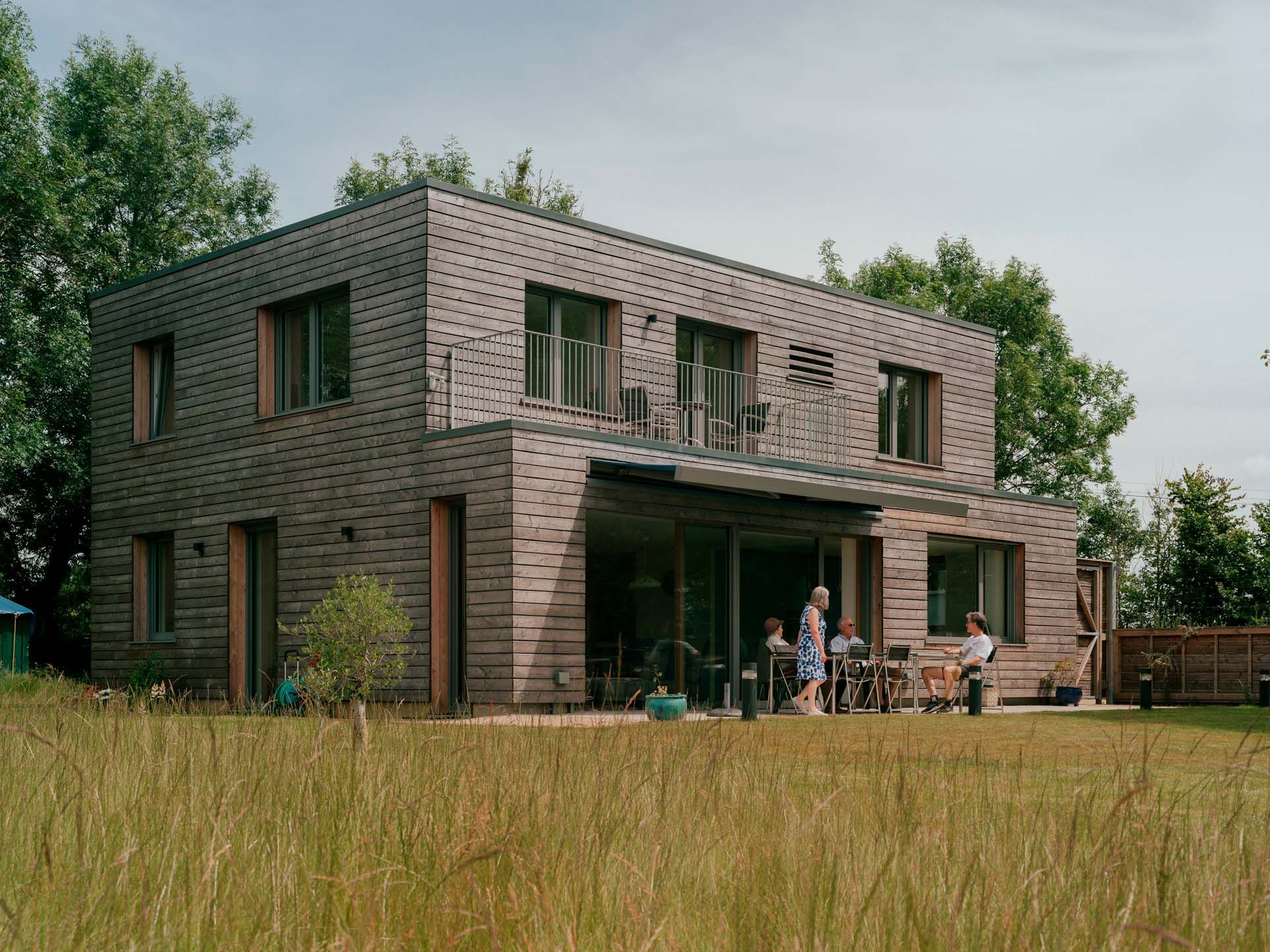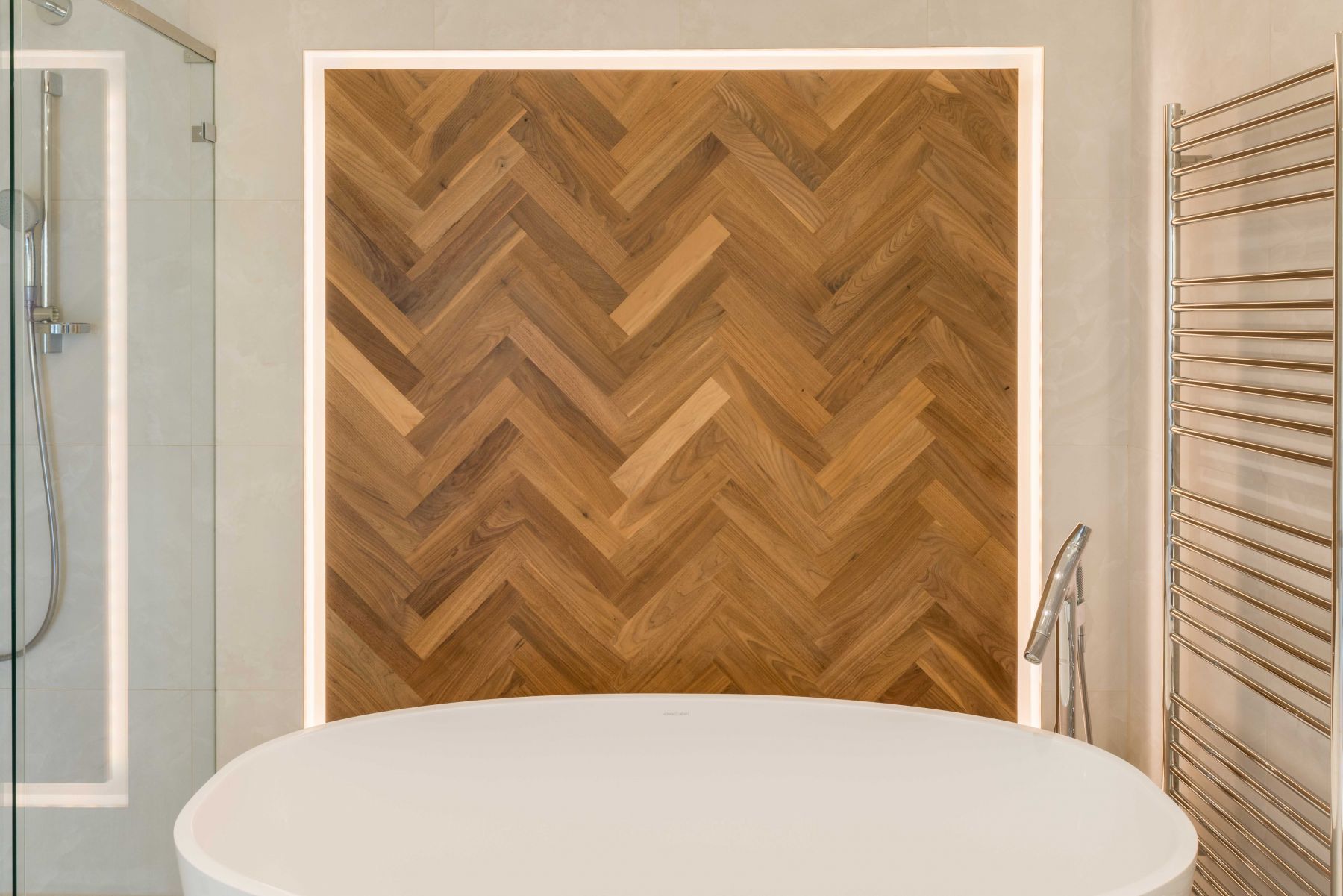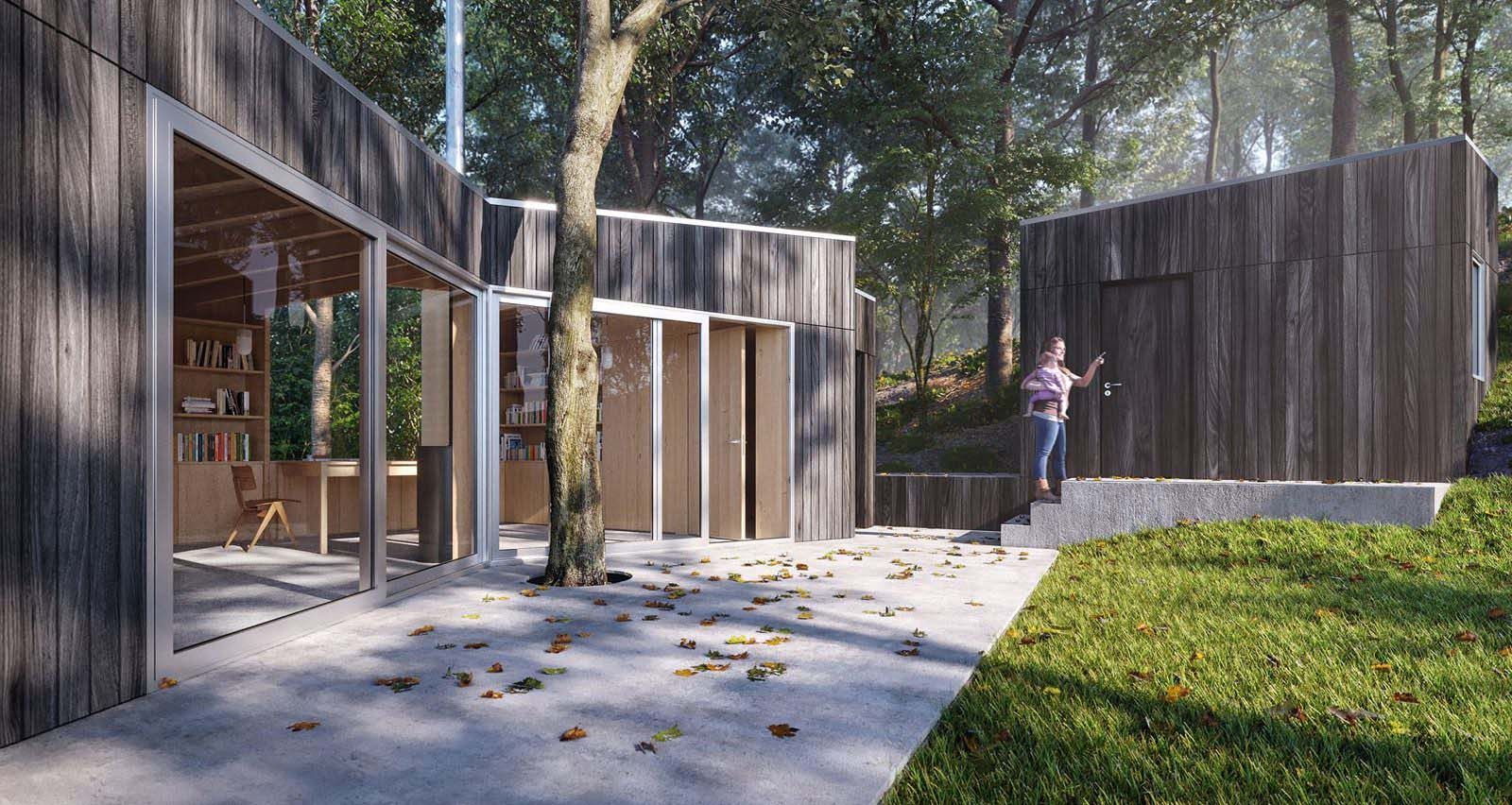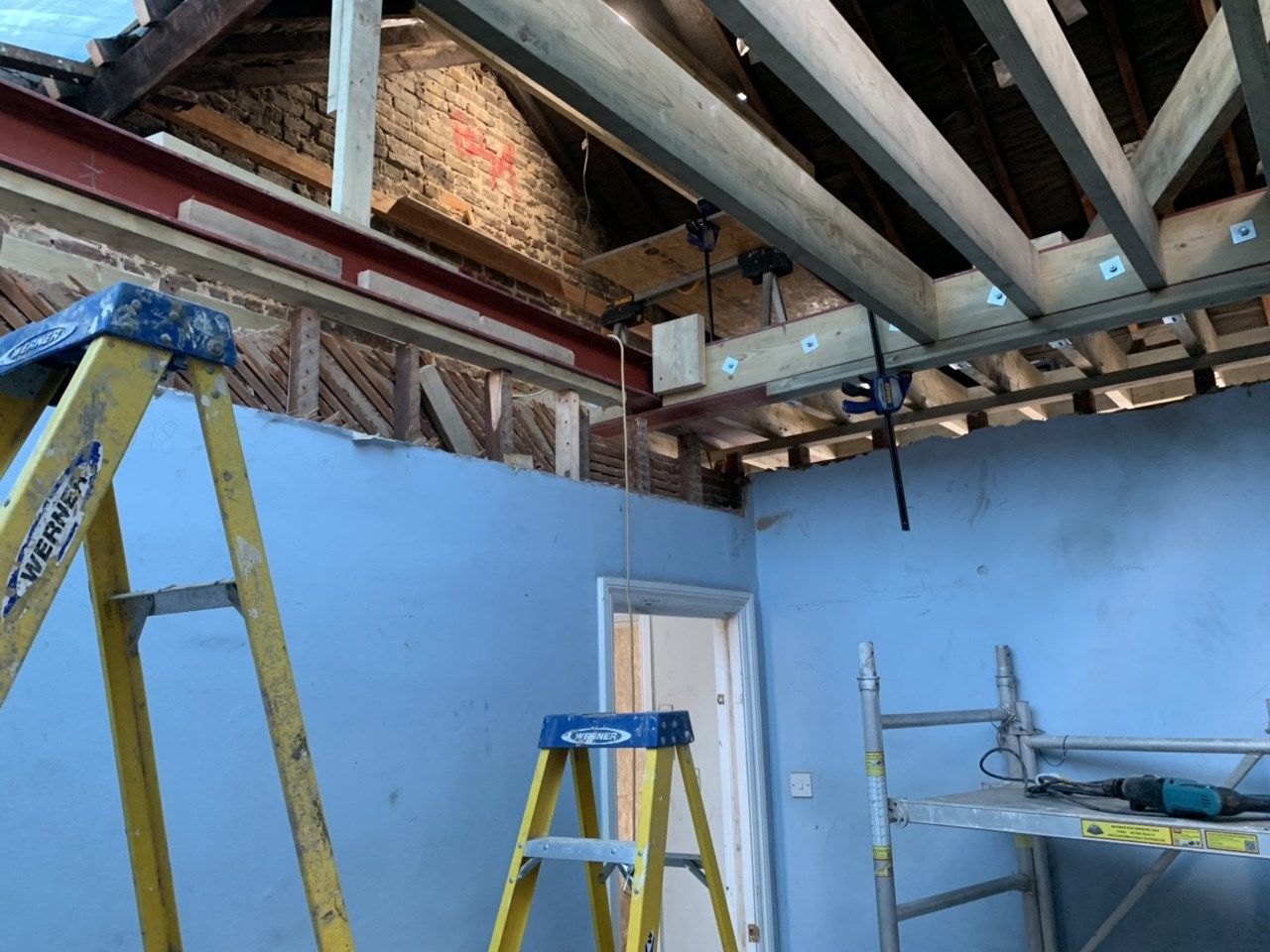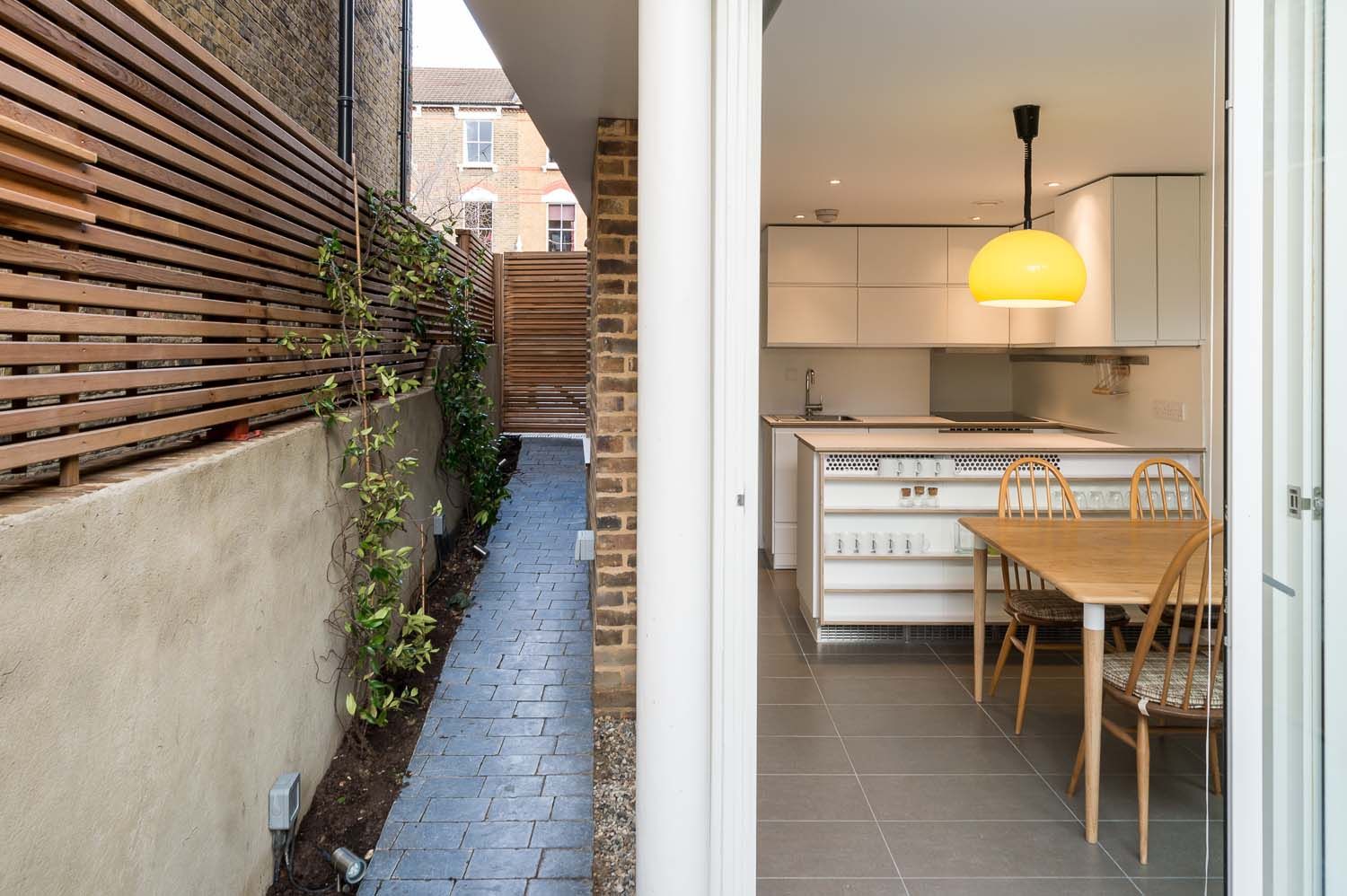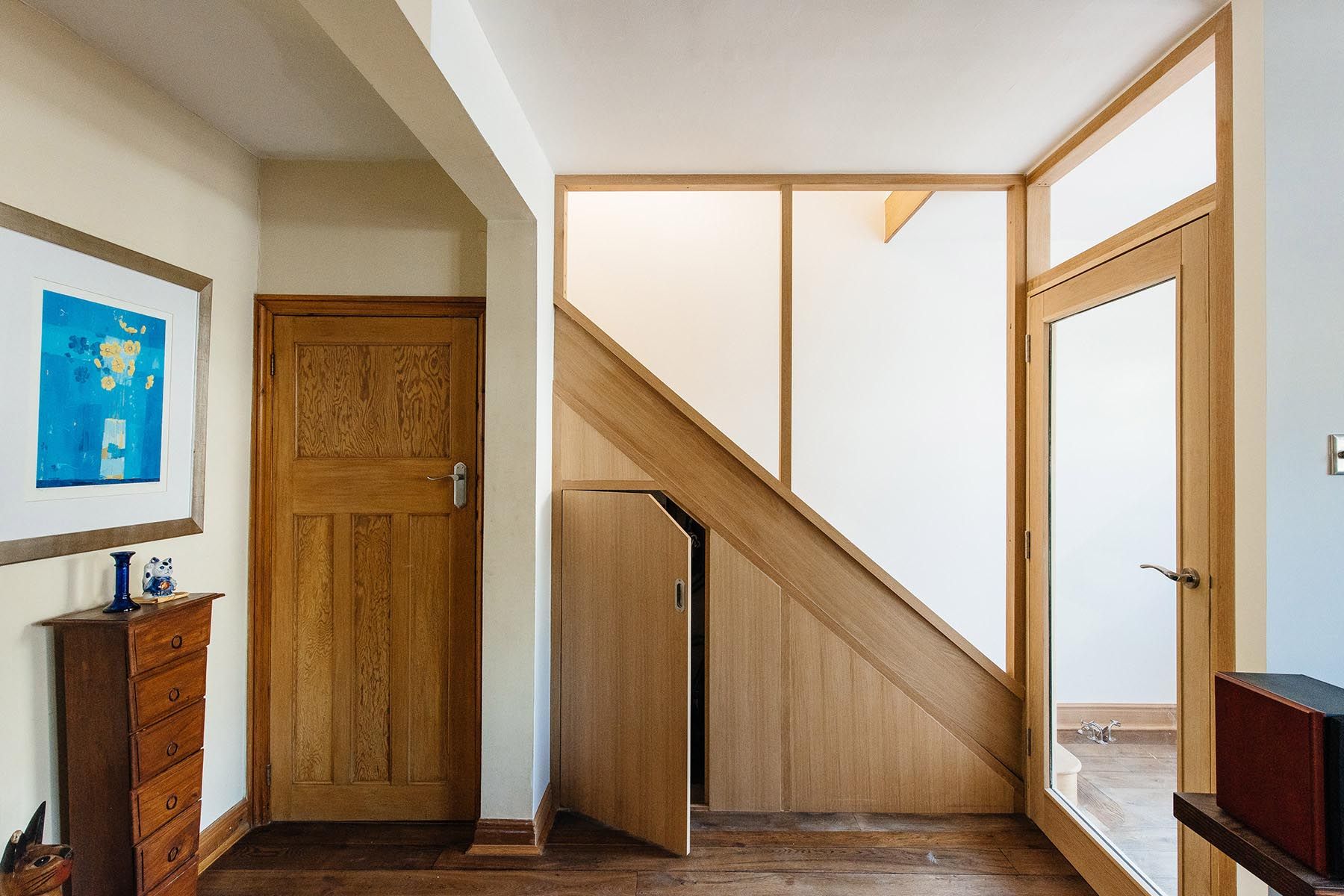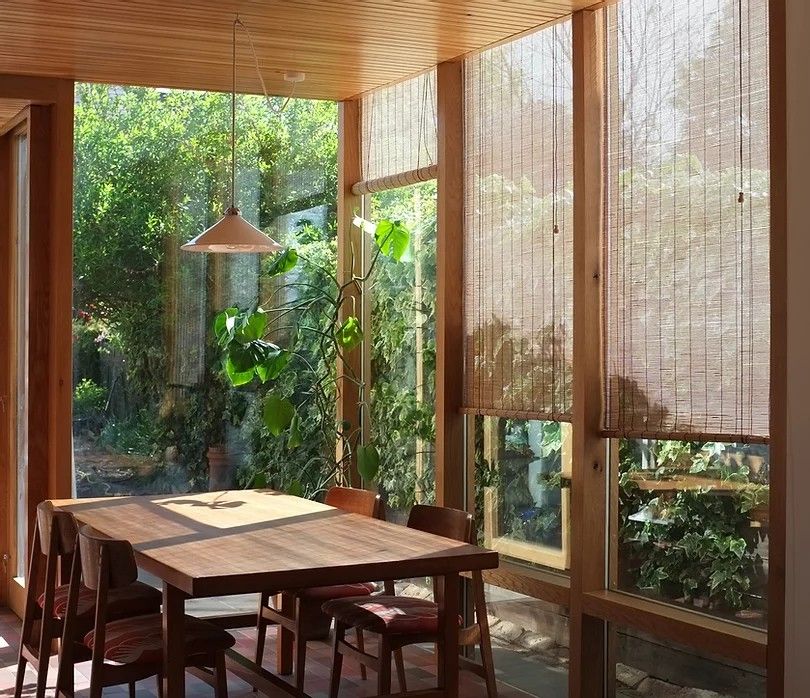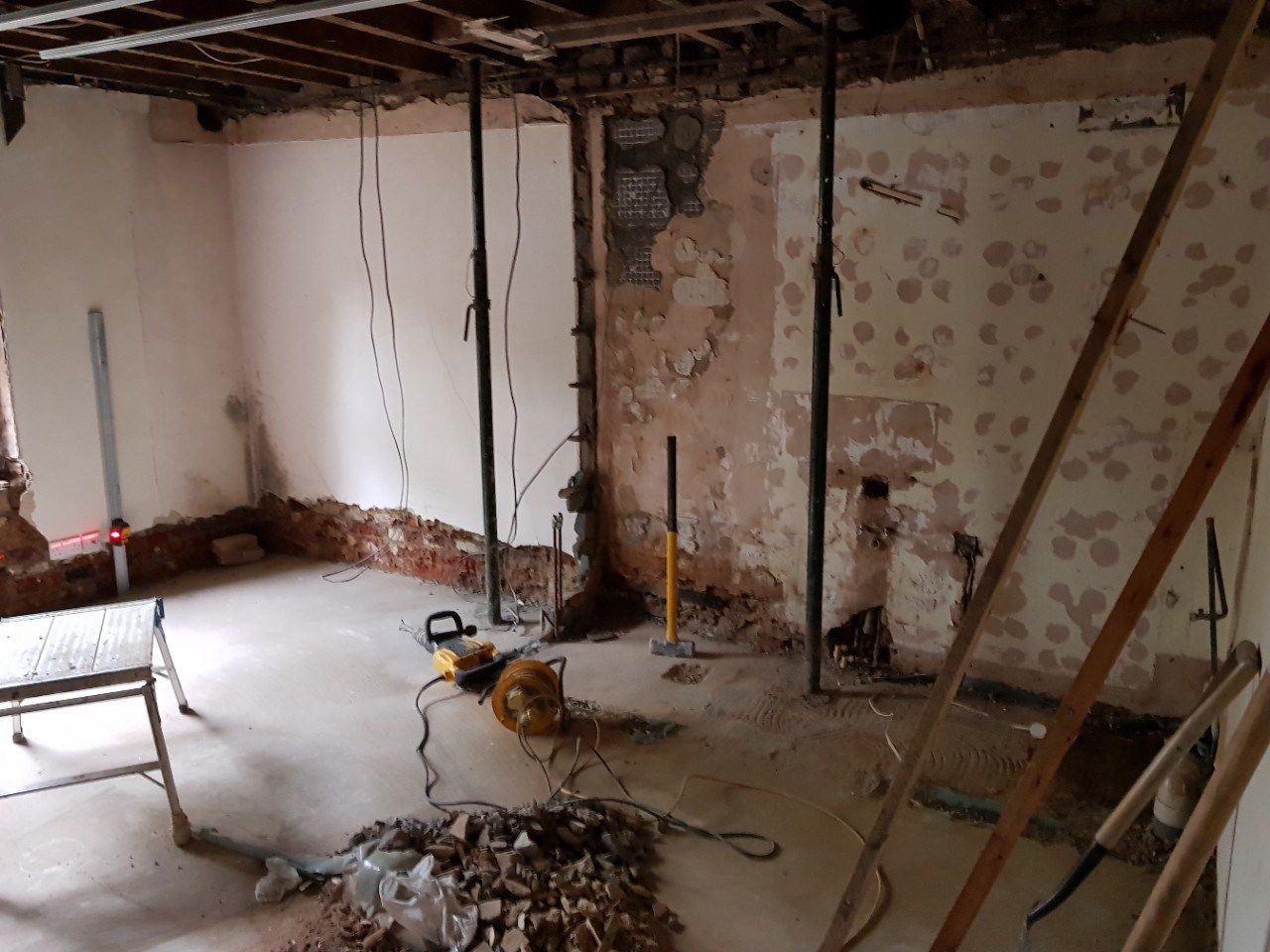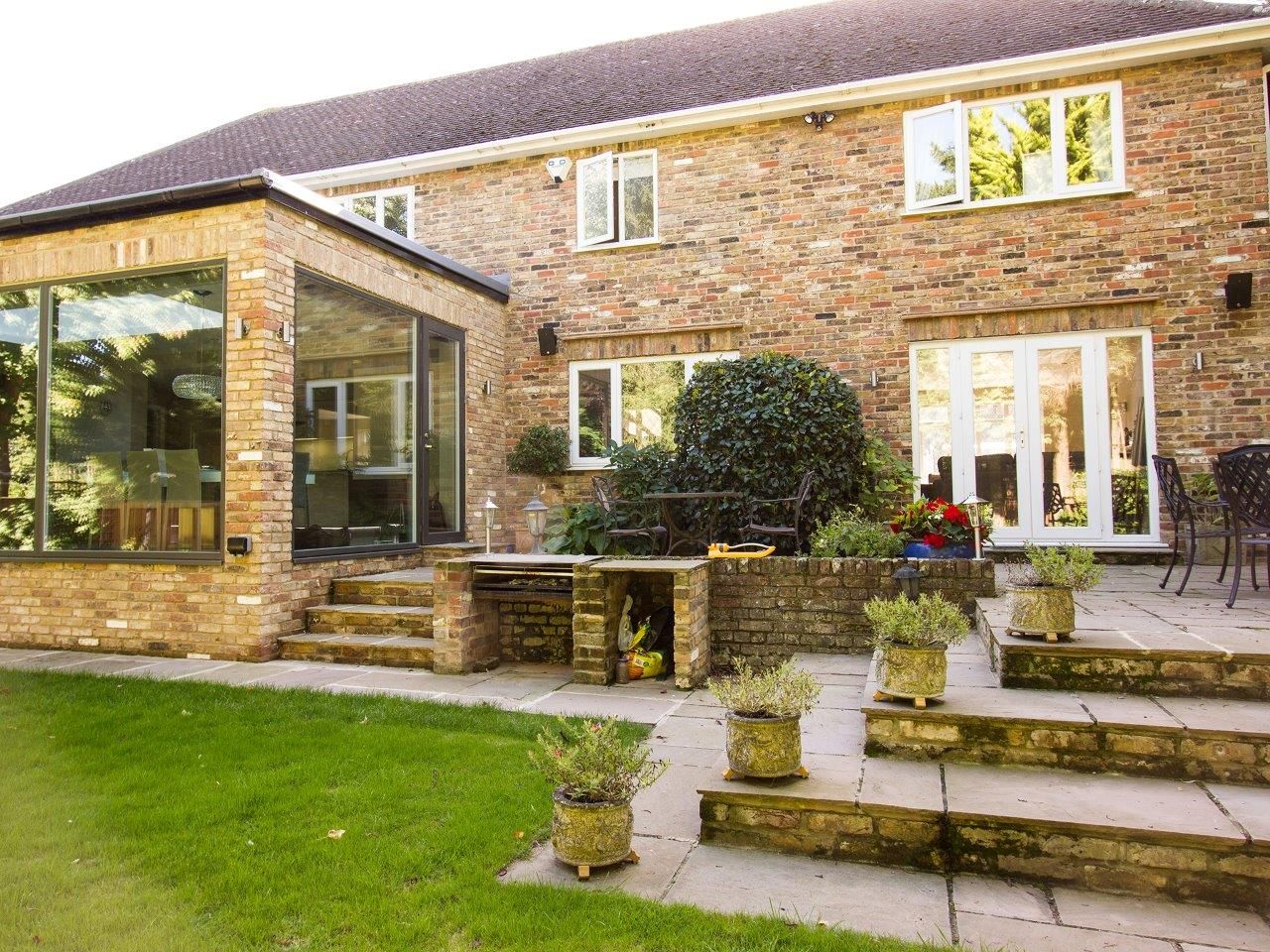Max Fordham House
Project Description
We are delighted to have completed this project in Camden Town, winner of two RIBA London 2019 awards and two Construction Excellence awards. In 2022 it was recognised by the UK Green Building Council as the UK’s first Net Zero Carbon building. It is a new-build Passivhaus on an urban infill site, previously the client’s garden.
Designed by bere:architects who were given a free hand by the client Max Fordham, it features a number of bespoke elements conceived by Max such as internal shutters constructed from insulation board to be controlled by the smart-home system. No additional heating systems have been installed.
Max decided to avoid unneccessary cosmetic features that would detract from the main focus of the project, which is to demonstrate a technical concept that could have widespread benefits for retrofit and low-cost housing sectors.
- Built on a very tight infill site on Europe’s longest mews, a one way road in a conservation area with English Heritage listed cobbles.
- Materials deliveries were extremely difficult as a rigid truck was not able to reverse into the mews. It was not possible for an artic lorry to stop near the site. All transport was divided into smaller lots and we hired a mini telehandler to safely move materials. Parking bays were suspended on a nearby road on specific days to safely unload materials.
- Our skip was located 70m from the site, waste was moved there from site by hand and telehandler.
- Reinforced concrete slab, blockwork and I-joist timber frame were all used in construction. Integrated timber frame and reinforced concrete.
- Uses a variety of insulation materials including EPS, Rockwool, Wood fibre
- Heated by internal heat gains only. No radiators or underfloor heating.
- Fitted with bespoke internal pocket insulated shutters on all windows, designed and manufactured by Bow Tie Construction. These were the client’s vision. Opening and closing controlled by the BMS. Hugely improves the U-value of window openings at night.
- Biodynamic Solar Green Roof, Green Terrace and Balcony all act as slow-release reservoirs.
- We had a clear specification on M&E however it was within contractor design. Bow Tie Construction designed all automation and electrics in the house.
- Final airtightness result of 0.38 ACH (Passivhaus certification limit of 0.6):
The building – with its thermally massive structure, effective window opening areas, glossy white external finishes to window shutters and effective night-time ventilation – is also designed to stay comfortable in extremely hot weather. Its peak measured internal temperature was 28°C on 25 July 2019, when London reached 38°C during the record-breaking heatwave.
Building a new house on a small infill site along a narrow, cobbled mews brought spatial and planning constraints, however. Planted terraces were necessary to reduce overlooking to neighbours, but this meant a bigger thermal envelope and smaller roof area for the PV – ultimately thwarting the zero-heating aspiration.
After one year of occupation, the energy supply and demand were: space heating 2,253kWh; domestic hot water 1,836kWh; small power and lighting 2,217kWh; and PV generation 3,641kWh
The space heating demand is much higher than the project’s ambitions, partly because of the initial warm-up of the thermally massive house, which was completed in winter. Space heating is provided by a single 2kW electric heating coil in a common supply duct, controlled on return air temperature.
The judges noted the building’s maximisation of daylight and warm lighting. Occupied spaces are largely orientated south-east, which gives morning and midday direct sun, and a more characterful spectrum of light than diffuse daylight only. Artificial lights are generally off during the day.
Inclusivity aspects, and separation for ageing occupants, also impressed the judges. Plumbing connections have been built in so the upper part of the building could become a second dwelling should the ground floor become a self-contained flat without stairs. The flooring throughout is cork, which helps with acoustic character and offers some protection from falls.
Another plus with this project was the consideration of embodied energy, well ahead of current requirements.
Watch ‘Max Fordham House’ on ‘Grand Designs: House of The Year 2019’
“We had a lot of people stay over Christmas, some quite elderly, who were concerned about being in a big old house in Winter and being cold and we received a lot of complements on the comfort and easy warmth. There is no higher accolade than complements on your house from your mother-in-law!”
“Rafael is very familiar with the latest building technologies and is always on hand to offer suggestions and advice on the practicalities of achieving the desired end product.”
“Bow Tie are meticulous in how they do things”
“Hi all, just wanted to say, we are really impressed with your team in Bounds Green, they are doing such a brilliant job, and are a credit to your company.”
“It quickly became clear that Bow Tie want to do a good job, they want their work to be to a high standard, no problem is too small to discuss and identify solutions, they really want to get it right.”
Interested in working with us?
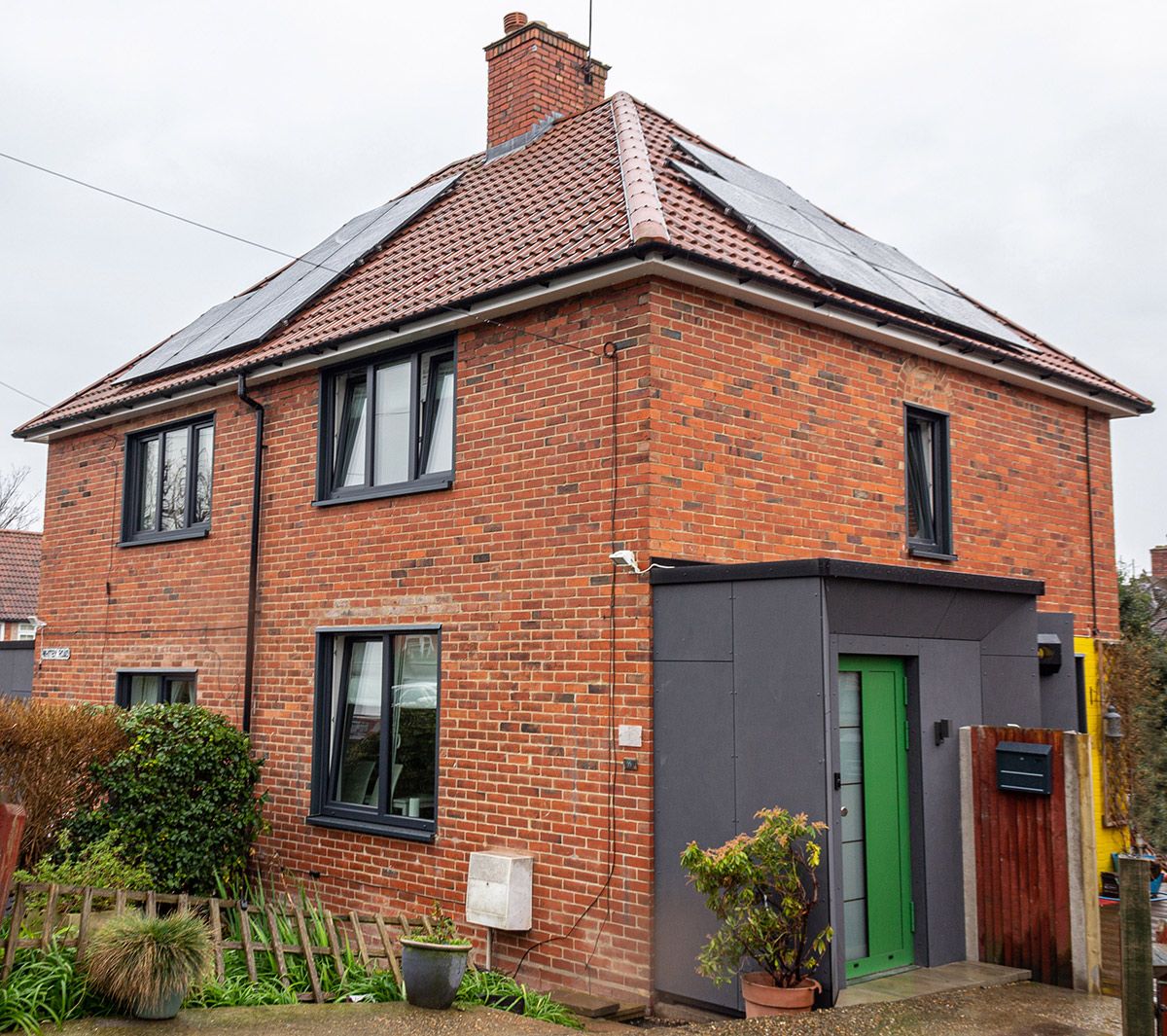
Sutton Energiesprong 6

Notting Hill Mews House Retrofit
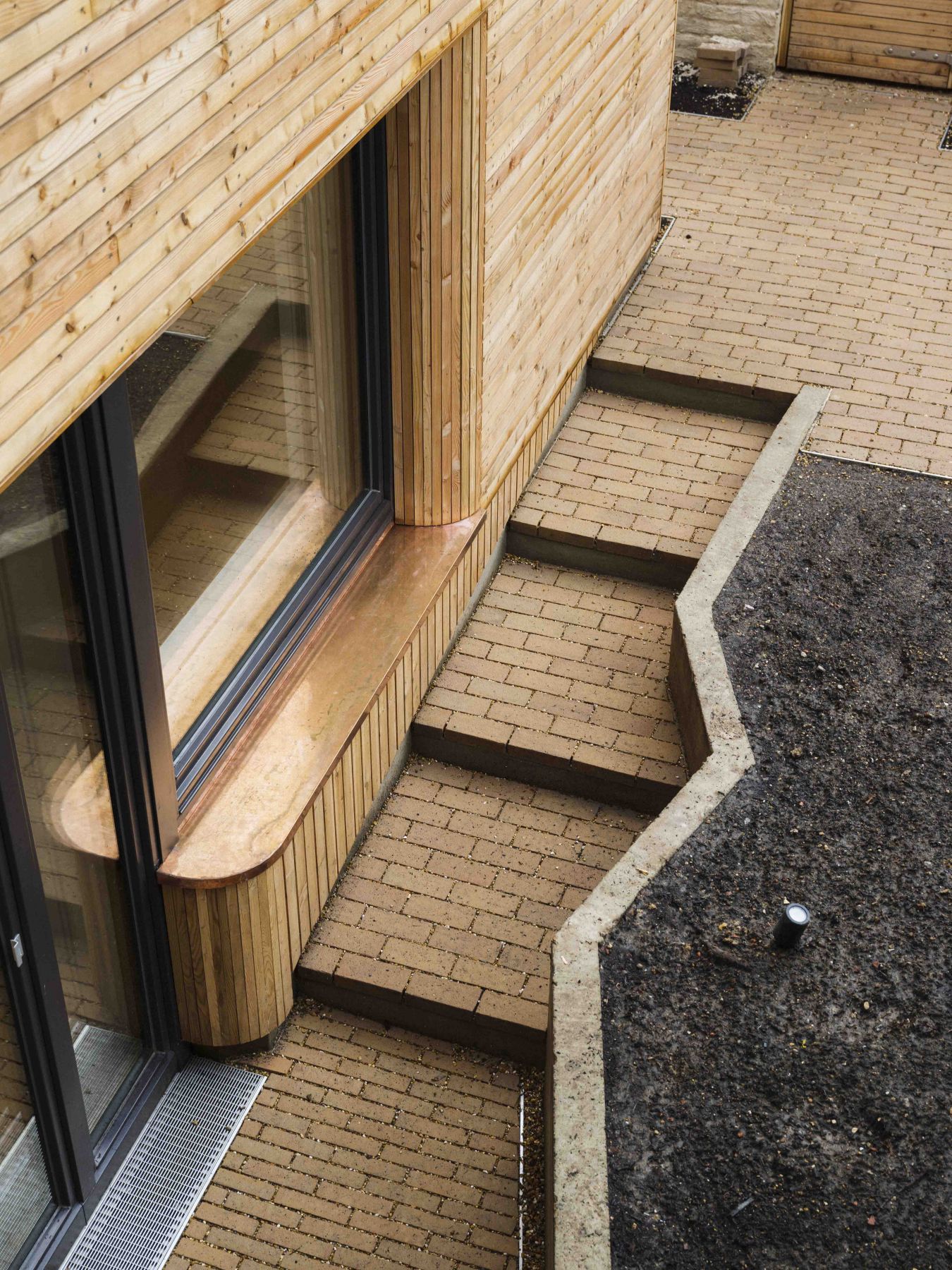
Max Fordham House
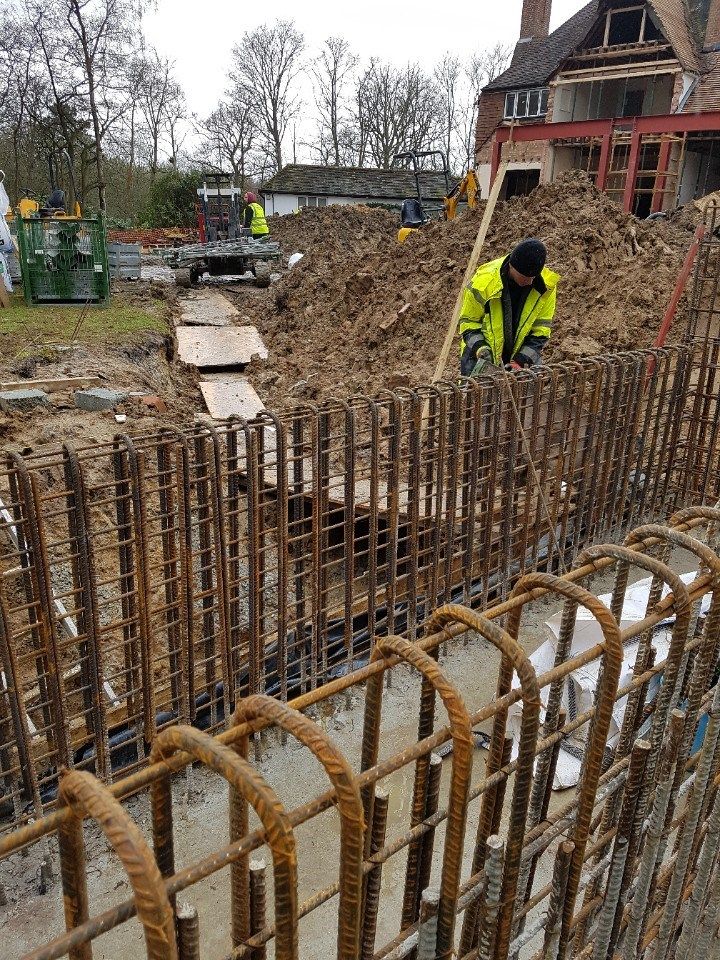
Potters Bar
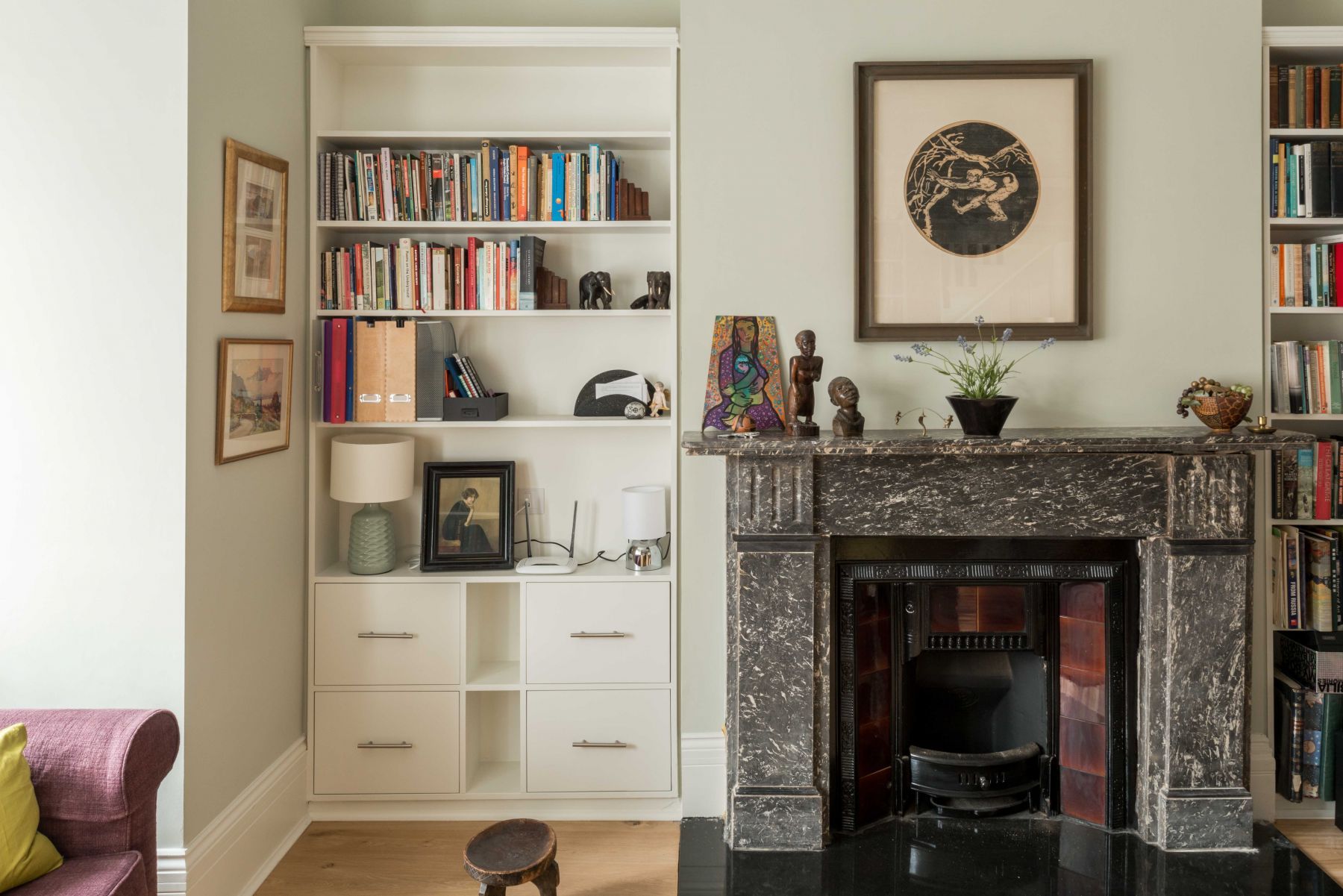
Muswell Hill EnerPHit
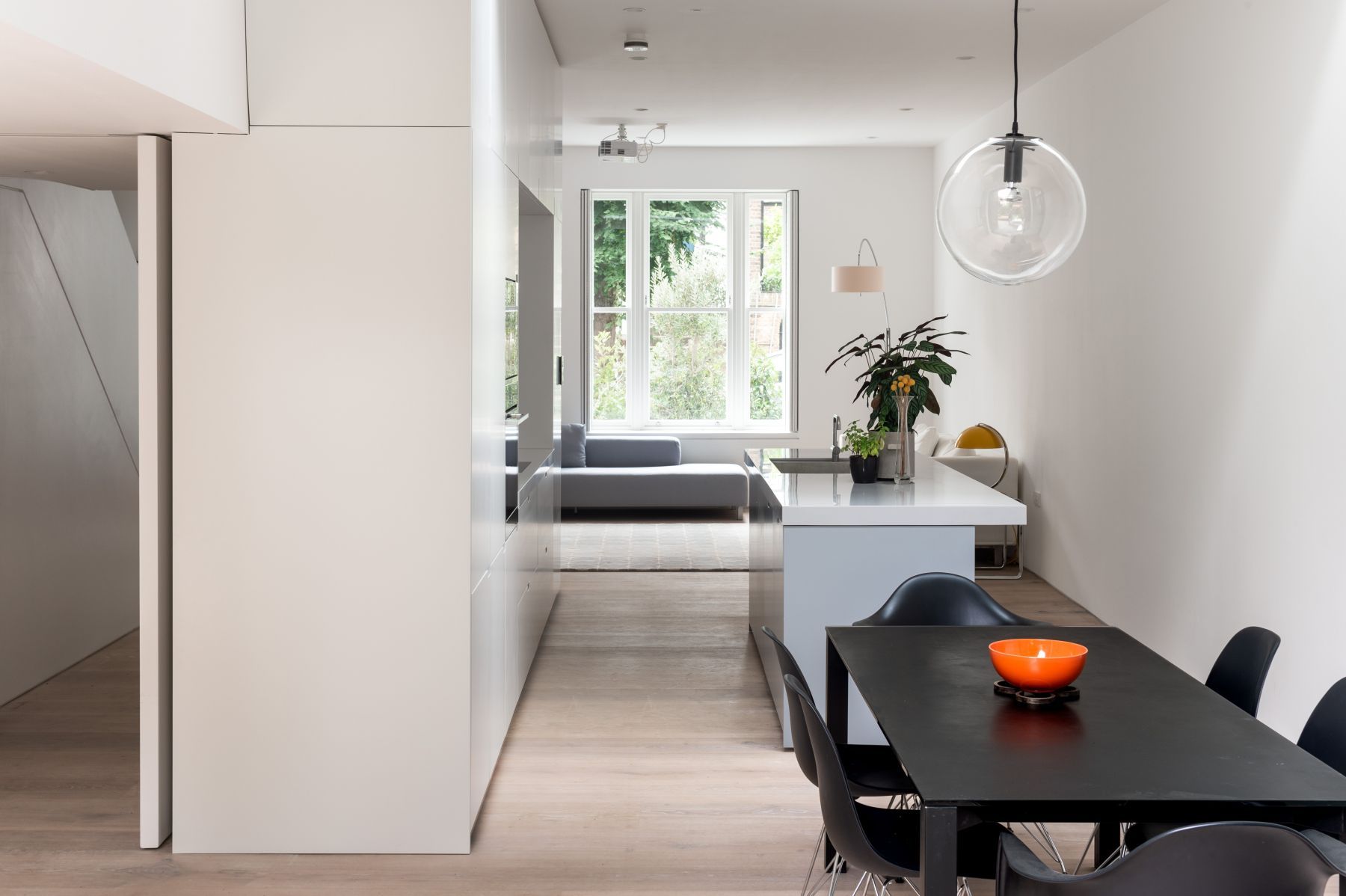
Kentish Town
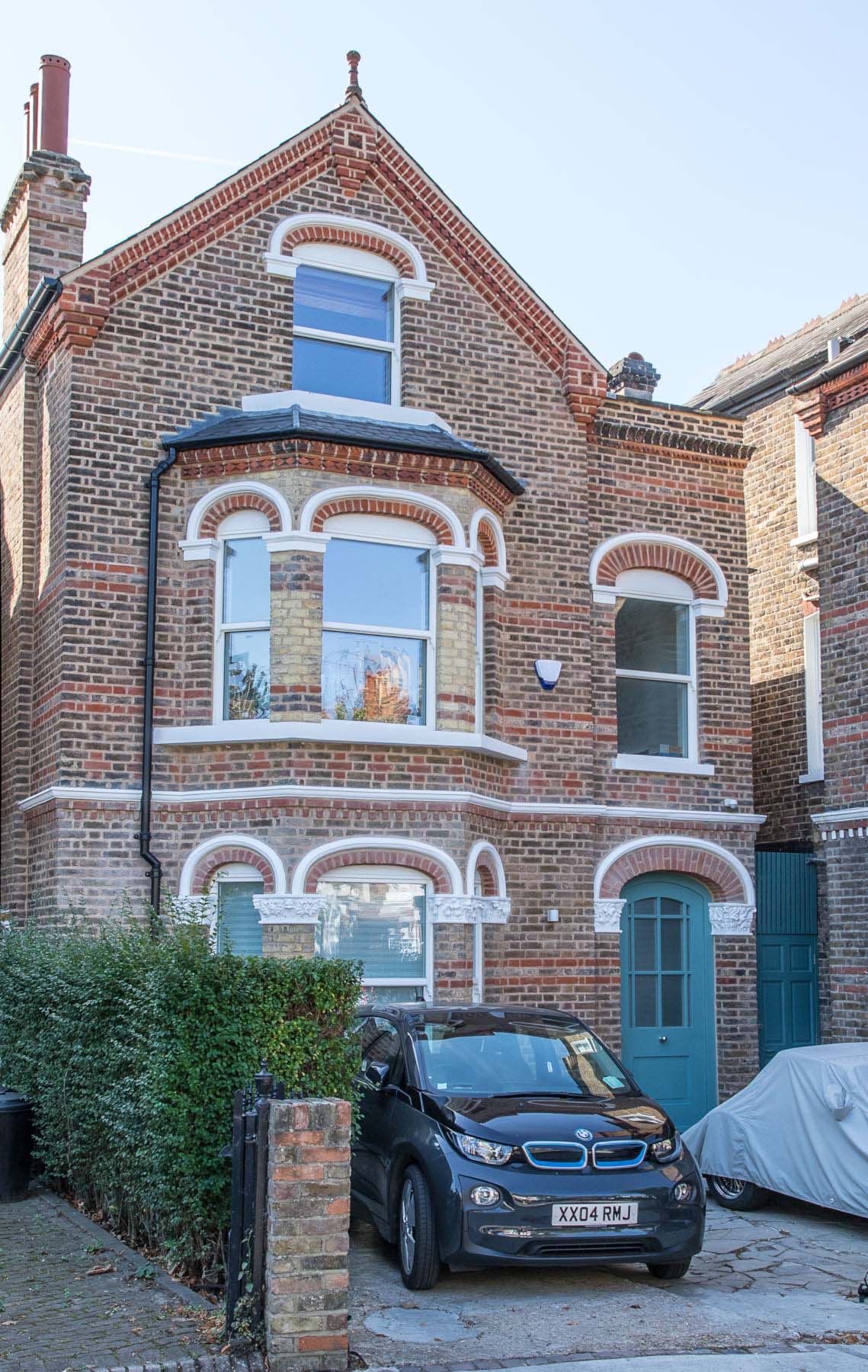
Stamford Brook
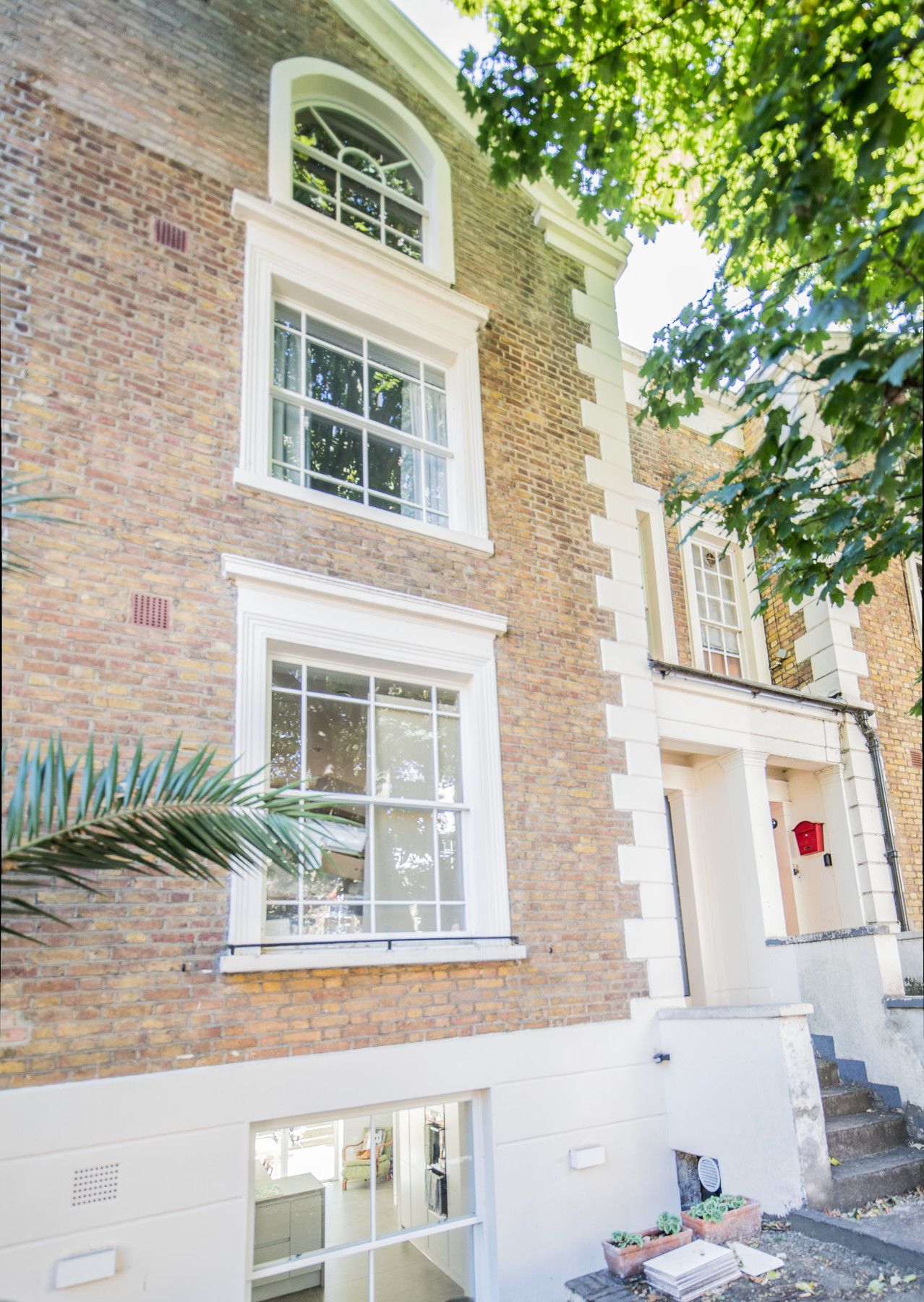
Kennington EnerPHit
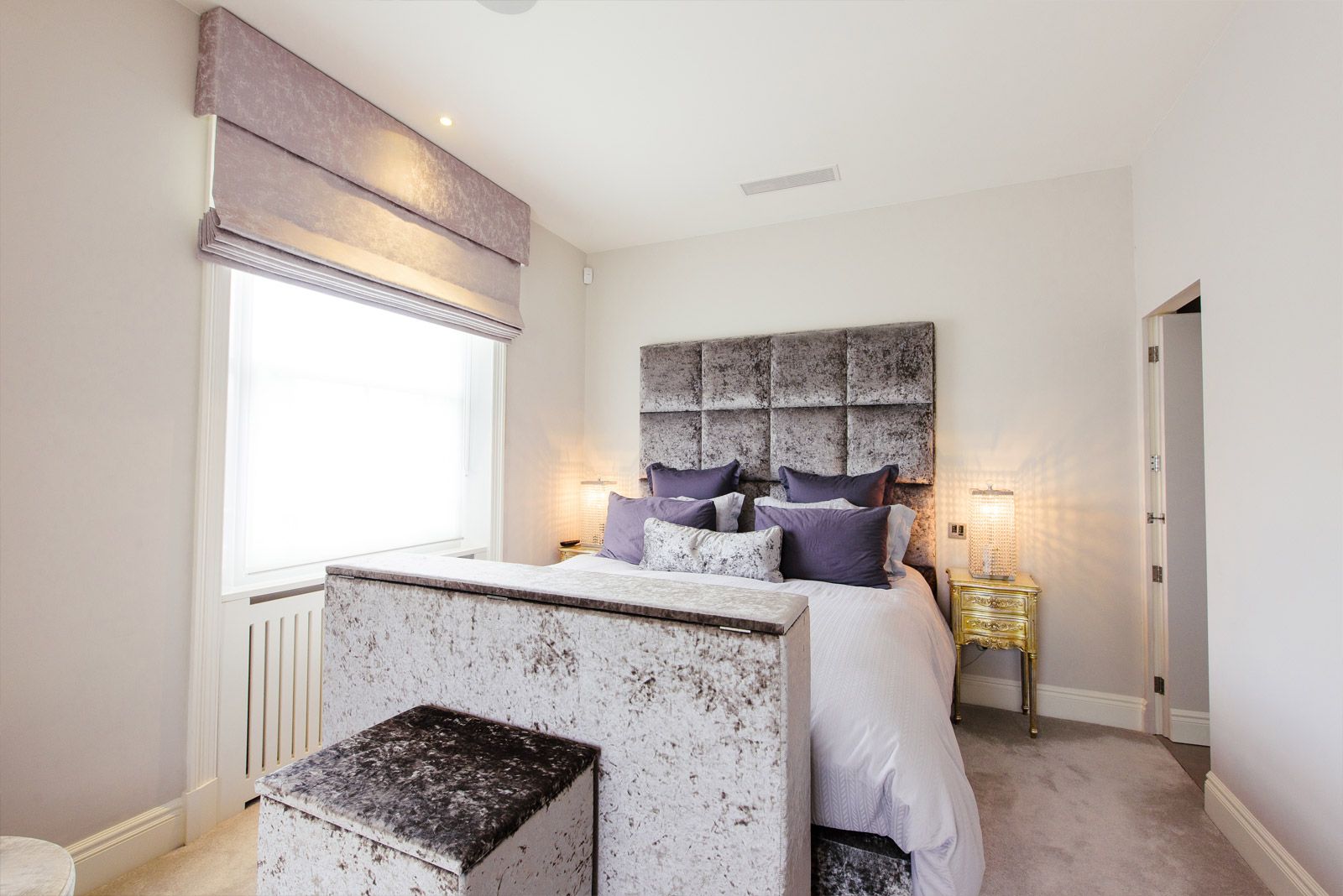
Maida Vale
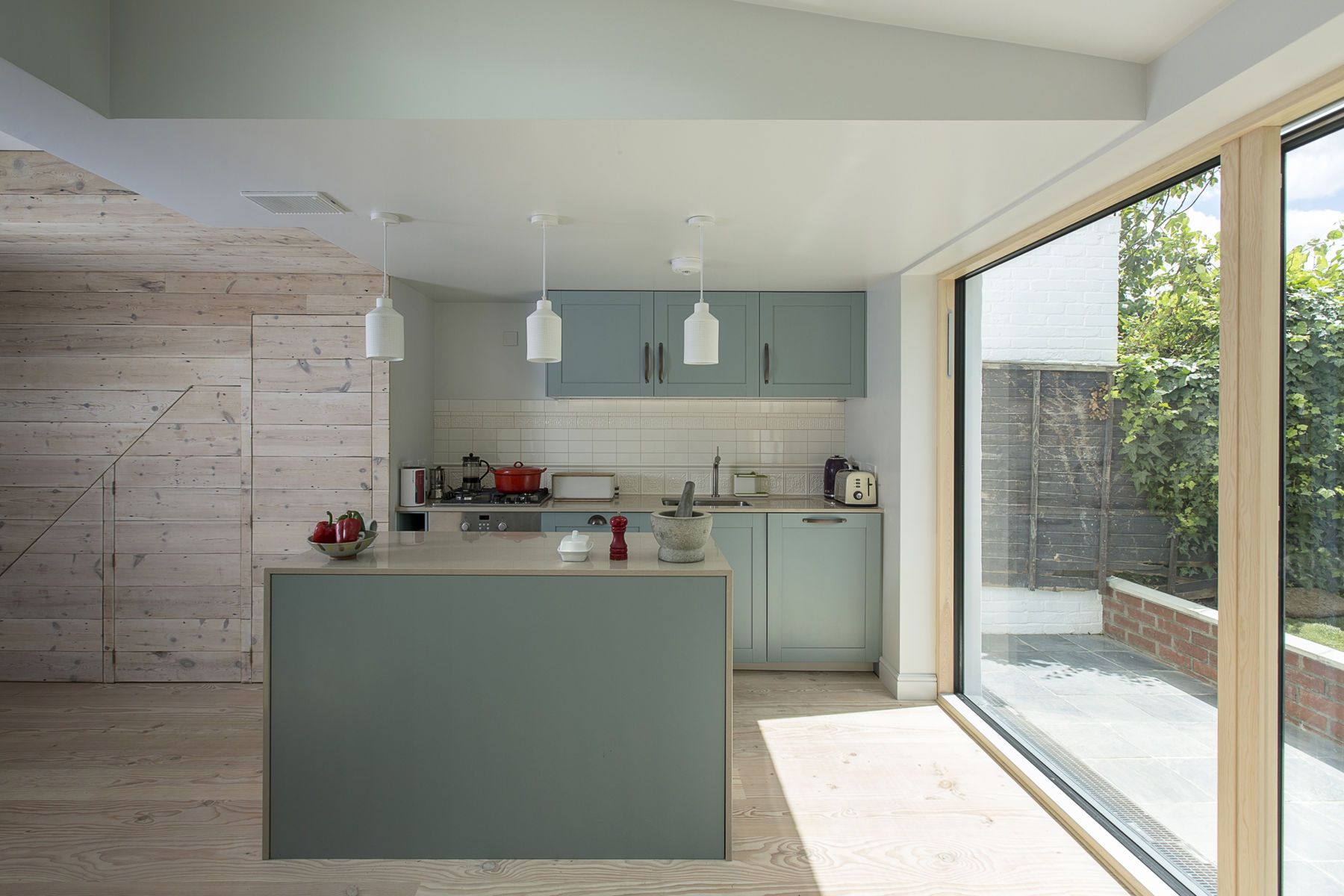
Tottenham

Angel
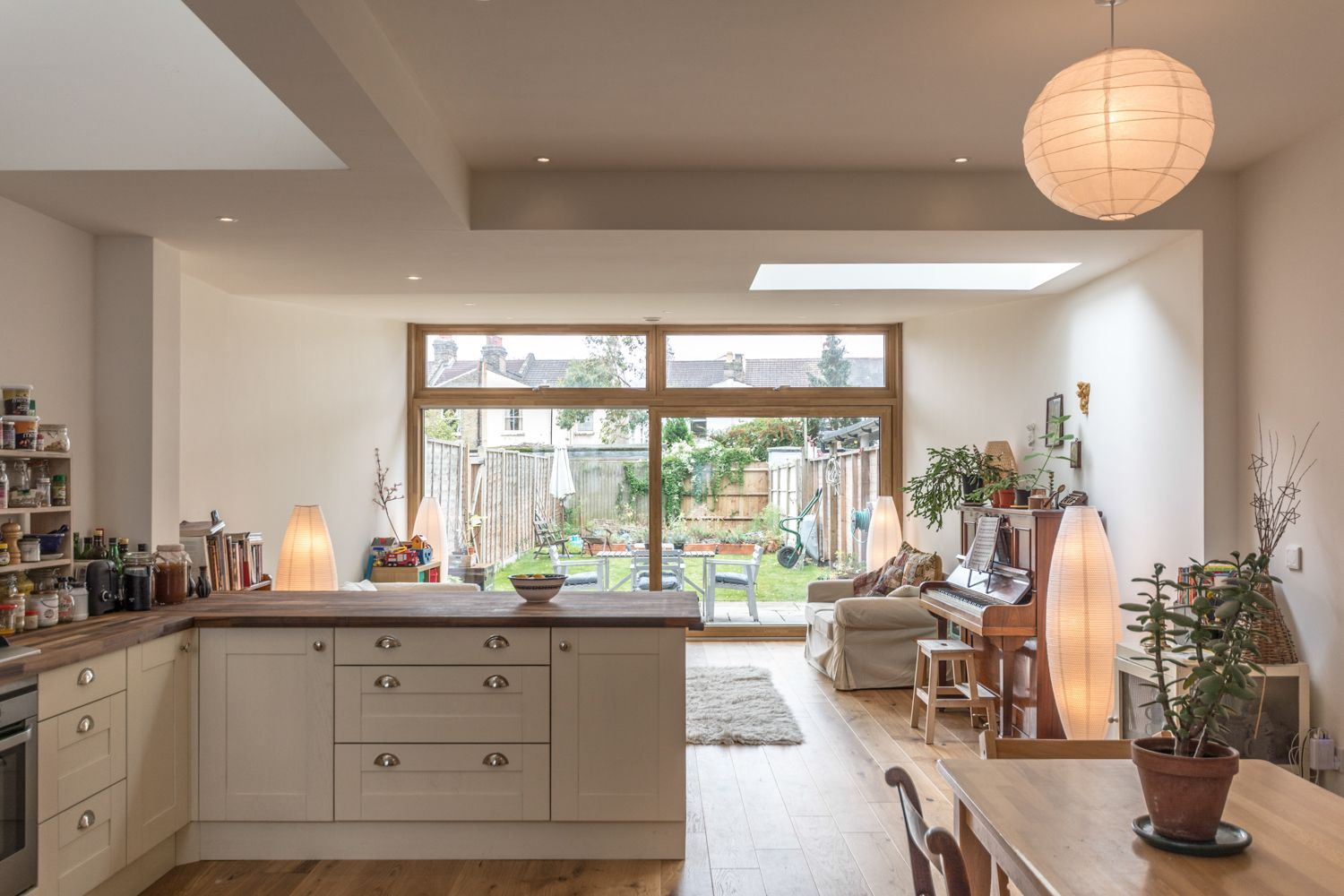
Bounds Green

Kensal Green Passive House
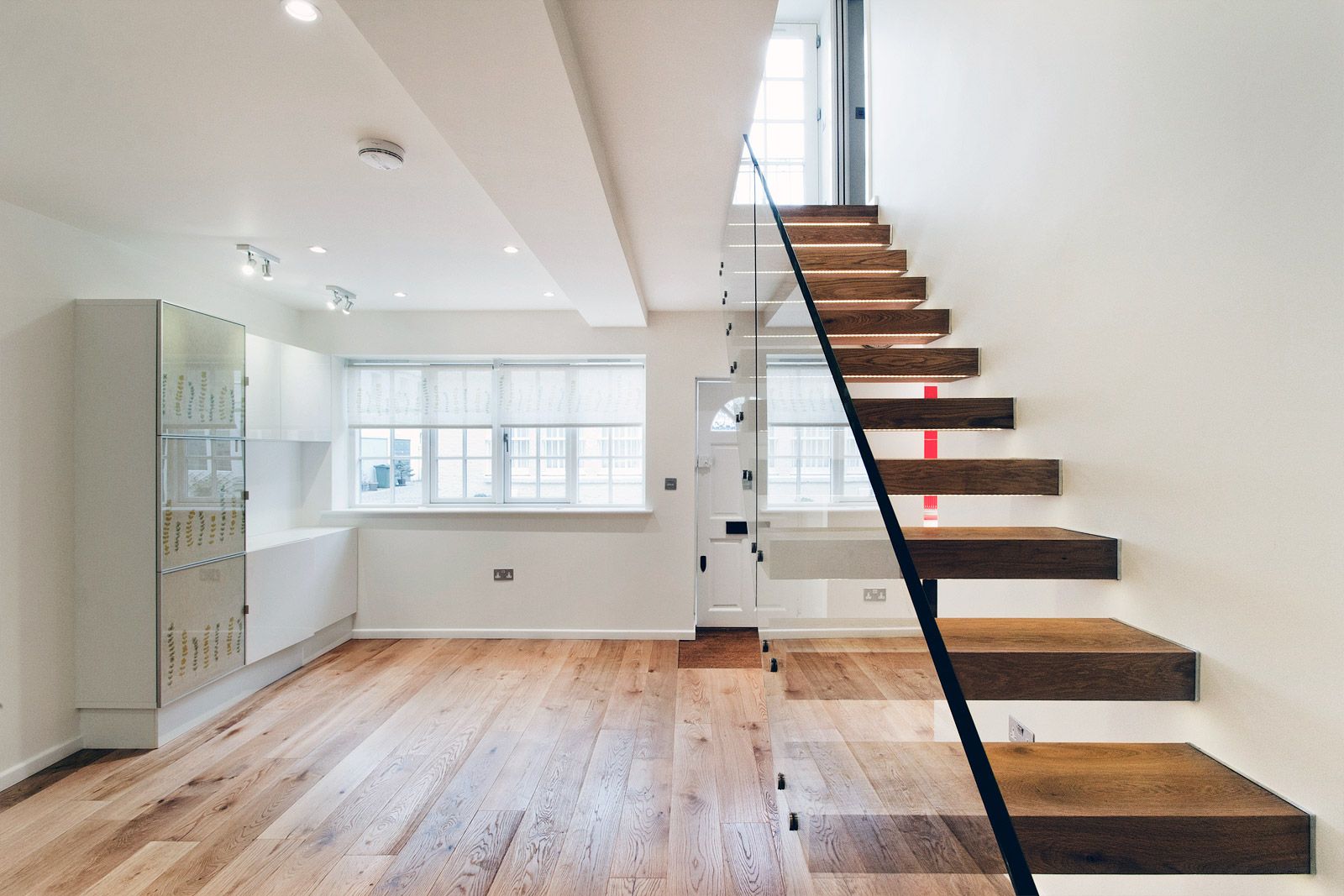
Bayswater
